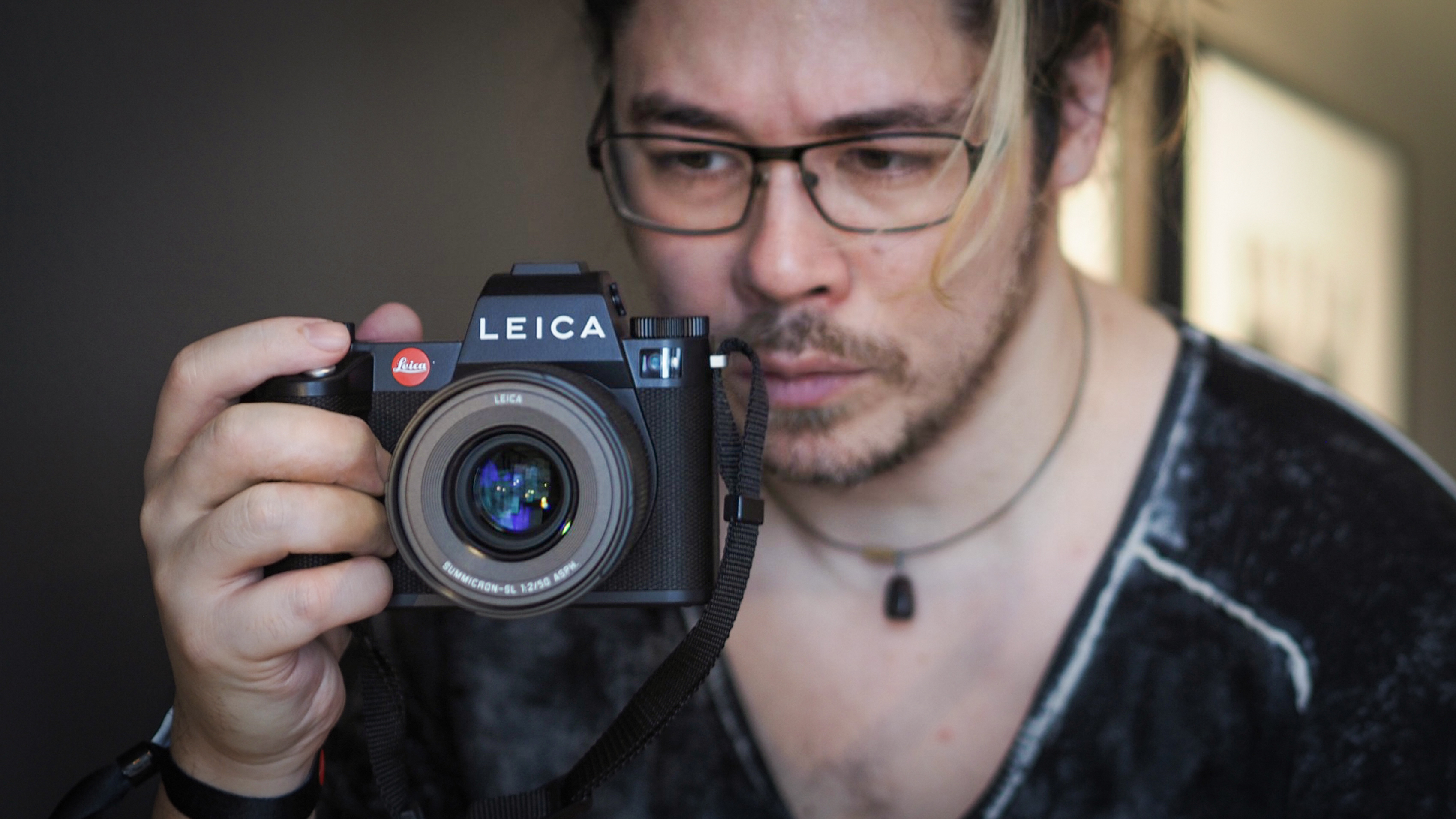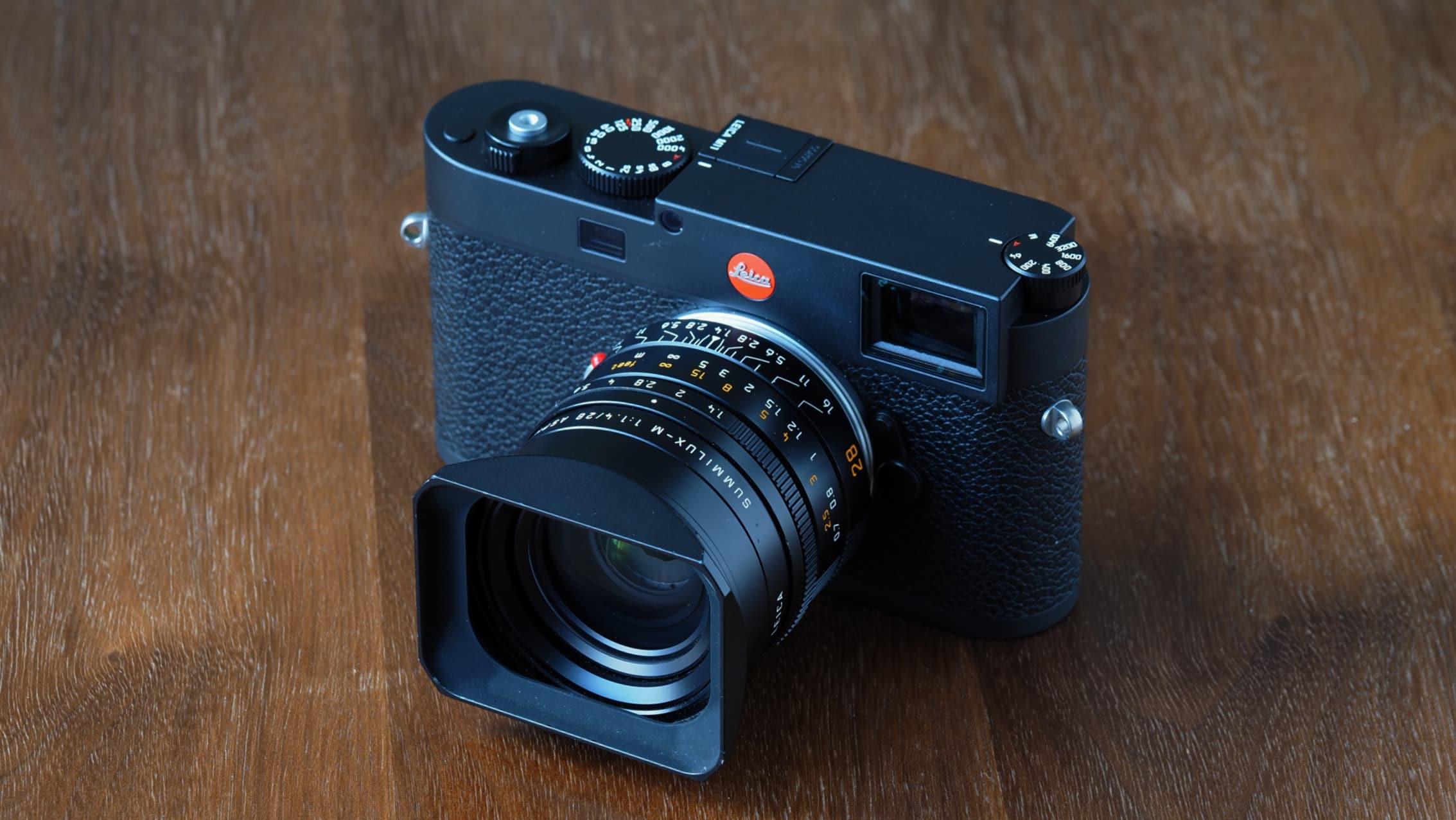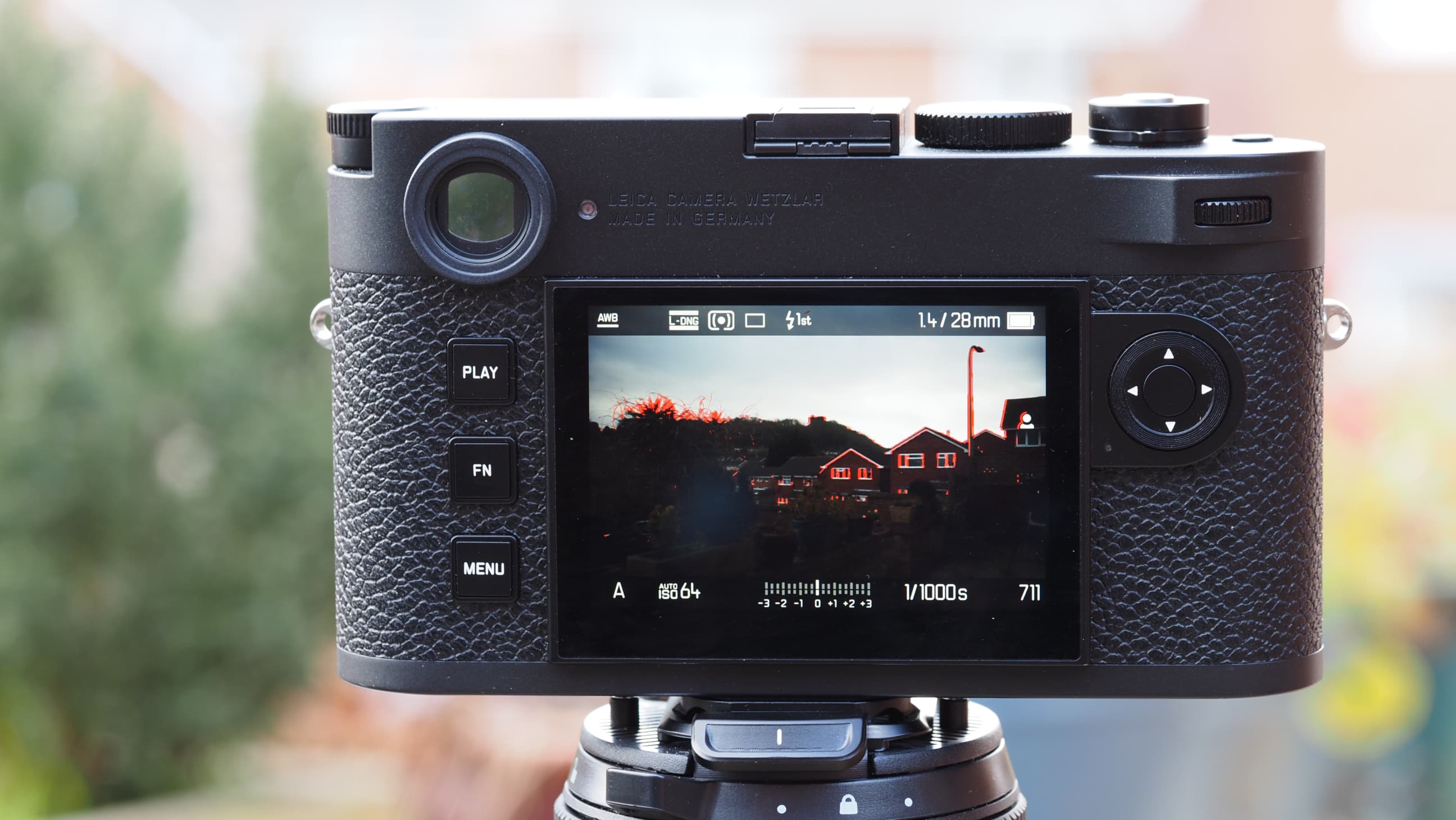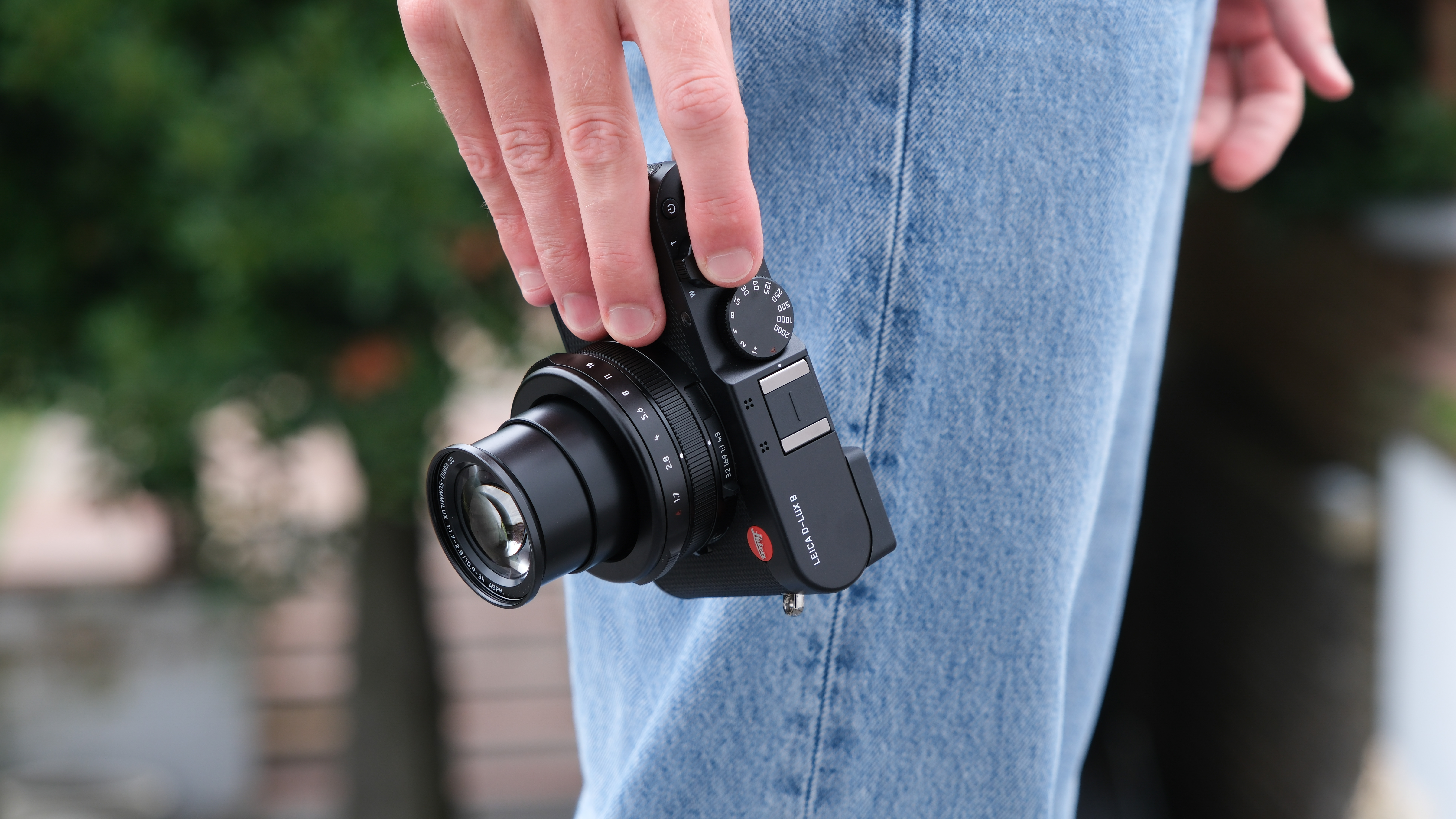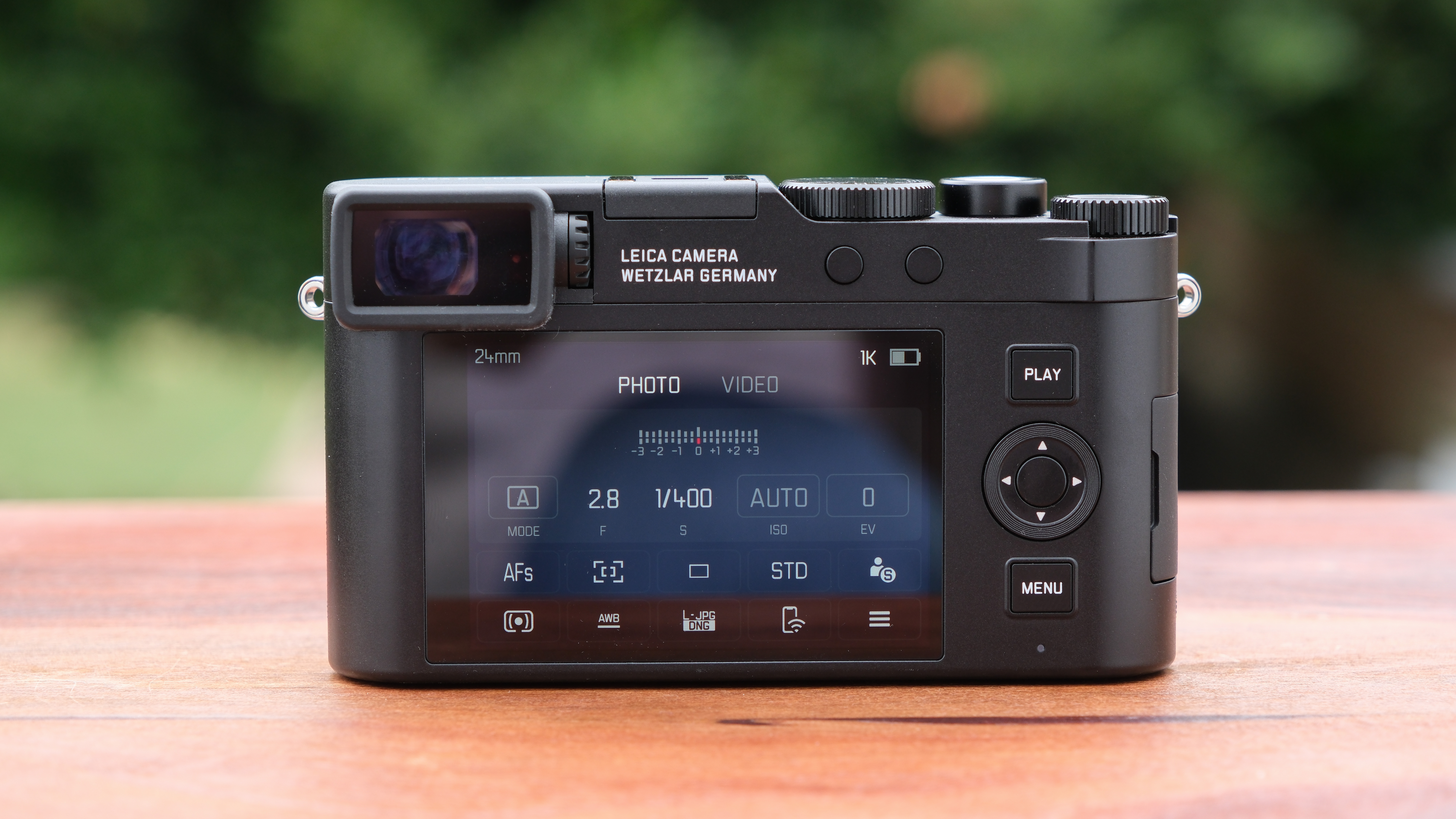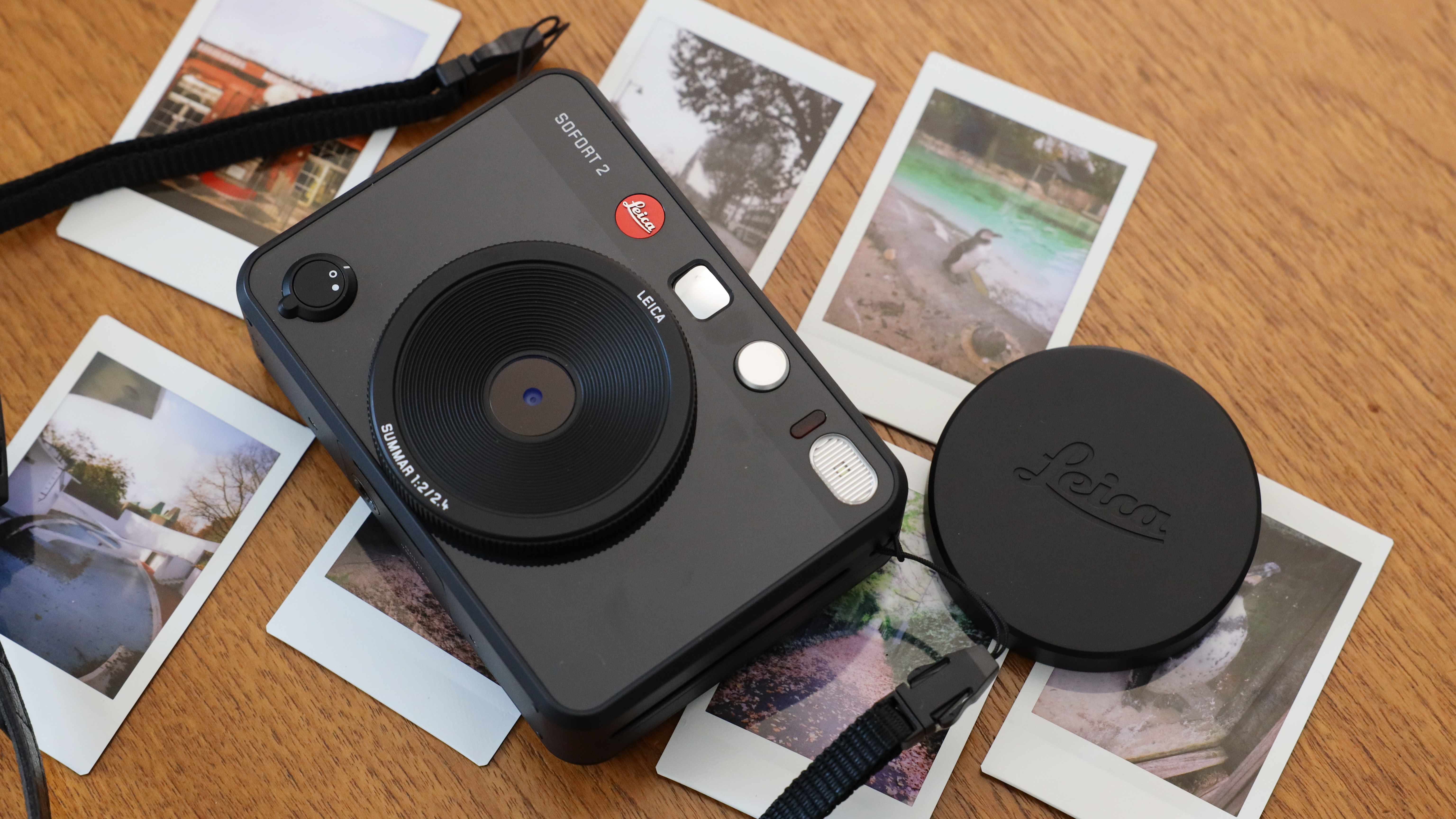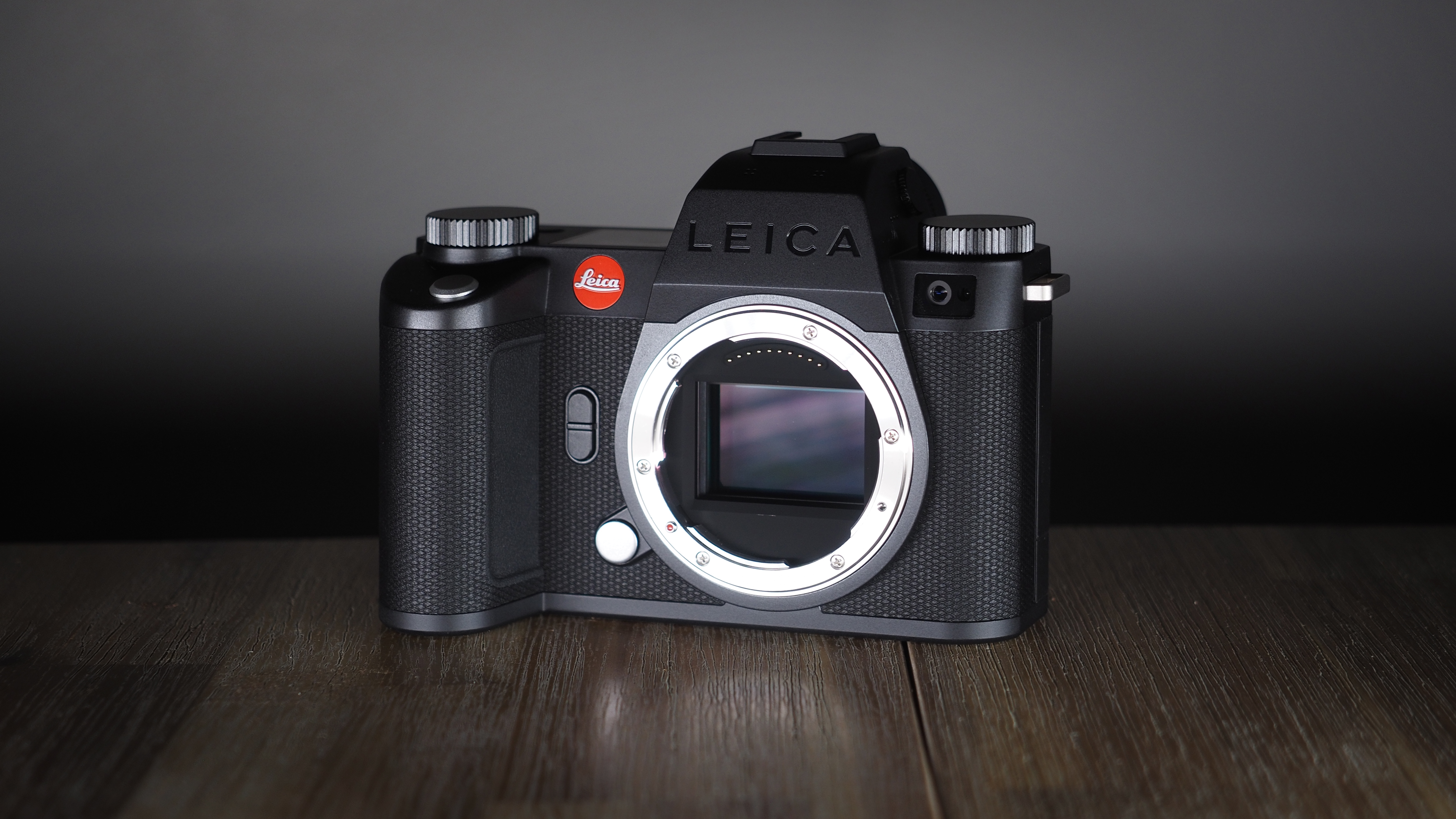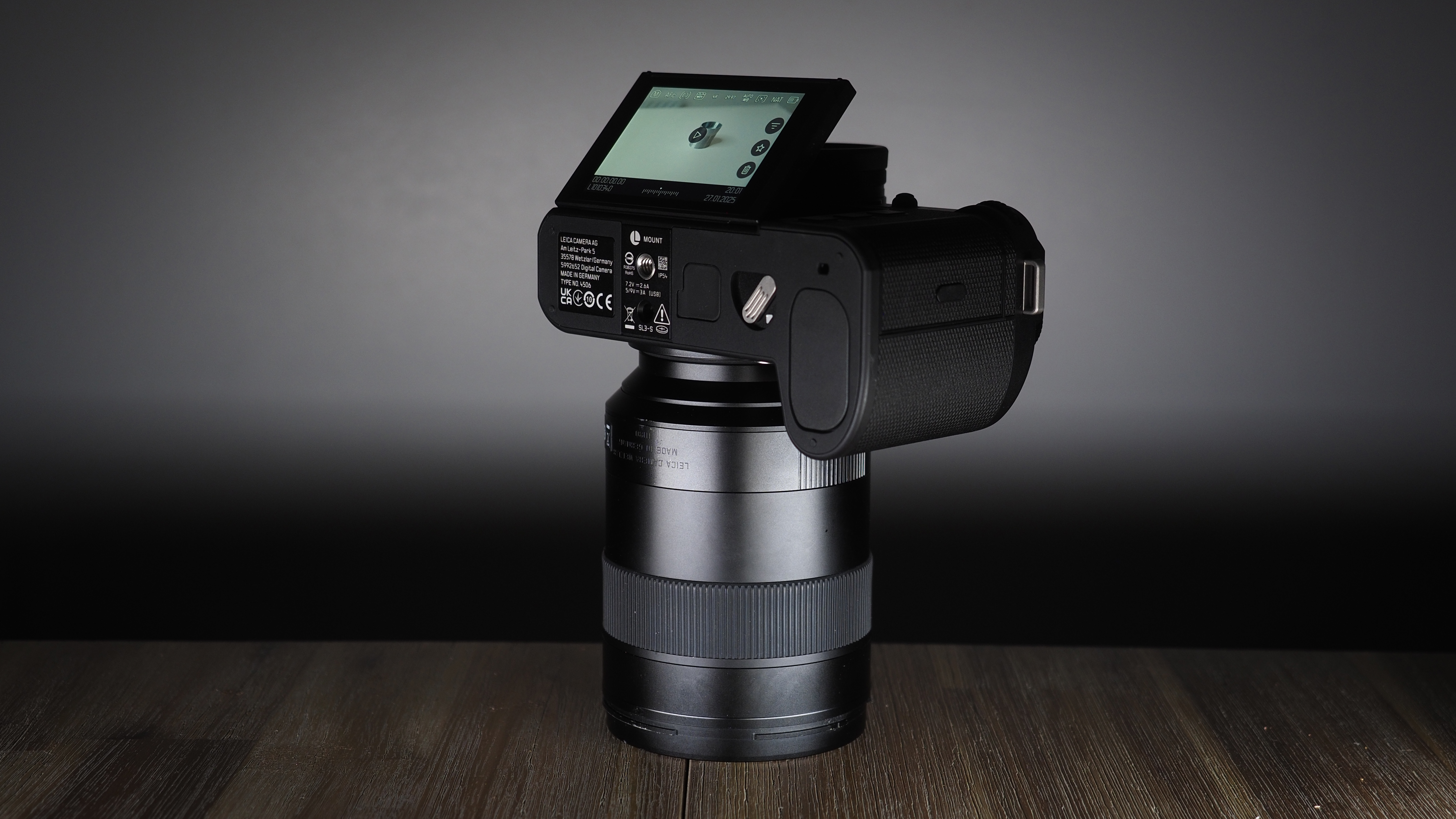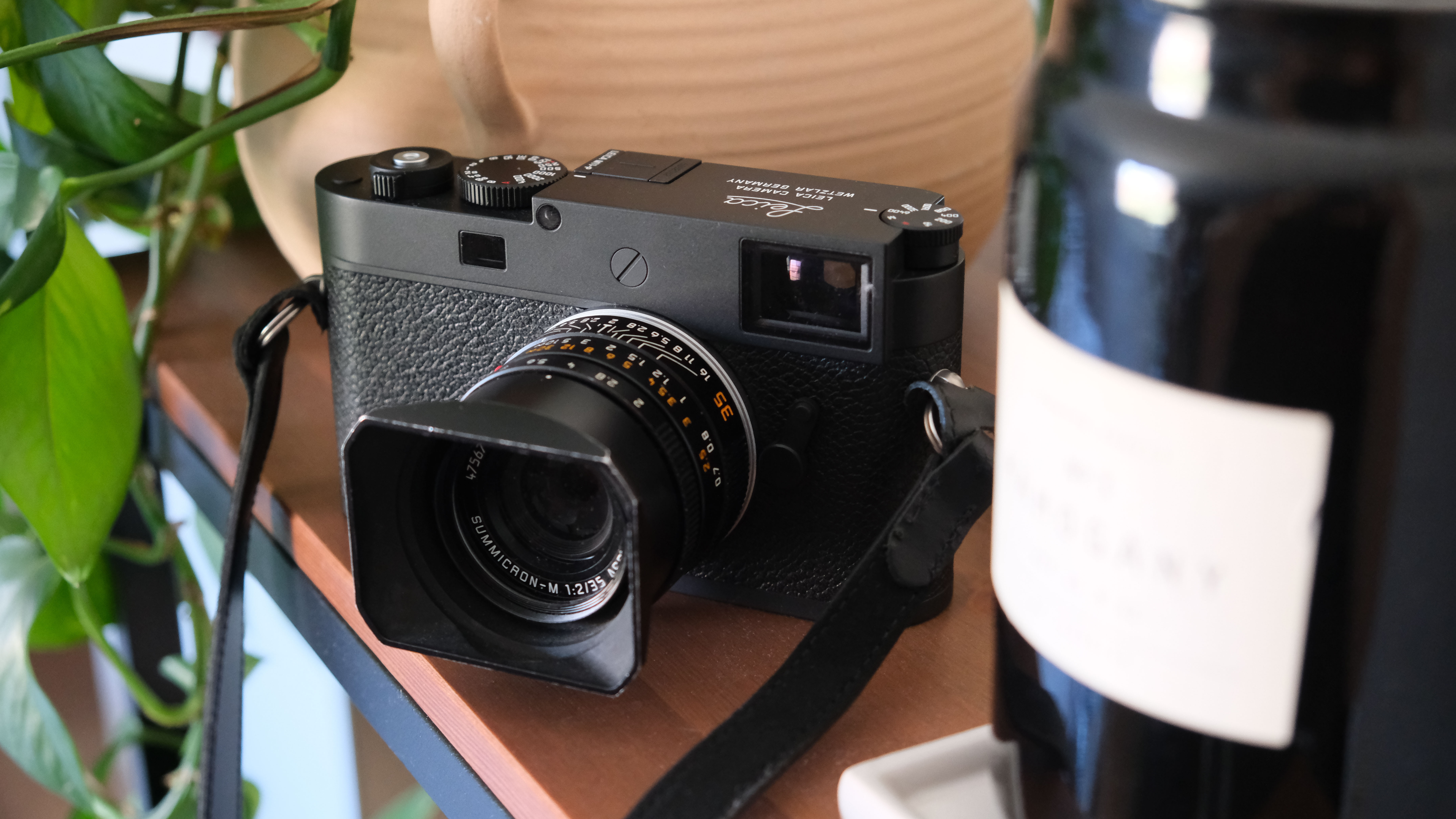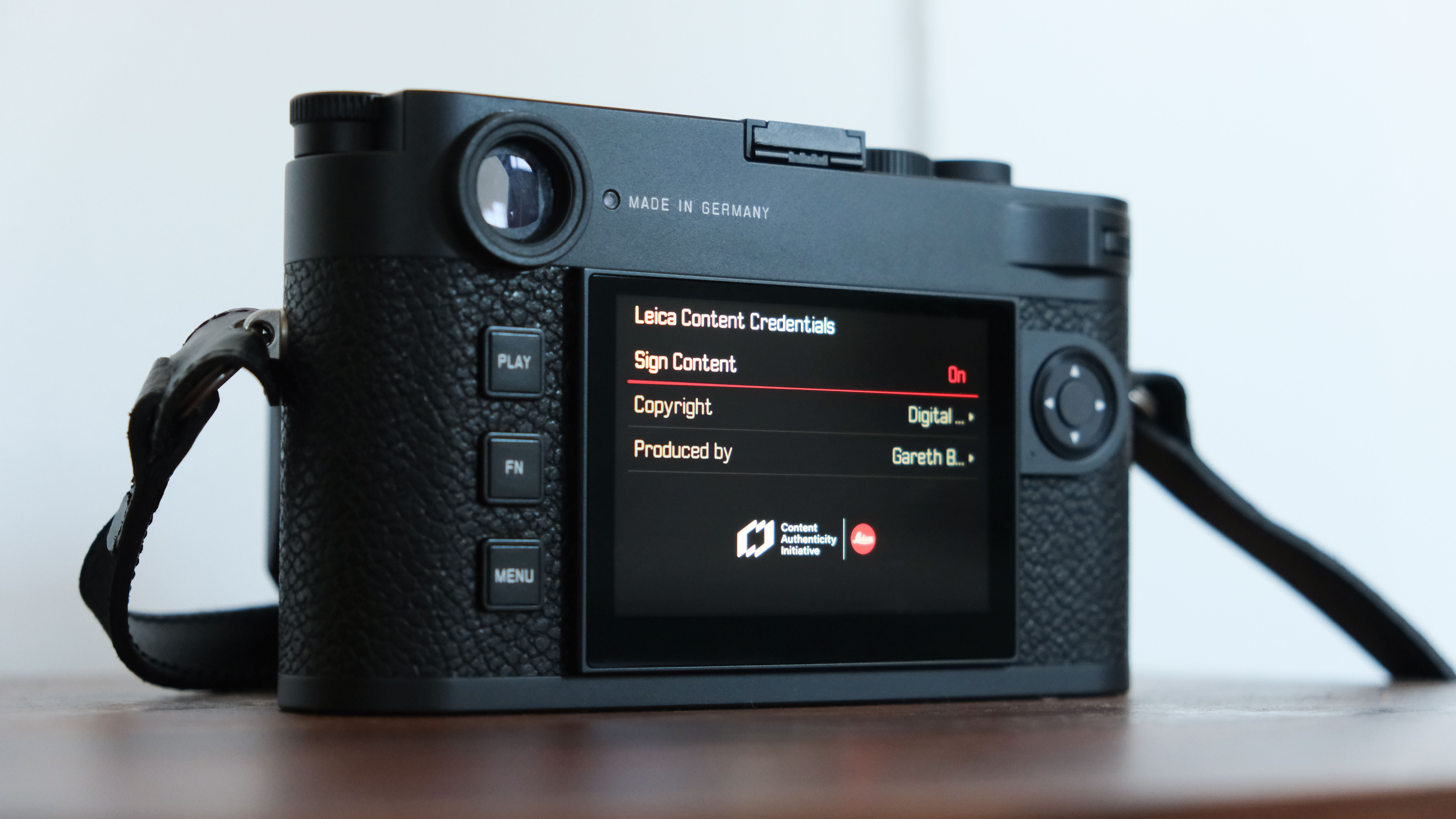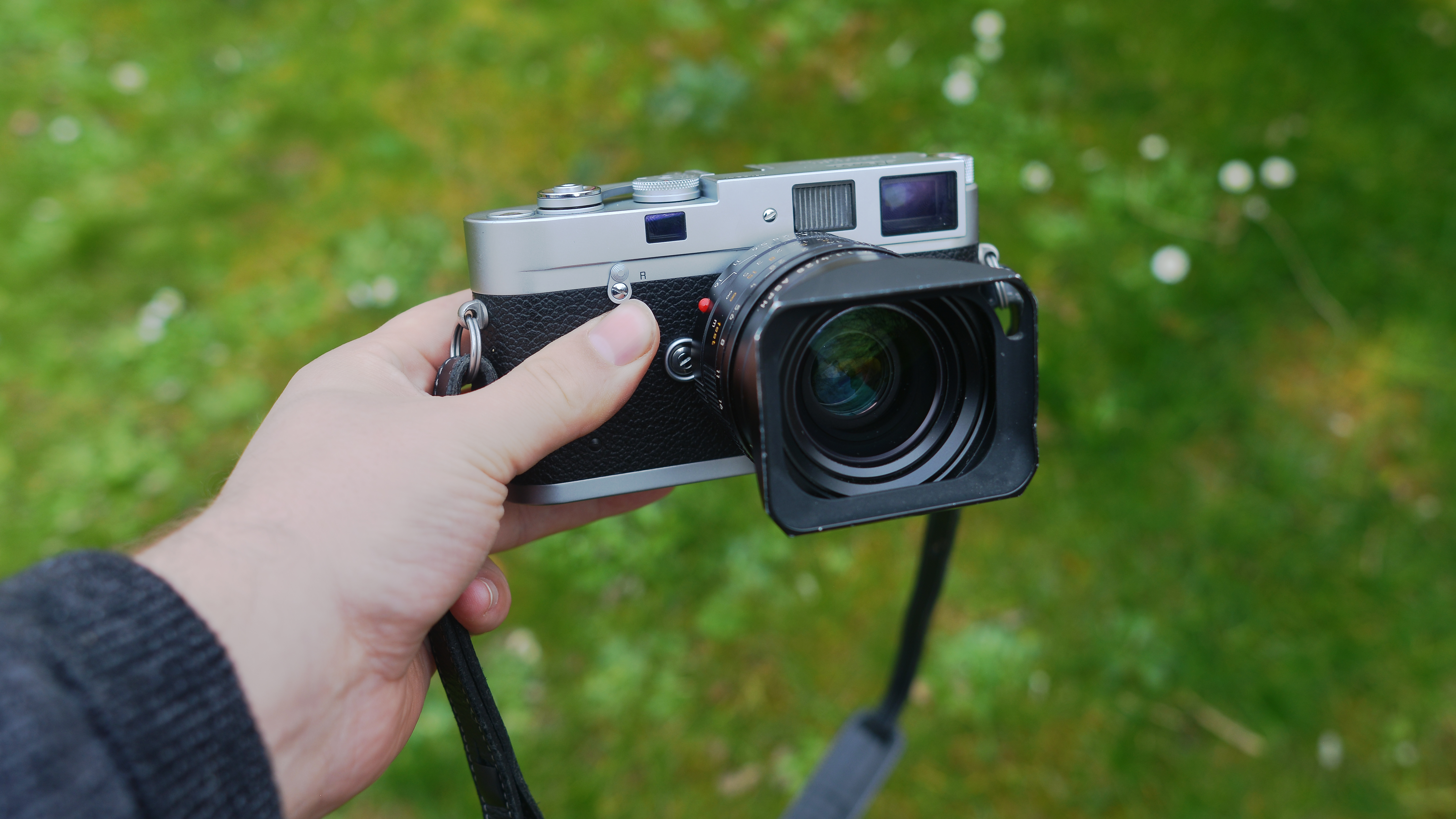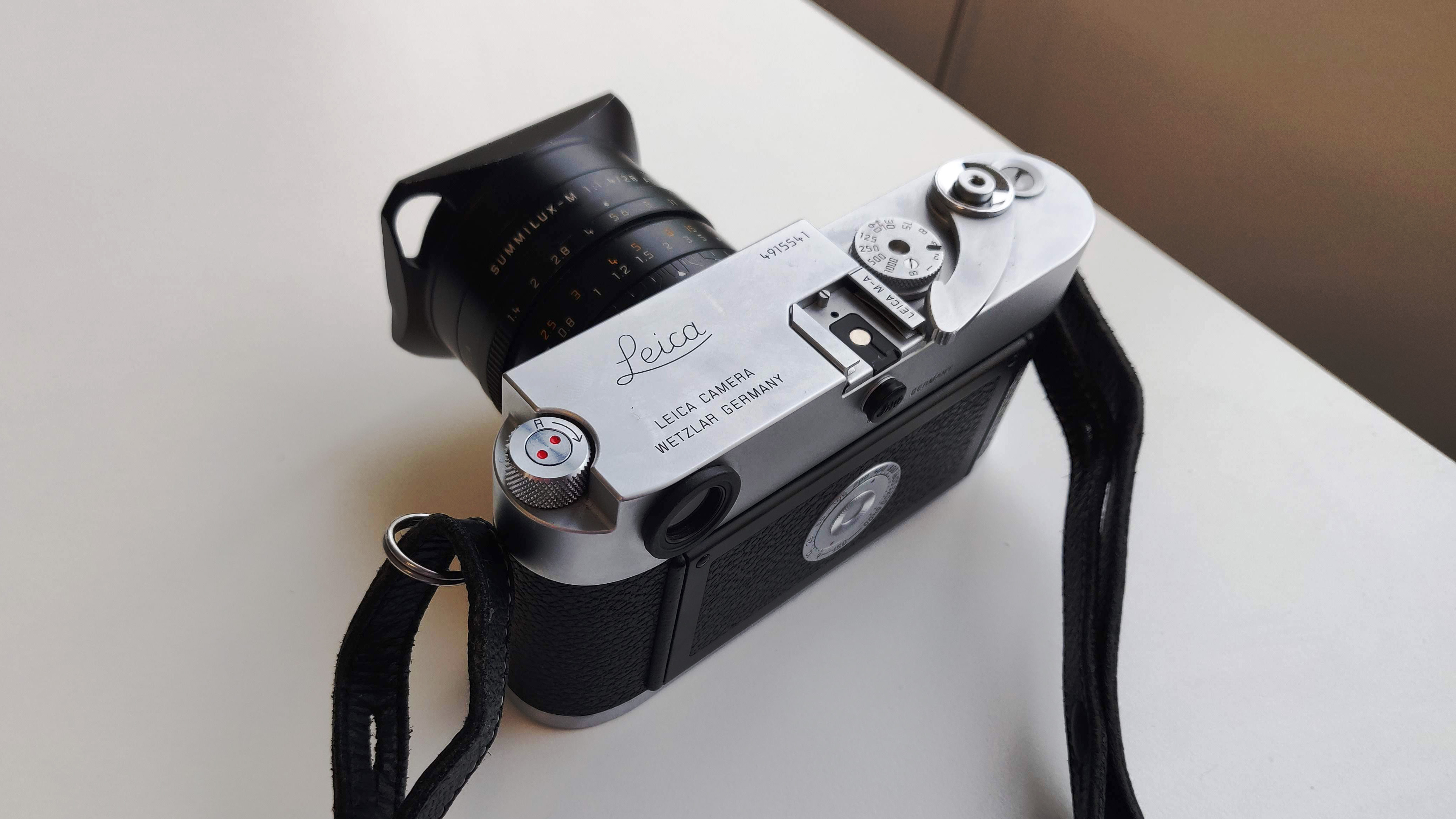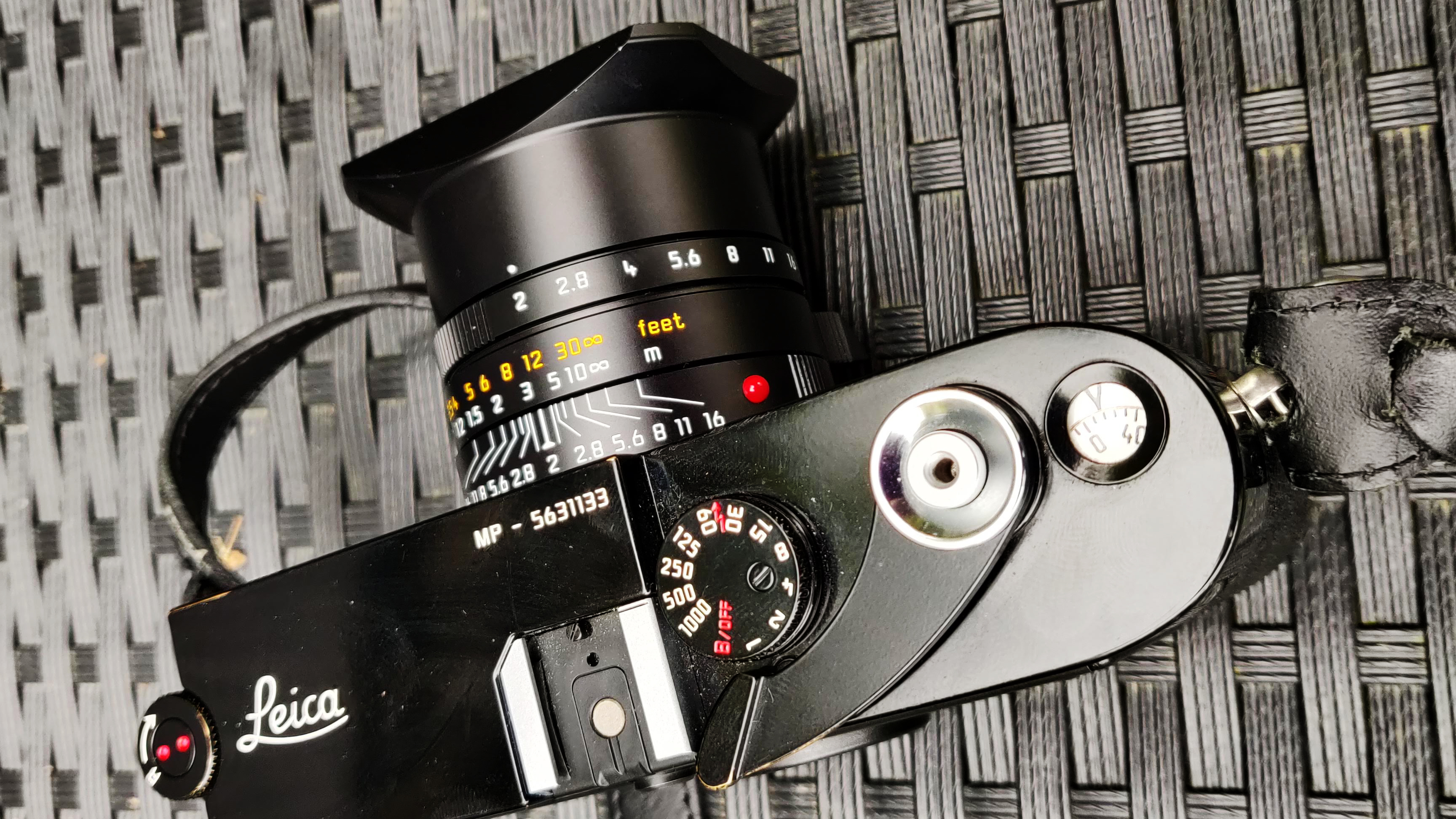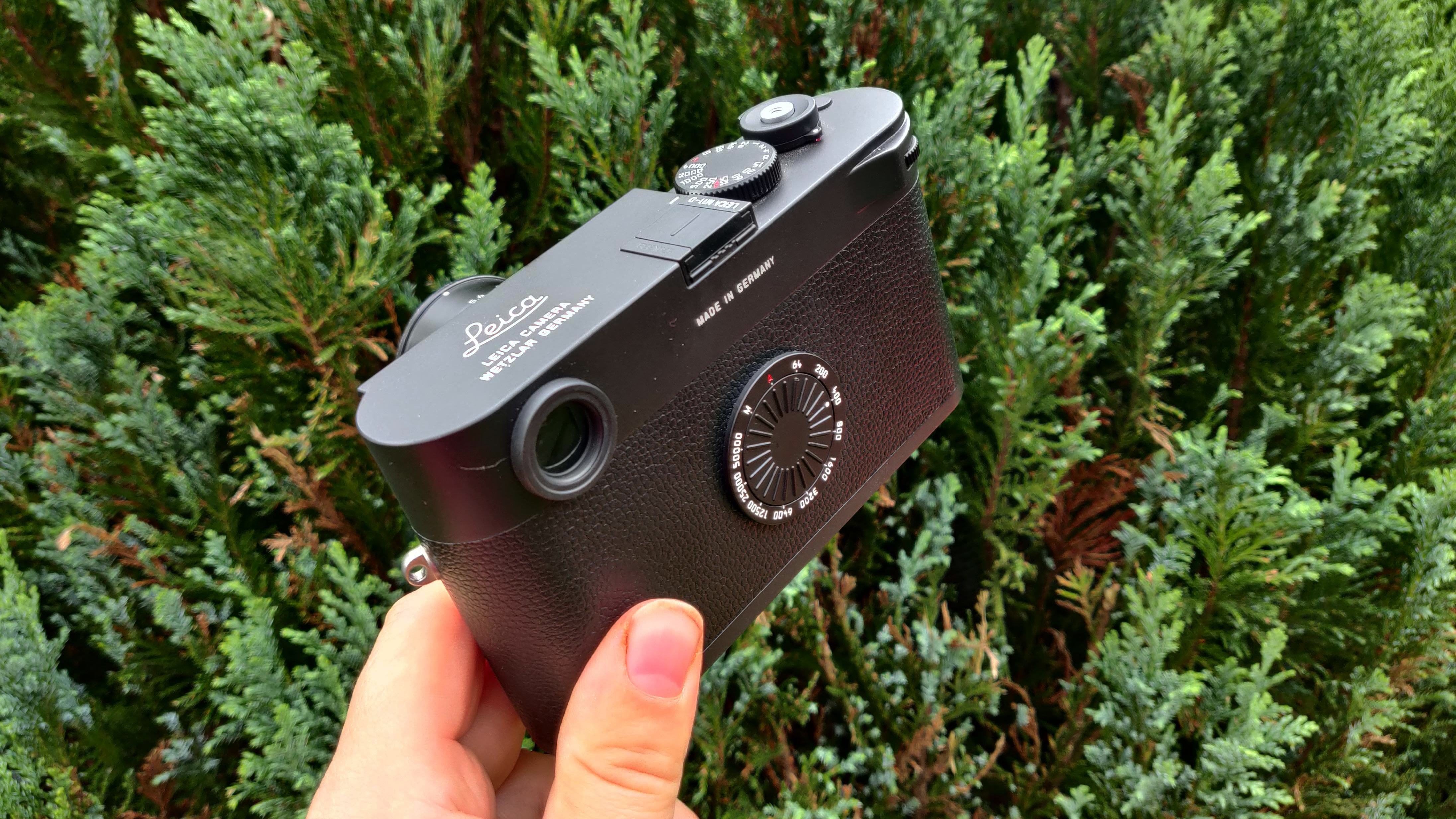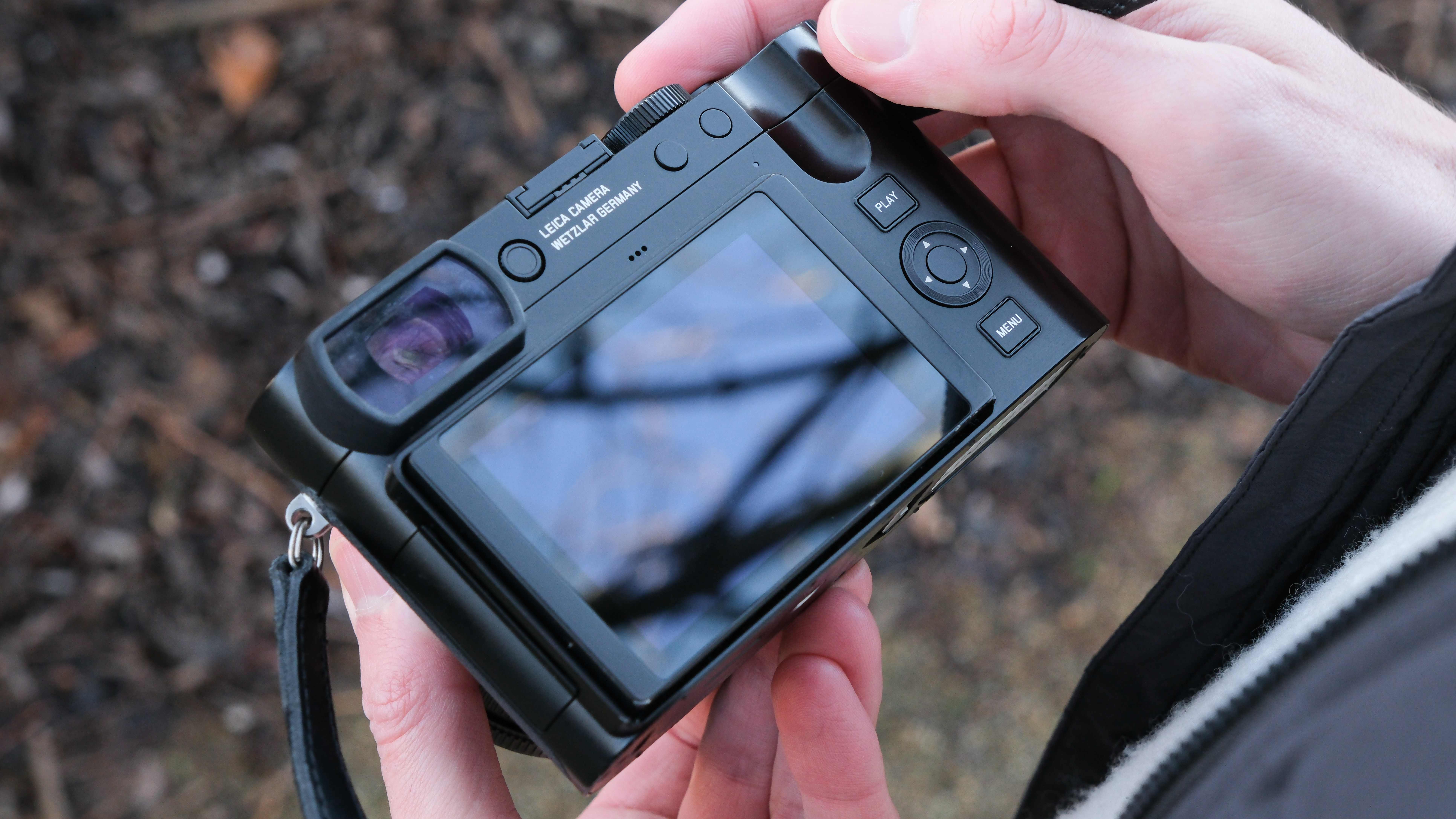The best Leica cameras in 2025: from classic rangefinders to modern mirrorless
Leica cameras don’t come cheap - but they earn their price tag, offering an experience and image quality that few rivals can match.
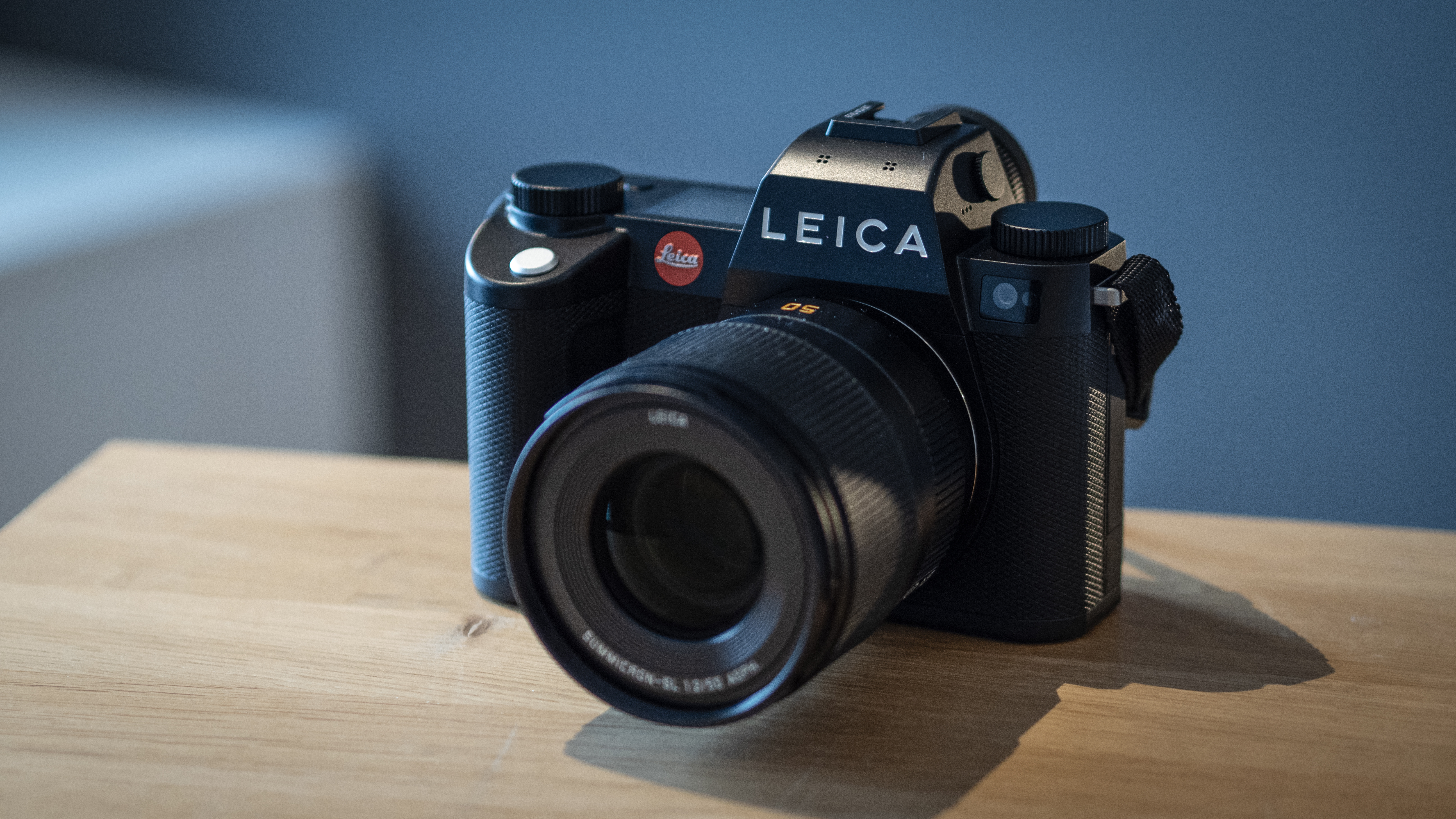
Shooting with both film and digital Leica cameras has taught me one simple truth: while these machines sit at the very top end of the market, they justify their place there with a level of craftsmanship and refinement that is almost impossible to rival. A Leica isn’t just a tool for taking photographs – it’s something you live with, carry everywhere, and eventually hand down. They are built not only to endure, but to be part of your story.
Leica has been shaping cameras for more than a hundred years, and in that time has elevated precision engineering into an art form. The red dot isn’t mere branding – it represents heritage, quality, and a distinct way of seeing the world. Any photographer who has spent time with a Leica will understand that instantly; it changes how you approach the act of making pictures.
In this guide, I’ve pulled together Leica’s full current lineup, covering everything from its cutting-edge mirrorless systems to the classic digital rangefinders that remain the soul of the brand. There are also the more compact options for everyday shooting, proof that Leica’s philosophy can fit in your pocket as well as in your hand.
I’ve included film bodies too, because Leica’s roots in analog photography still run deep, and for many, that tactile connection with film remains central to the experience. There’s even an instant camera, for those who want Leica’s signature design with the immediacy and charm of instant prints.
Having used, tested, and in some cases owned every model here, I’ve broken down not just what each camera offers, but also who it’s best for and the kinds of photography it excels at. Leica cameras are remarkable, but they can also be demanding, and it’s important to understand where each body shines and where it might challenge you.
For those curious about the film side of the story, I’ve also put together a separate guide dedicated to Leica’s film cameras. They remain as relevant today as when they first rolled off the production line, and for anyone interested in slowing down, they provide an unmatched way to reconnect with photography.
And if you’re unsure where to start, scroll on. At the end of this guide, I’ve shared some thoughts on choosing the right Leica – whether you’re after a compact everyday companion, a digital rangefinder steeped in heritage, or a film body that connects you to photography’s roots, there’s a Leica out there that will fit the way you see the world.

Since the Leica M9, I’ve owned or used every model that followed. Although I’ve worked with systems from Phase One, Hasselblad, Alpa, and Sinar, I’ve chosen to stay with Leica.
Whether it’s the digital Leica M-E or the classic M2, my work is rooted in simplicity and instinct, most often in black and white. For me, Leica isn’t just about cameras, but about a way of seeing – tools that become companions as much as instruments.
The Quick List
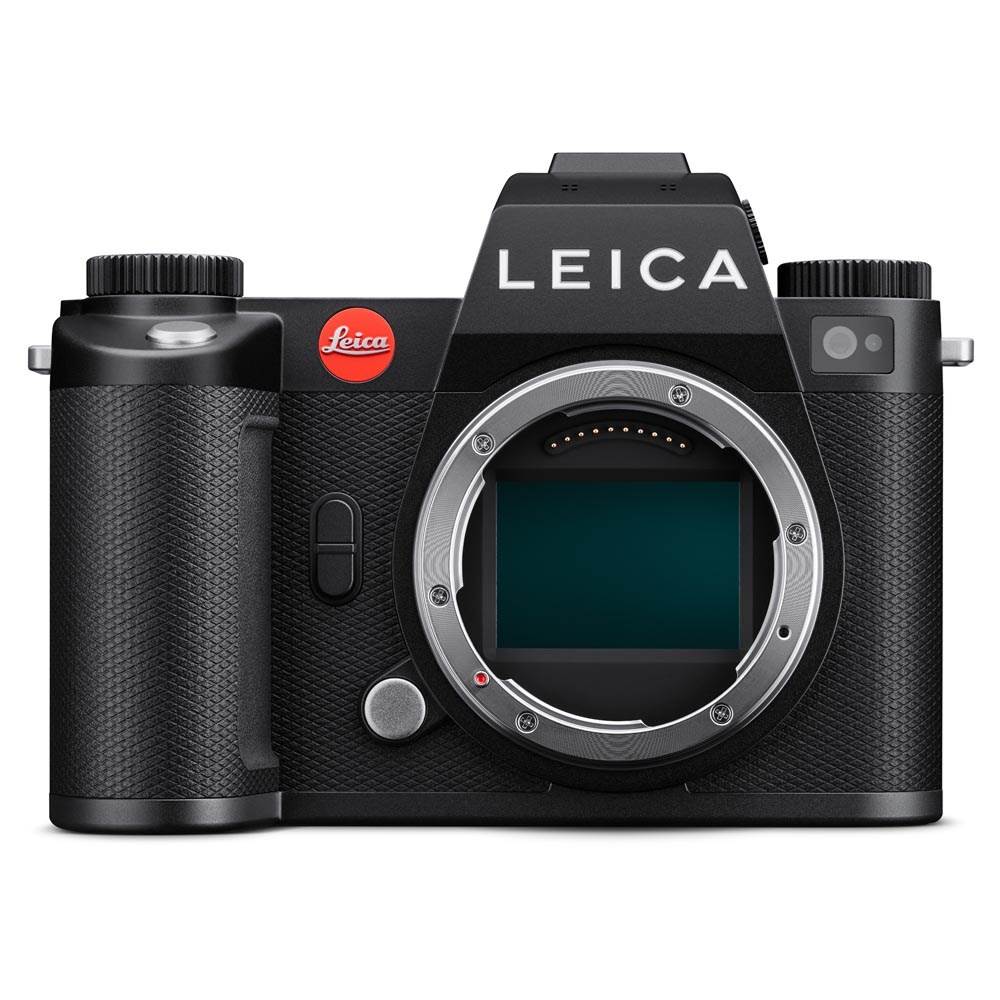
I think this might be Leica's best ever camera. Its triple-resolution sensor offers 60.3MP, 36.4MP or 18.5MP shooting, and also delivers 8K 30p video. The phase detect autofocus is great, and the menus are streamlined.
Read more below
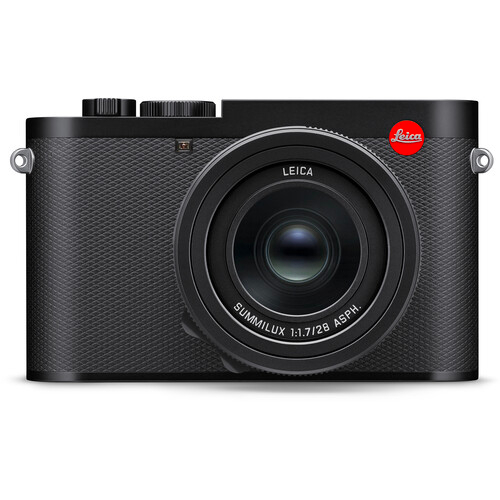
The Q3 continues Leica's fantastic lineup of Q cameras, with a new 60MP sensor that allows the fixed lens to perform some cropping tricks for multiple focal lengths while still providing stunning final images.
Read more below
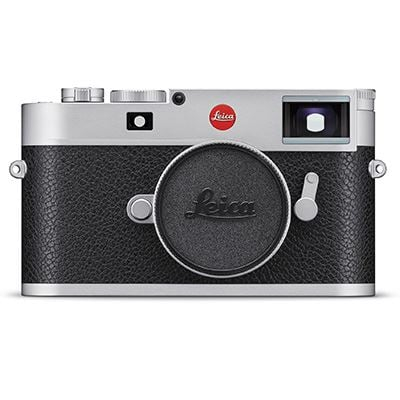
Leica hasn't tinkered too much with the formula of a rangefinder camera but has added lots of smart tweaks and features. The triple-resolution full-frame sensor is a real standout, letting you shoot at 60MP, 36MP, or 18MP, all of which use the sensor's full width.
Read more below

If black and white is your bread and butter for photography then this is as good as it gets. It's not for everyone, but for those who love high-contrast B&W - this is the gold standard.
Read more below
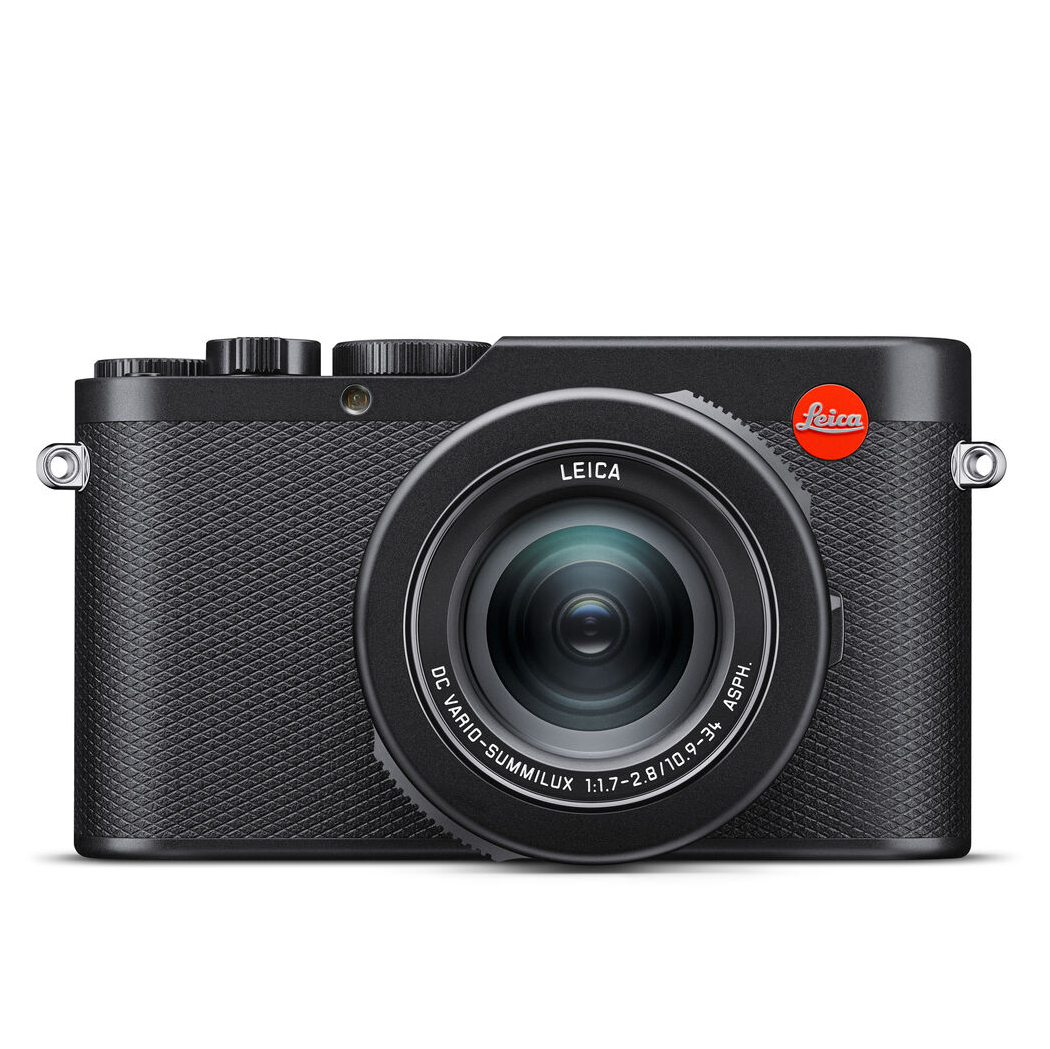
The Leica D-Lux 8 is a stylish camera that delivers excellent image quality. Its limited controls, static touchscreen, and slower zoom may not appeal to all, but it remains the most affordable option for those seeking the iconic Leica style.

This might just be a redesigned instax mini Evo, but there is no denying that this is the most beautiful-looking instant camera around. This is the camera for Leica style, but also just having a bit of fun.
View the full list...

If you want the latest Leica mirrorless camera, but not the massive 60 megapixels then the 24-MP Leica SL3-S is the perfect balance between megapixels and video features.
Read more below
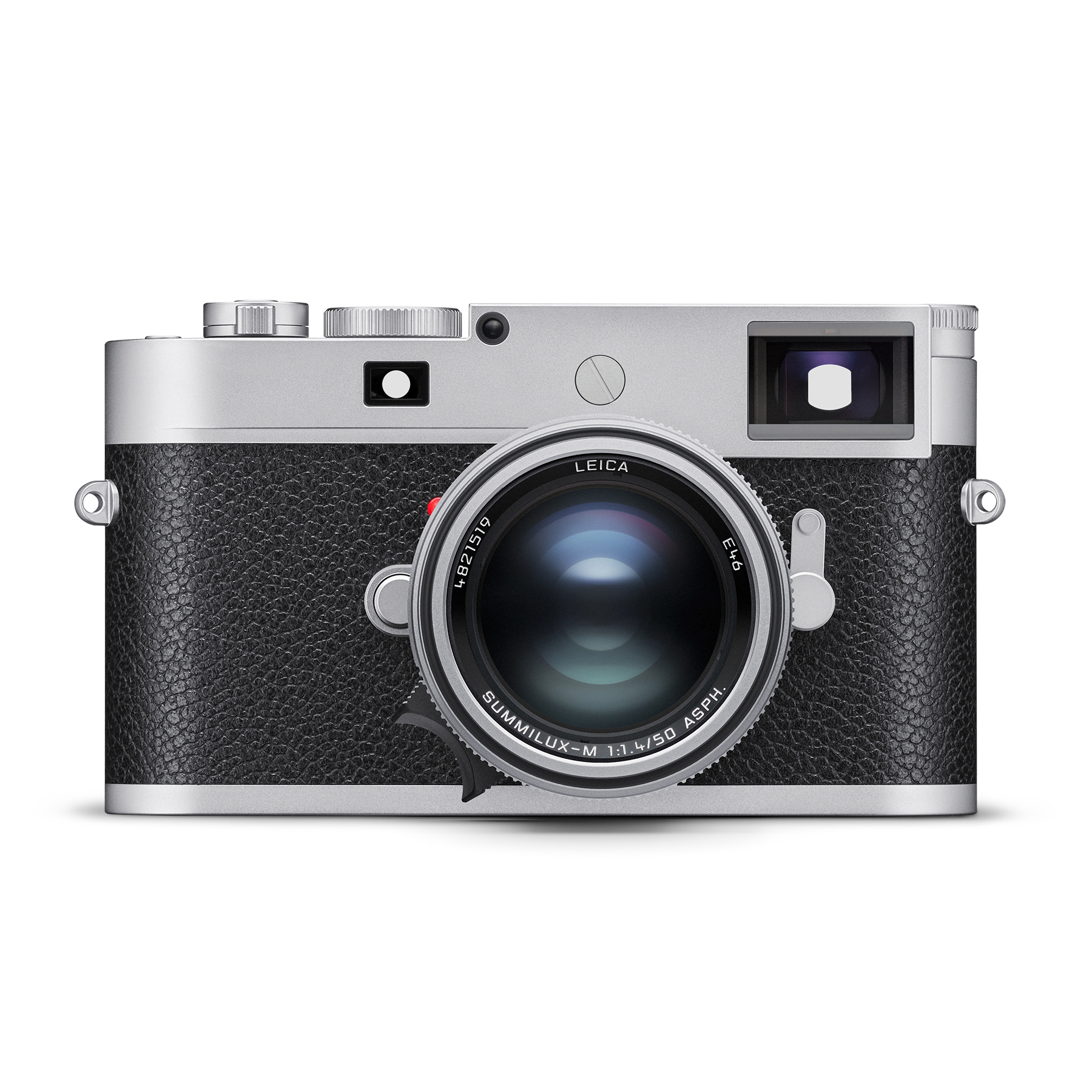
If you're looking for the sleek look of a Leica Monochrom, but want a full color, the M11-P is the king. With Leica Content Credentials, it also keeps your images safe from AI.
Read more below
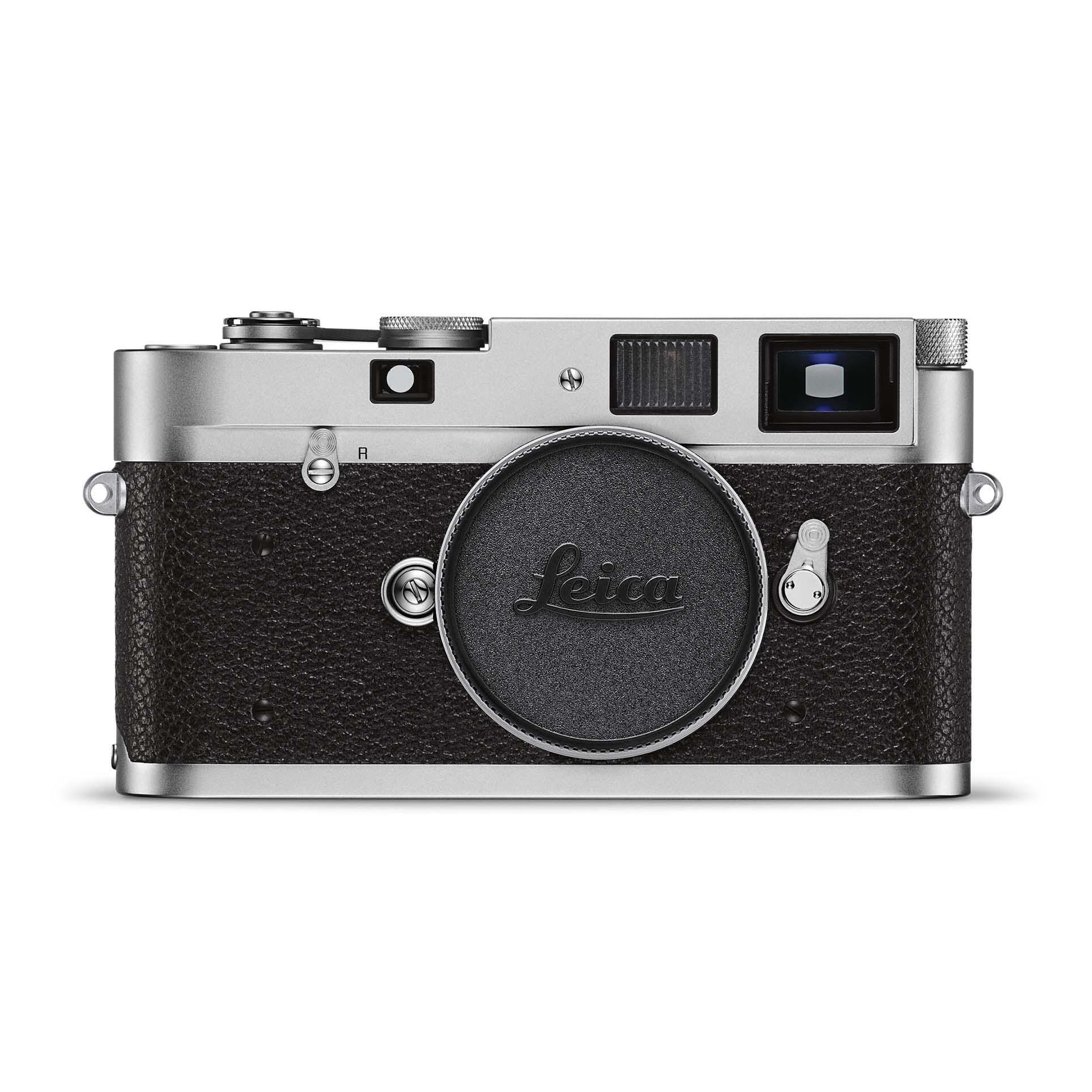
If you want pure mechanical luxury, with an old-fashioned twist, and do not require a lightmeter then the Leica M-A is the pure essence of simplistic film photography at your fingertips
Read more below
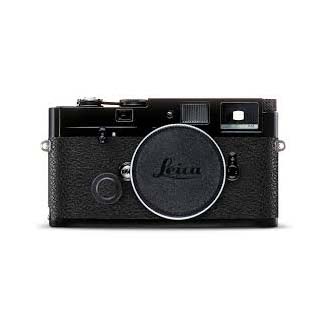
GermanIf you're in the market for pure mechanical perfection, need a light meter, and love the black paint color scheme of true Leica legends then the Leica MP is as good as it gets for analog photography from the german luxury brand.
Read more below

If you want a true analog experience, but the convenience of digital files, it doesn't get any better than the Leica M11-D with all the goodness of the M11-P, but without the discretion of a rear screen.
Read more below
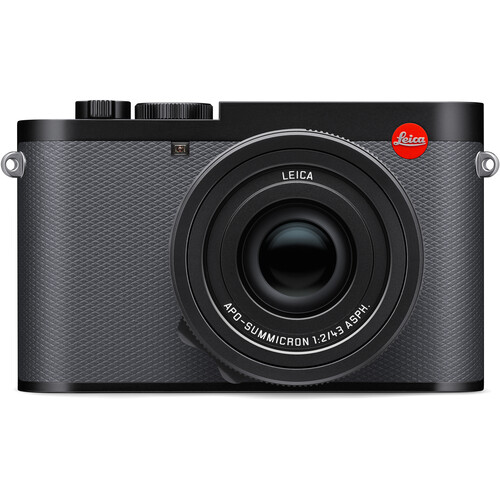
The Q3 43 offers all the bells and whistles of the Q3 while offering a more natural perspective with its new 43mm f/2 APO Summicron lens making it a versatile tools
The best Leica cameras in 2025
Why you can trust Digital Camera World
Best overall & best mirrorless
Specifications
Reasons to buy
Reasons to avoid
Sample images

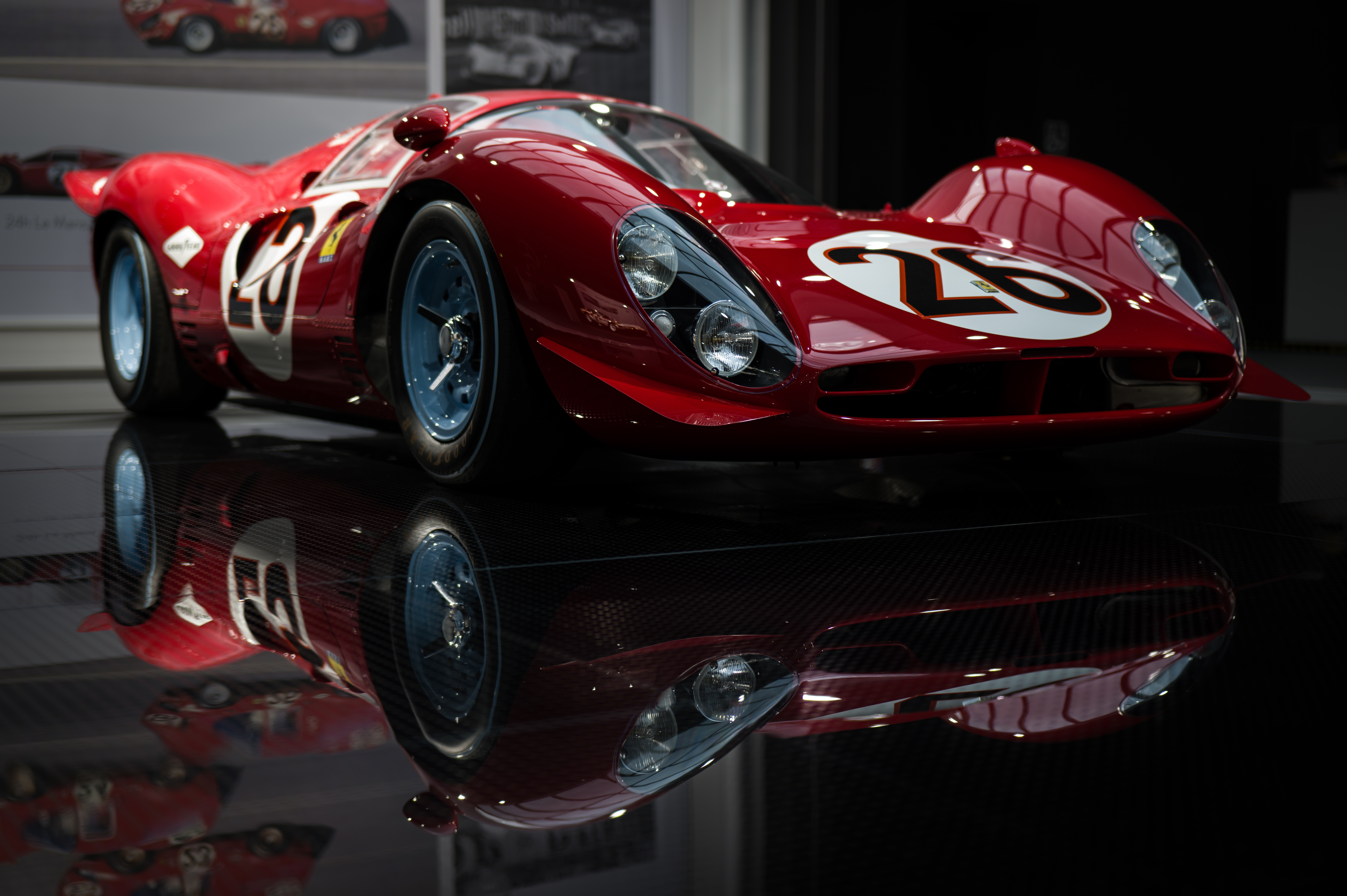

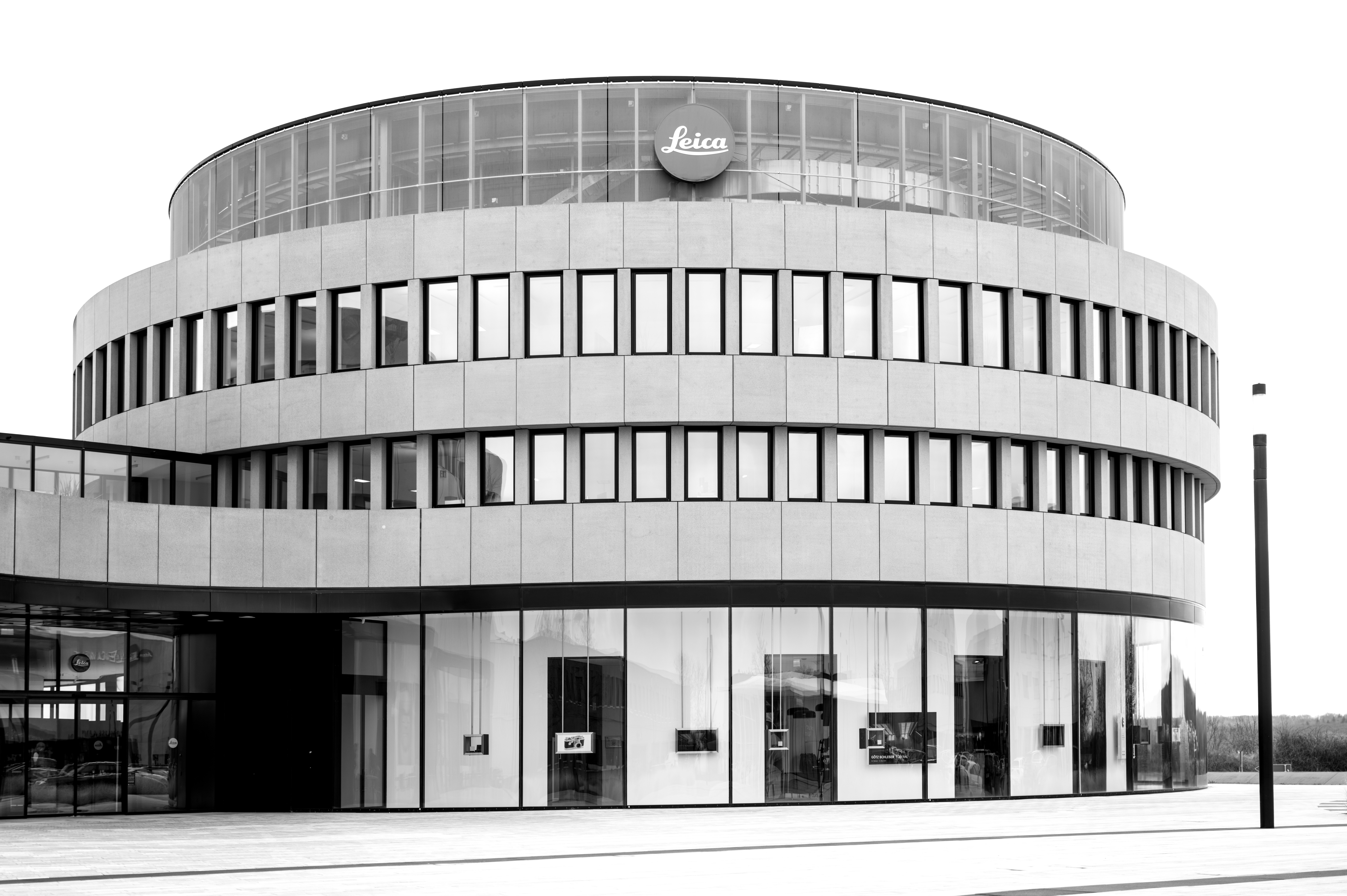
✅ You want the best: Currently, the SL3 with its 60MP sensor and 8K video is the best mirrorless Leica you can buy.
✅ You want amazing colors: leica color science is a high topic on all photographers' minds and the SL3 is no exception, producing amazing colors right out of the camera
❌ You want long battery life: With high specs comes power-hungry features and as such the battery life isn't outstanding
❌ You want a vair-angle screen: Unfortunately, Leica is behind the trend and only offers a tilting screen with the SL3 which could prove tricky to handle in some situations.
Unlike previous SL cameras, which have had an uncomfortable amount of "similarities" to Panasonic S cameras, the Leica SL3 is a completely unique beast – and its mix of specs and performance are unlike anything else on the market.
I love the triple-resolution sensor, which offers 60.3MP images (making this one of the highest-resolution cameras available) at full size, or more workflow-friendly 36.4MP or 18.5MP. So you've got the option of crazy resolution if you want it, but sensibly-sized smaller shooting if you need it.
The new phase-detect autofocus system is a huge step up from the previous contrast AF, though it's not able to keep up with fast action stills or video. That said, the sensor does mean that you can shoot C8K 30p video in 10-bit 4:2:0 and 8K 30p in 8-bit 4:2:2, with a dual base ISO sensor and full-size HDMI port catering to videographers.
More big improvements from the Leica SL2 come in the form of the new tilting touchscreen and the addition of a CFexpress Type B slot (to complement the standard SD card slot). Even the menu system, already intuitive and wonderful to use, has been overhauled to make it even more seamless, with a ridiculous amount of customization.
Aside from the austere battery life, there's a whole lot to love about the SL3 – which is certainly the best L-Mount camera and Leica's finest-ever mirrorless model.
Read our full Leica SL3 review for more details
| Header Cell - Column 0 | Notes | Score |
|---|---|---|
Features | With triple-resolution, 8K video, a new AF system and a great app, pickings are rich | 5 / 5 |
Build & handling | The IP54 weather sealing and great ergonomics are great, though some might prefer a fully articulating screen | 4.5 / 5 |
Performance | Simply the most gorgeous images you can get from a full frame camera | 4 / 5 |
Value | This is a luxury, handmade camera with the performance to match | 4 / 5 |
Final thoughts
The Leica SL3 is a major leap for the SL line, shedding its Panasonic parallels and standing as a true Leica original. With its triple-resolution sensor, improved phase-detect AF, and pro-level video specs, it’s a powerhouse for both stills and video. The new tilting screen, CFexpress support, and refined interface round things off beautifully. Battery life aside, this is Leica’s best mirrorless camera yet.
Best compact Leica
Specifications
Reasons to buy
Reasons to avoid
Sample images
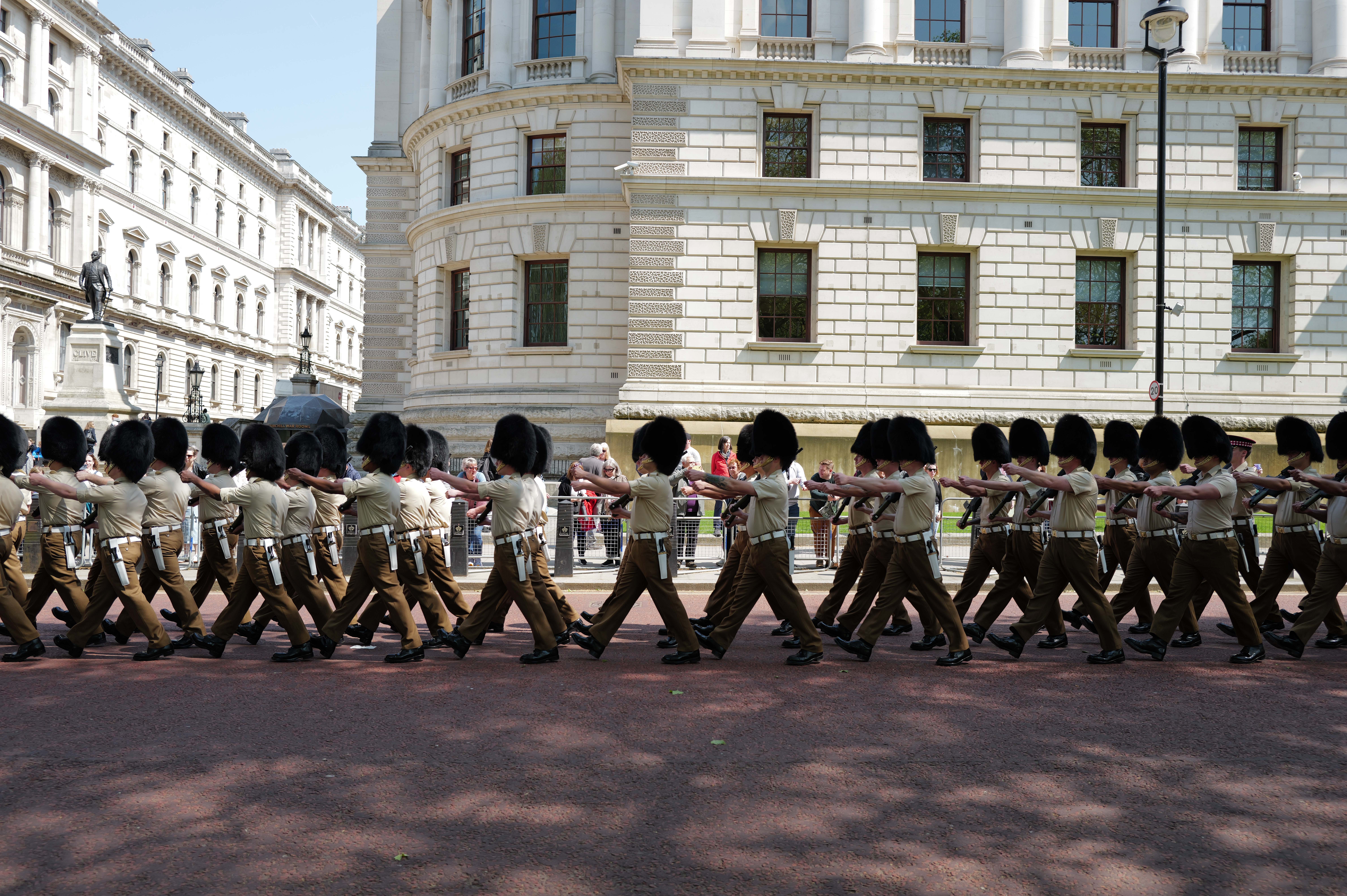
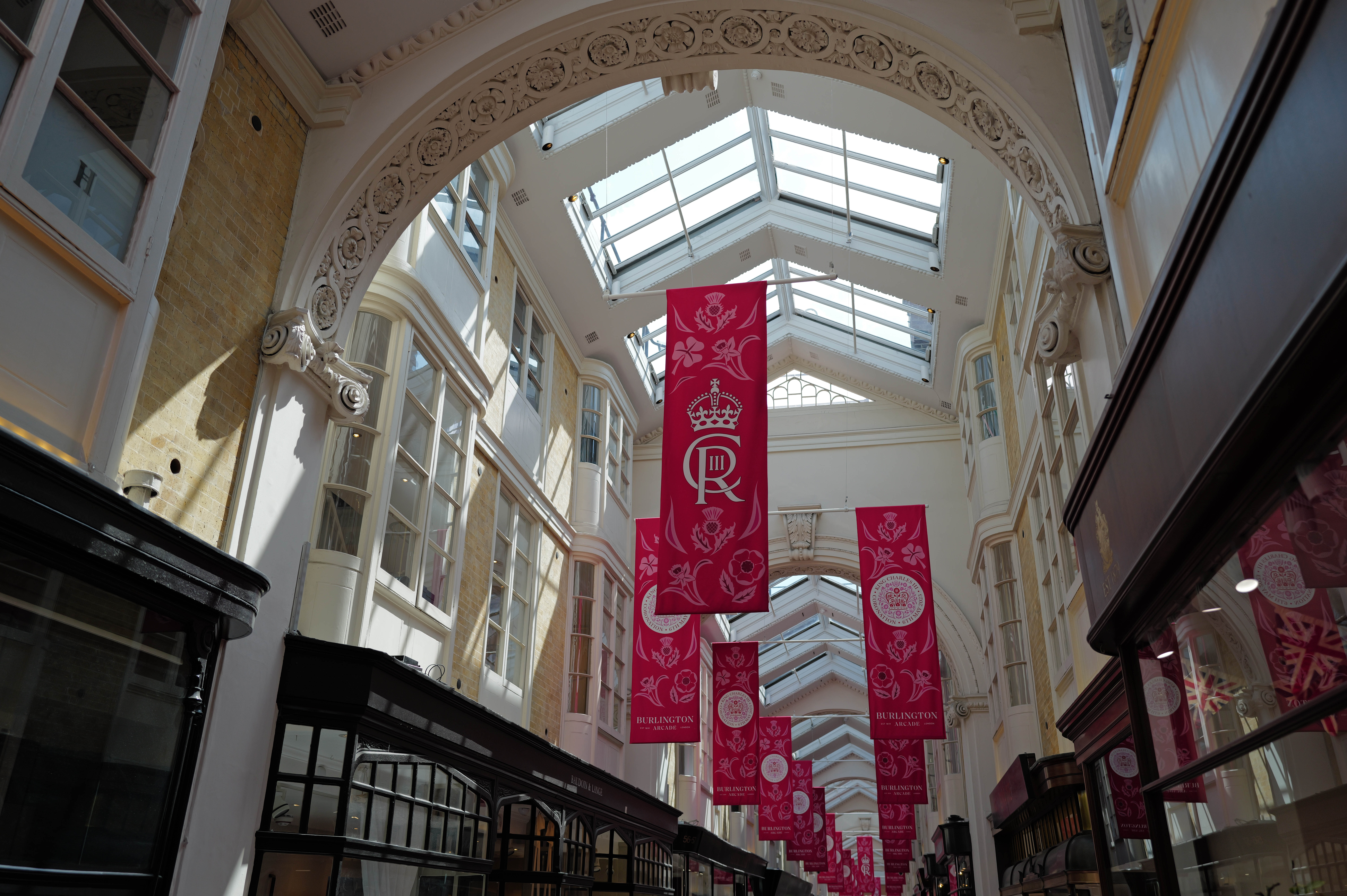
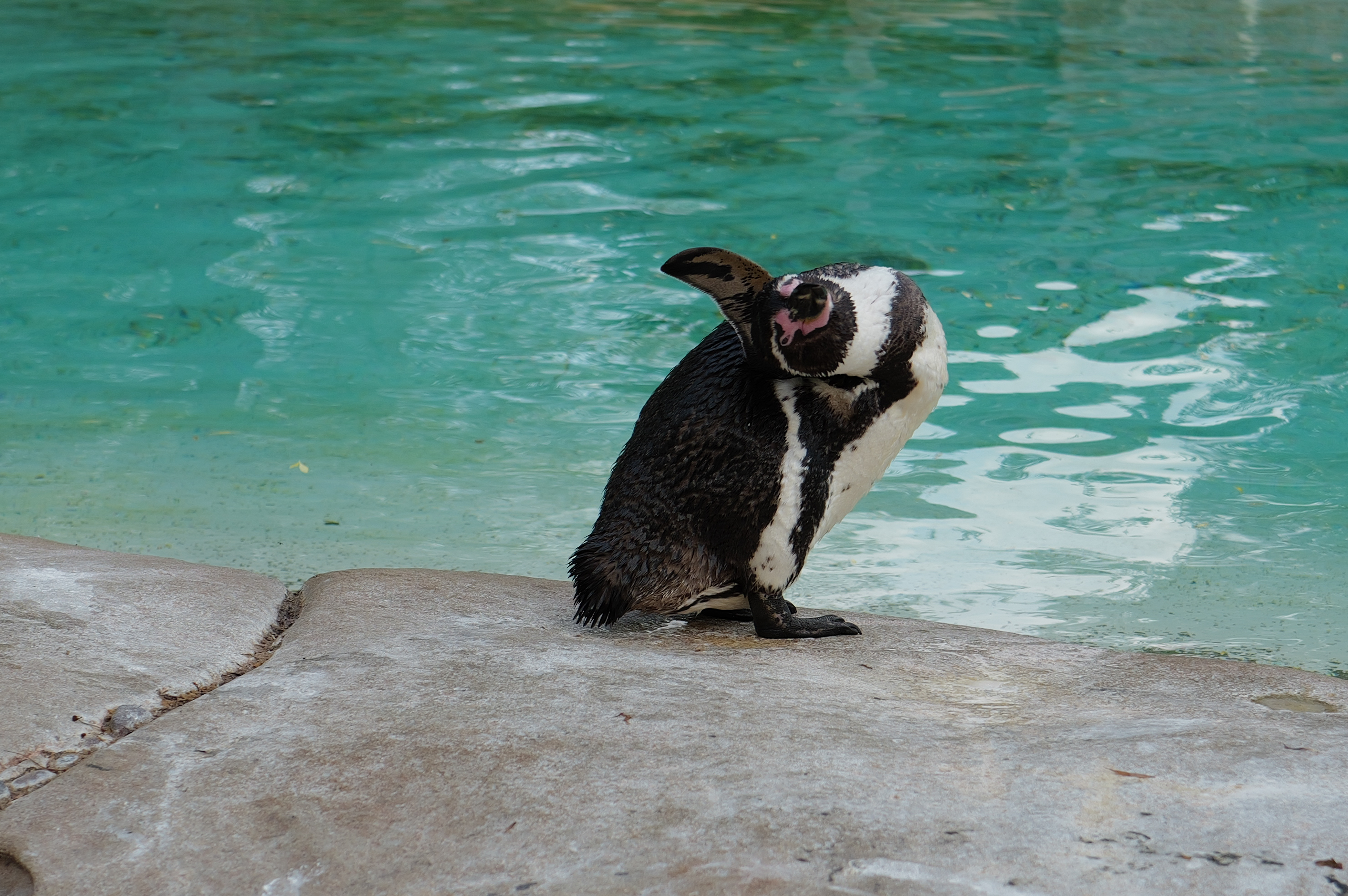
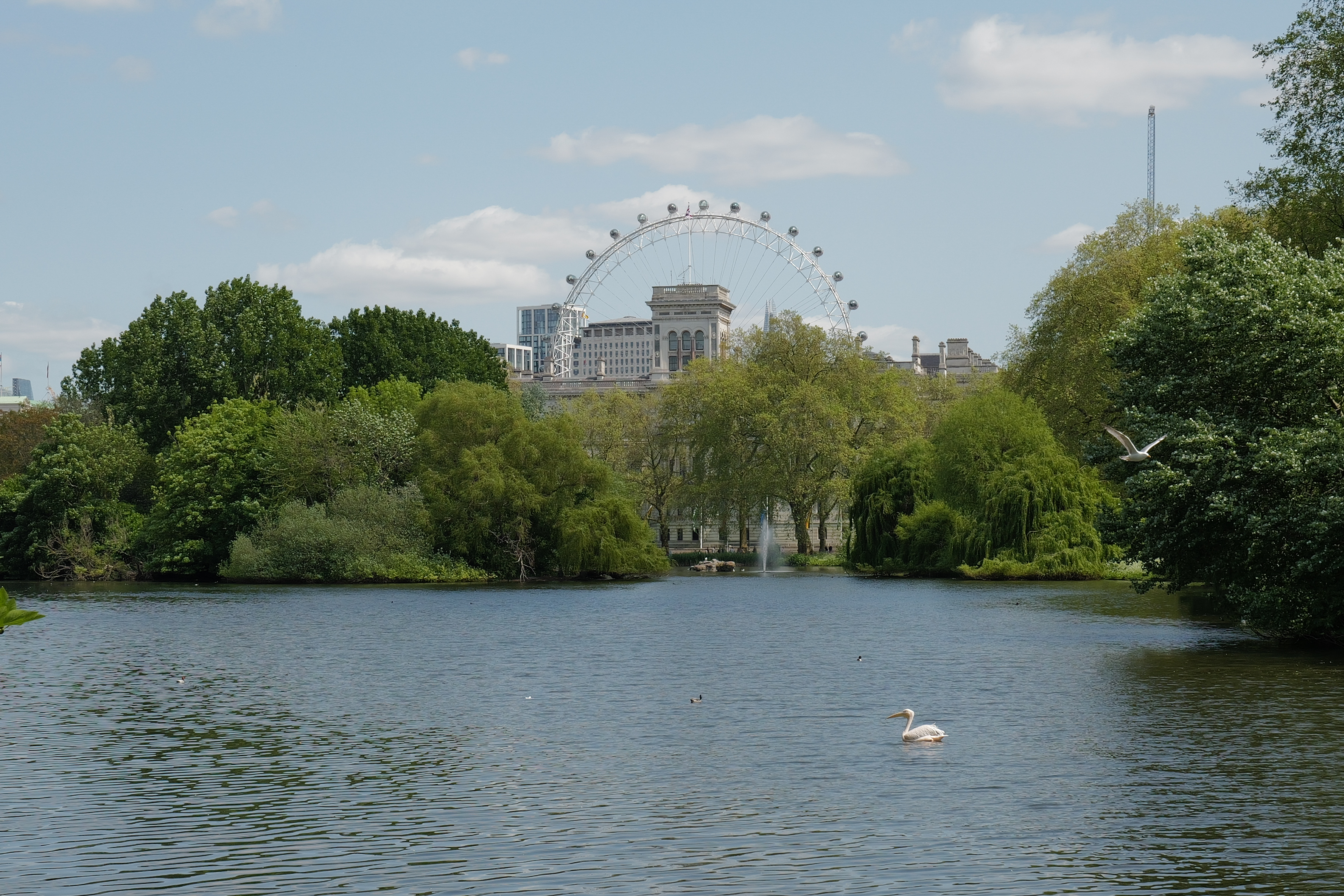
✅ You love 28mm focal length: The Q3 offers the only f/1.7 aperture lens in the whole Leica range, but it is also fixed to the body of the Q-series, so you have to love shooting at 28mm
✅ You want to follow the trend: Thanks to massive media spike in Leica camera the Leica Q3 has become 'on-tend' - which is never a bad thing.
❌ You want to shoot other focal lengths: With its fixed 28mm lens that you can't you can't change, our only option is to crop.
❌ You want an optical viewfinder: The Q3 features a high-res EVF without the optical VF of Leica M models
The Leica Q3's 60MP sensor produces breathtaking images, enhanced further by the digital crop feature that adds a fun element of experimentation to the 28mm fixed lens. Each shot exhibits remarkable Leica processing, with beautifully rendered colors as well as exceptional dynamic range. The autofocus performs admirably, delivering swift and precise results, particularly in subject focusing, thanks to its efficient human and eye detection capabilities.
Nevertheless, the animal detection feature leaves much to be desired, as it more frequently misidentifies inanimate objects rather than living creatures. As for its video capabilities, the Leica Q3 excels in delivering high-quality 8K footage in a variety of professional codecs, although image stabilization struggled with handheld shake.
Nonetheless, the Leica Q3 stands as a remarkable camera for day-to-day use, and it effortlessly earns its place as one of the best walking-around photography cameras available today. Though alas, it is a Leica, and the lofty price tag renders it inaccessible to many photographers.
If the 28mm lens sounds a little wide for your style of shooting, then Leica may have an answer for you. The manufacturer has introduced the Leica Q3 43, which essentially offers the same camera but with a specially developed APO-Summicron 43mm f/2 ASPH lens – it's basically a similar deal to the Ricoh GR IIIx. With apochromatic elements designed to produce distortion-free images, the new 43mm lens delivers a more naturalistic field of view that's great for environmental portraiture as well as street photography.
Read our full Leica Q3 review for more details
| Header Cell - Column 0 | Notes | Score |
|---|---|---|
Features | 60-megapixels 8K video, Subject recognition and tracking | 5 / 5 |
Build & handling | Built like a tank, amazing 28mm f/1.7 lens, quick AF to manual focus | 4.5 / 5 |
Performance | Amazing image quality, snappy autofocus, user friendly operation. | 5 / 5 |
Value | This is a luxury, handmade camera with the performance to match | 4 / 5 |
Final thoughts
The Leica Q3 delivers stunning image quality from its 60MP sensor, with fast autofocus and excellent digital crop options that make the 28mm lens surprisingly versatile. It’s a superb everyday camera, though animal detection and stabilization fall short. If you prefer a tighter field of view, the Leica Q3 43 offers the same experience with a 43mm APO lens.
Best for purists
Specifications
Reasons to buy
Reasons to avoid
Sample images


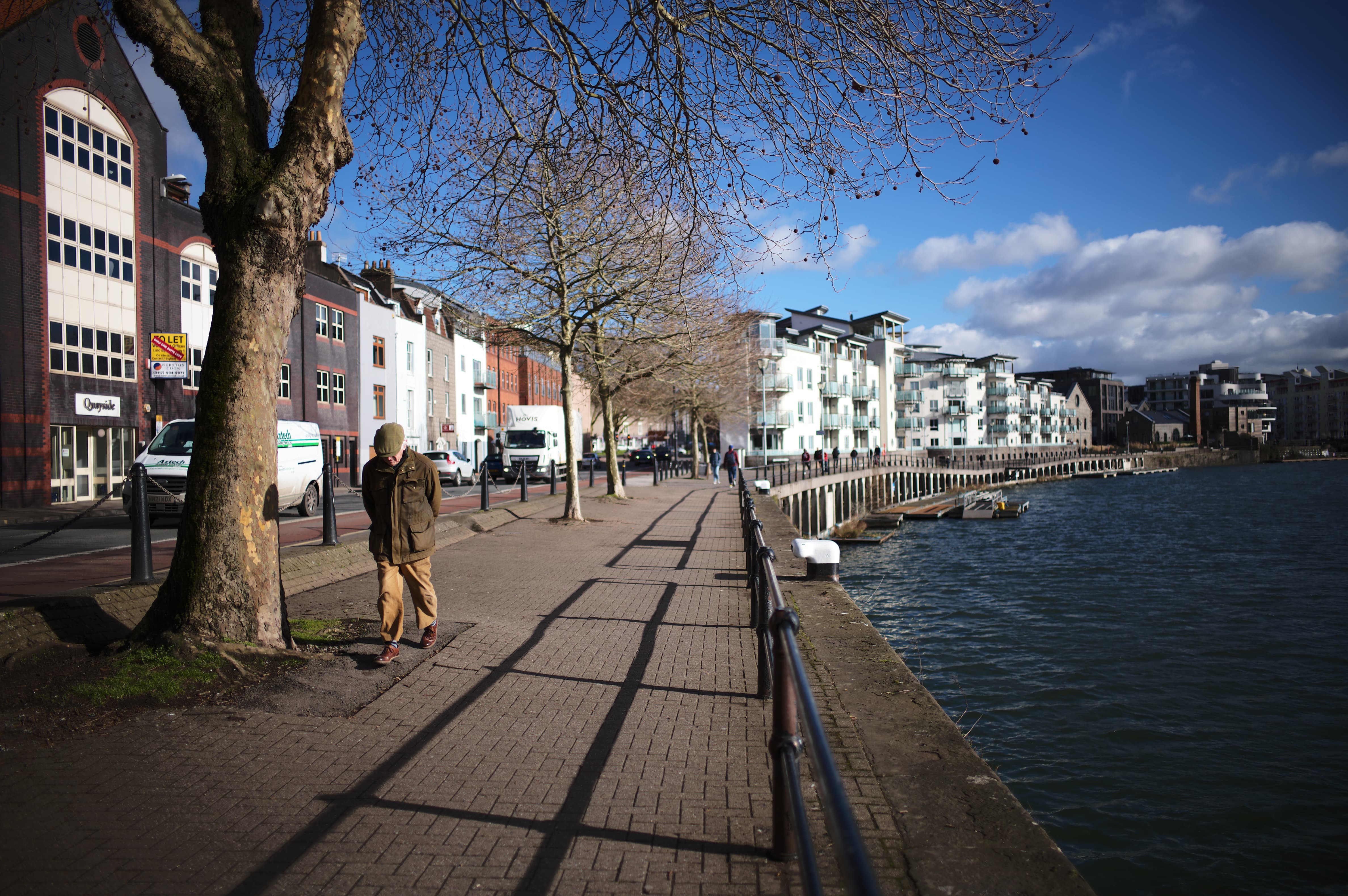

✅ You want the 'pure photography' experience: From manual focus to manual operation, the M11 is the pure essence of photography in the digital age.
✅ You want different resolution options: Thanks to pixel binning the M11 can shoot either 60mp, 36MP, or 18MP images while still using the whole sensor.
❌ You want video: The M11 offers no video capabilities at all, so some content creators might be left disappointed.
❌ You want an EVF: the M11 only has an optical viewfinder, if you want an EVF look fat the Q3 or SL3
A Leica M rangefinder can be an intimidating experience at first – even after you get over the shock of the price. However, patience and perseverance will reward you with a photographic experience like none other. The Leica M11, much-teased in the lead-up to its release, is the firm's most technologically advanced rangefinder, and does an incredible job of fusing an old-school shooting experience with the best of modern tech.
Rangefinder focusing is a unique, incredibly precise process that involves move the focus ring/lever on the lens to align a ‘ghost image’ or ‘patch’ with your subject in the viewfinder. Once they're aligned, your subject is in focus. When you get the hang of it, rangefinder focusing is an incredibly fast and intuitive process.
Leica hasn't tinkered too much with the formula of a rangefinder camera but has added lots of smart tweaks and features. The triple-resolution full-frame sensor is a real standout, letting you shoot at 60MP, 36MP, or 18MP, all of which use the sensor's full width. This is great for speeding up your workflow with smaller filesizes, and shooting at 18MP also gives you the advantage of an unlimited burst buffer.
The M11 makes use of a new electronic shutter that gives users the option of a 1/16,000sec shutter speed. It does away with the bottom base plate, giving easier access to the battery and SD card. And in another neat touch, the camera also has 64GB of internal storage, making it easy to record simultaneous copies of your images.
Leica has beefed up the battery and added USB-C charging; what's more, if you can afford a little extra on top of the considerable price tag, you can add a new Visoflex 2 electronic viewfinder to augment the rangefinder experience. Designed in conjunction with the M11, it has a 90-degree tilt function.
Leica has since released two updated versions of the Leica M11. There's the Leica M11-P, which you'll meet further down this list. It's essentially the same internally as the M11, costing a little more, but with a few new features like upping the 64GB internal storage to 256GB, and adding scratch-resistant glass on the LCD. It also has Leica's Content Credentials system, which uses a hardware encryption to digitally sign your images – though one thing you don't get is the iconic red dot.
Then there's also the Leica M11-D. This is an even more stripped-down offering than the M11, as it doesn't even have an LCD screen. While it can feel like you're paying a premium for a camera with less functionality – because you are – many Leica photographers adore the unadulterated purity of the experience.
Read our full Leica M11 review for more details
| Header Cell - Column 0 | Notes | Score |
|---|---|---|
Features | With triple-resolution, 60mp, 64GB internal memory | 5 / 5 |
Build & handling | This is a pure photography experience, everything being operated manually | 4 / 5 |
Performance | Stunning images quality, versatile choice between 60, 36, and 18 MP images all using the full sensor | 4.5 / 5 |
Value | Very pricey, even being a few years old now | 4 / 5 |
Final thoughts
The Leica M11 blends classic rangefinder charm with modern tech, thanks to its triple-resolution sensor, improved battery, internal storage, and USB-C charging. It takes time to master, but rewards with a uniquely engaging shooting experience. For those wanting something more minimal, the M11-P and screenless M11-D offer pared-back alternatives. It's not for everyone, but for the right photographer, nothing else compares.
Best Monochrom camera
Specifications
Reasons to buy
Reasons to avoid
Sample images
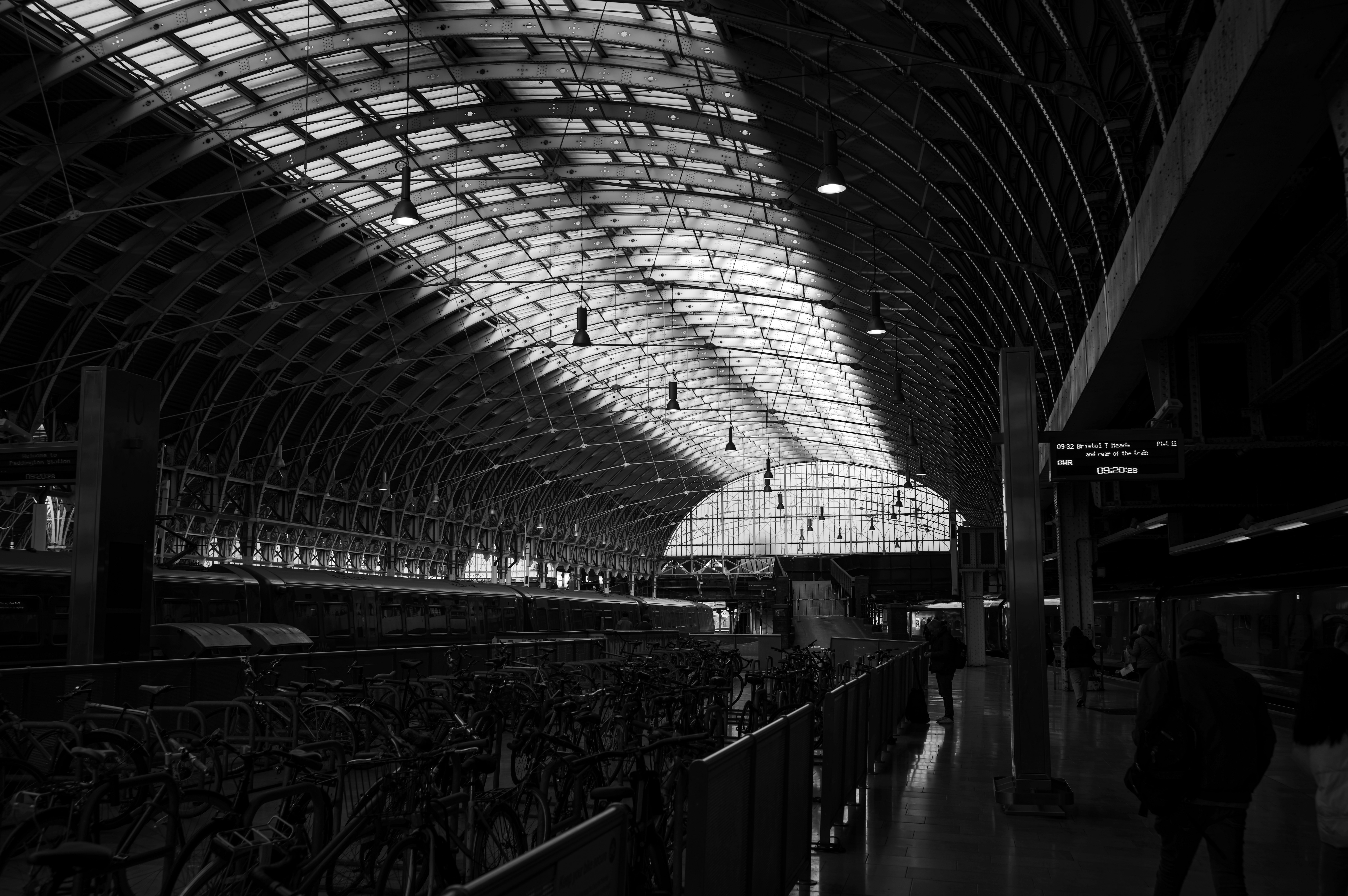
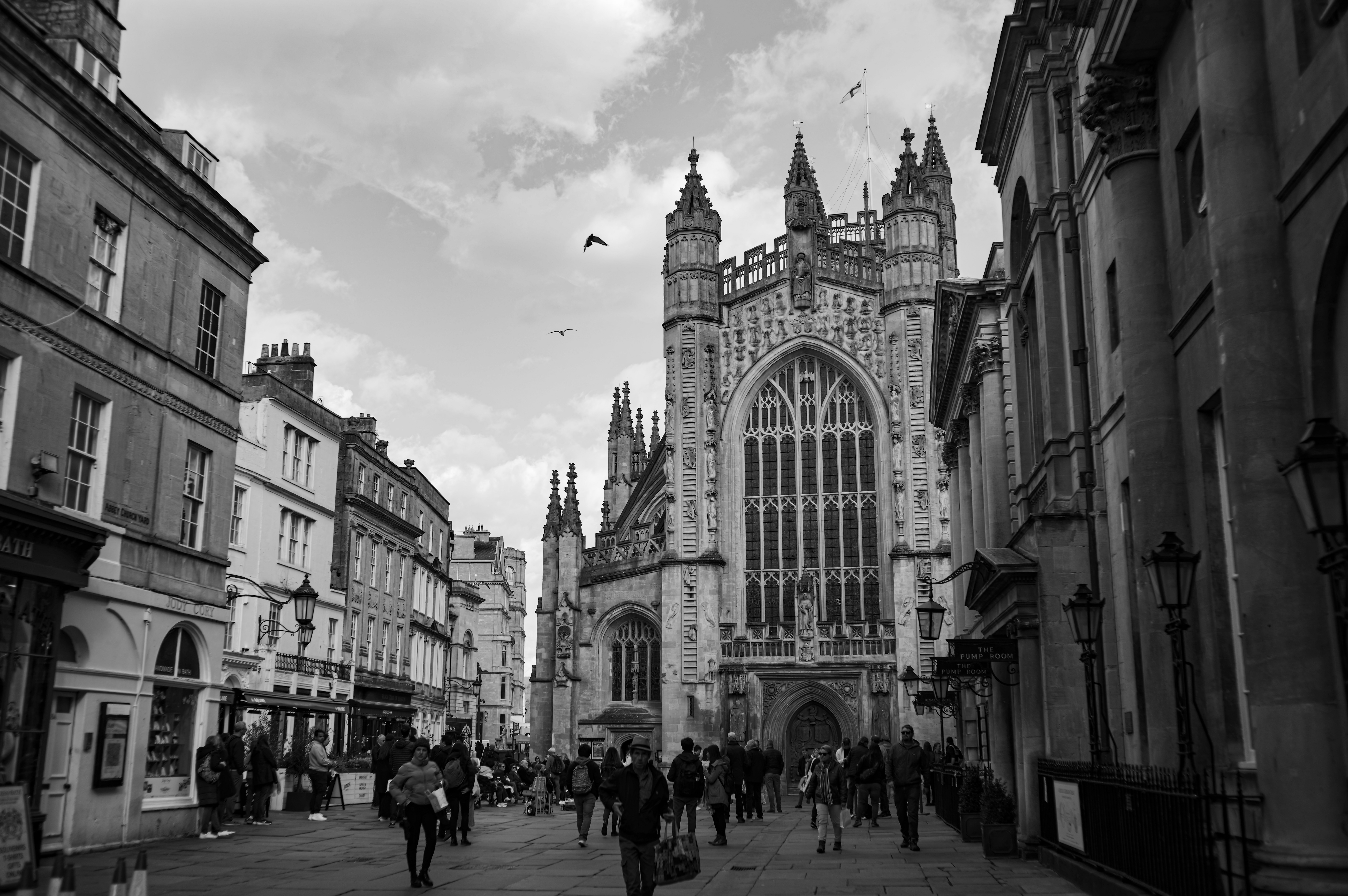


✅ You want a black-and-white-only camera: Delivers stunning black-and-white images - this is as good as black-and-white photography gets in the digital world.
✅ You want the stealth look: Thanks to its street-wise aesthetic the red dot is removed, and you have only one color option, black - making for the stealthiest camera on the streets.
❌ You want to shoot color: With its special sensor with removed bayer sensor you can only shoot black and white, so no color pictures here.
❌ You want the full Leica look: While the M11 Monochrom looks stunning, without the famous red dot it doesn't give off the full Leica vibe
The Leica M11 Monochrom is one of the world’s most niche consumer cameras; a black and white, manual focus only rangefinder camera, which cannot shoot video, and costs a cool $9000 (£8,300).
These supposed shortcomings are actually its biggest strength, forcing you to carefully consider every shot you take. It harks back to the glory days of film photography and is one of the most enjoyable photography experiences I have had in a while.
This is not a camera for the masses, Leica knows exactly who this camera's specific audience is, and exactly how to please them. For those select few, there is some good news, it is probably the best version of this camera to date.
Leica designed this camera specifically for a very targeted audience, and for those photographers, it is probably the best version of this camera ever made. Leica M cameras demand skill, attention, and precision, but once mastered, they offer a unique way of seeing and capturing the world.
Despite being expensive, this camera's design and functionality make it a worthwhile investment for those who appreciate the Leica experience.
Read our full Leica M11 Monochrom review for more details
| Header Cell - Column 0 | Notes | Score |
|---|---|---|
Features | Black and white only images, 60MP stills, no video features | 4 / 5 |
Build & handling | Built to the Leica reputation this is a solid camera that lives up to the Leica name | 5 / 5 |
Performance | Simply the best low-light performance from any Leica | 5 / 5 |
Value | Rather expensive for a very niche camera | 4 / 5 |
Final thoughts
The Leica M11 Monochrom is as niche as cameras come – no colour, no autofocus, no video, and a price tag that’ll make your eyes water. But for the right photographer, that’s exactly the appeal. It strips photography down to its purest form, rewarding careful, deliberate shooting with stunning black and white results. It’s not for the mainstream, and Leica knows it – but for its dedicated audience, this is the finest Monochrom yet.
Most affordable Leica camera
Specifications
Reasons to buy
Reasons to avoid
Sample images

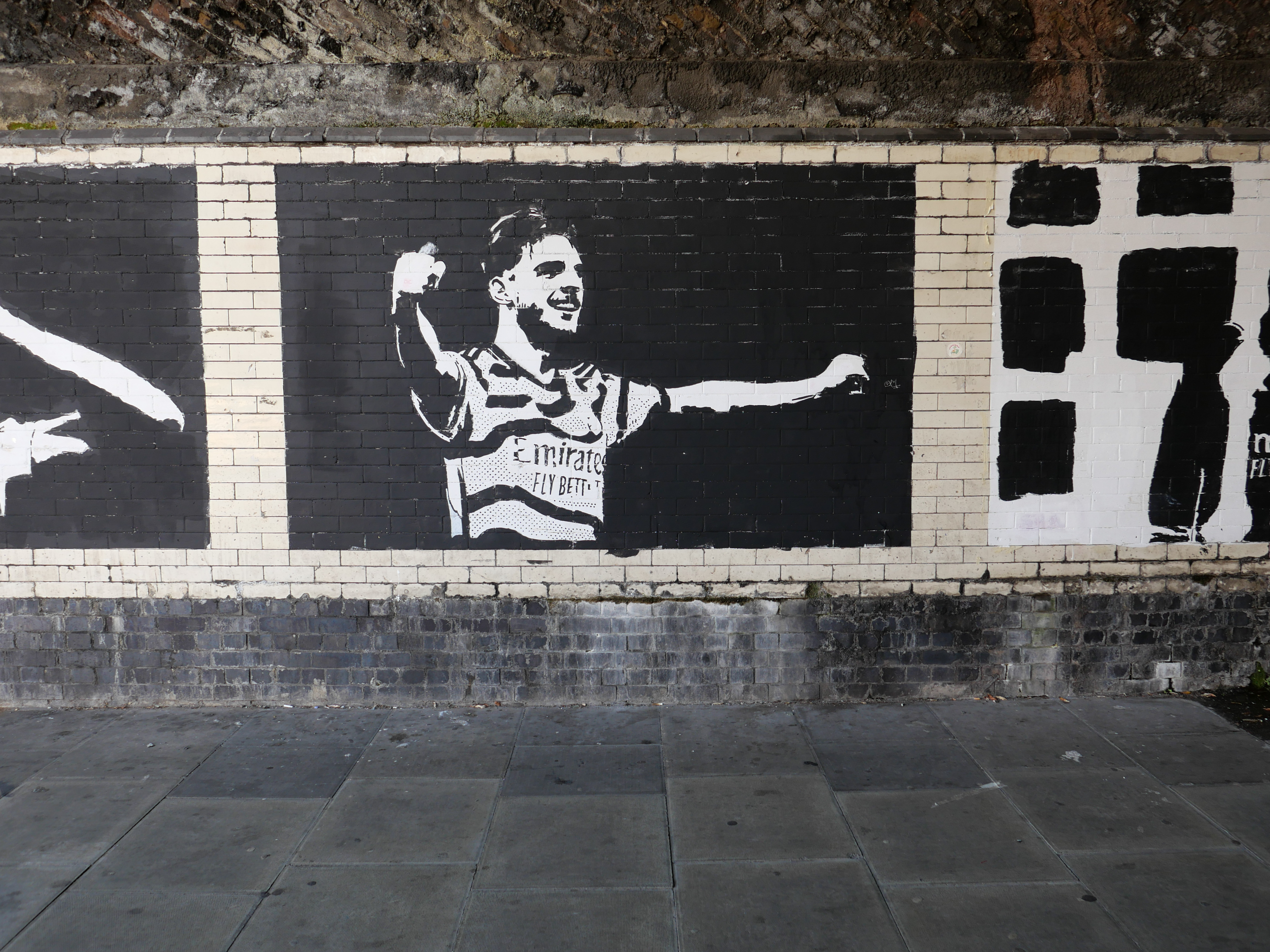
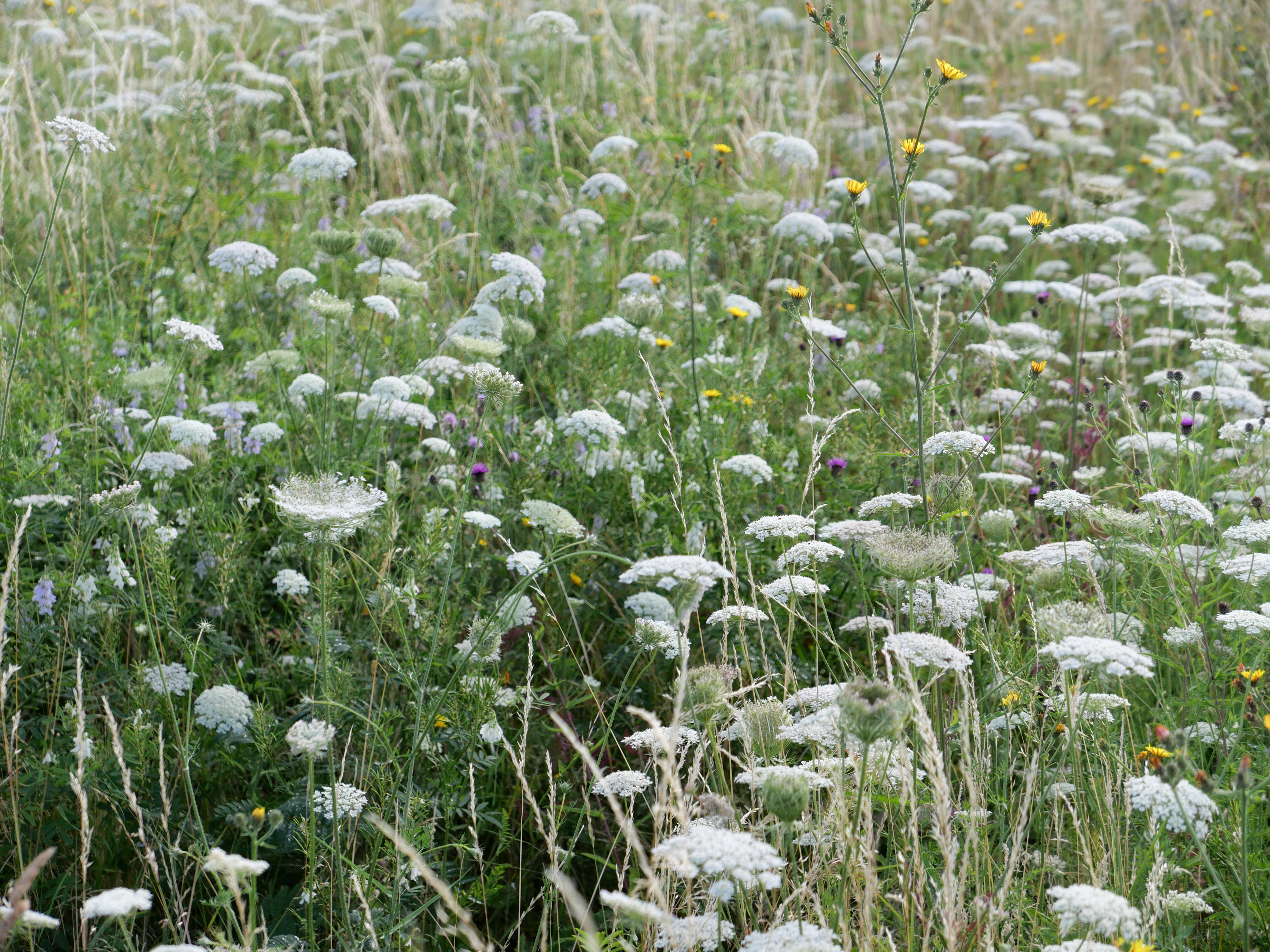
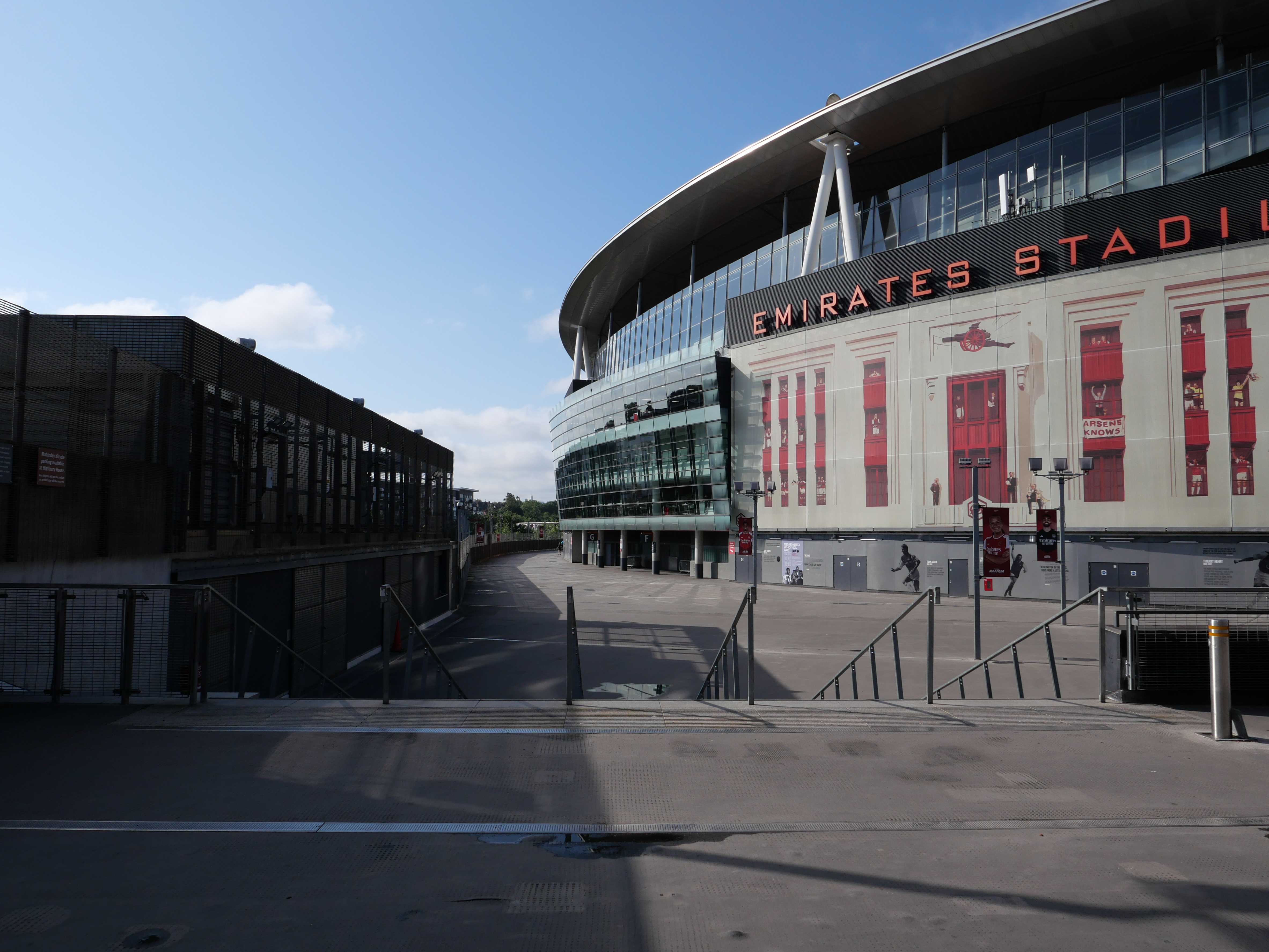
✅ You want a small fixed lens compact: The D-Lux 8 offers a sleek design coupled with compact zoom-lens versatility, catering to photographers seeking a simple user-friendly option.
✅ You shoot a lot for social: the camera is equipped with an aspect ratio switch on the lens that allows for quick transition between different formats such as 4:3, 16:9, and 1:1.
❌ You crop a lot: the 17MP sensor is limiting for cropping in close to subjects without losing a lot of detail.
❌ You want snappy focus: the focus is showing its age and it is not up to the more modern AF in the much pricier Q3.
If you just have to have a Leica, but your finances don't always agree, the Leica D-Lux 8 is the most affordable Leica you can buy. The D-Lux 8 is a compact camera that seamlessly blends a Leica's typical minimalist aesthetic with compact design and straightforward easy-to-use, making it an attractive option for photographers who value both portability and simplicity.
The camera builds on the foundations of the D-Lux 7 and Panasonic LX100 II although you won't find much has changed beyond design. A few things that are new to the D-Lux 8 are a re-designed rear panel and menu system, as well as an upgraded OLED electronic viewfinder (EVF).
Like any Leica, the D-Lux 8 can be characterized by its sleek, understated look, with a simplified control layout reminiscent of the Leica Q3. While this minimalist approach creates a clean and modern feel, it requires you to familiarize yourself with a lot of unmarked buttons, which is a bit counter to its straightforward simplicity.
Inside is the same 17MP sensor as the previous version, and while not the most megapixel-dense, the D-Lux 8 does deliver high-quality images that are ideal for everyday use and social media sharing. The lens is sharp and offers a decent zoom range that will cover most daily photographic opportunities with ease.
The D-Lux 8 also has an aspect ratio switch on the lens, which allows photographers to easily switch between formats like 4:3, 16:9, and 1:1. This is particularly useful for anyone who frequently posts on platforms such as Instagram, where precise framing is essential.
However, the D-Lux 8 is not without its limitations. Video is a weak spot, with poorer quality than rivals, paired with sluggish autofocus and a fixed screen. The 17MP sensor also limits the potential for extensive cropping. While the D-Lux 8 has Leica's image profiles, it only won't quite deliver the classic "Leica look" with the distinctive qualities of Leica's high-end lenses.
However, the Leica D-Lux 8 is a strong choice for those seeking a compact camera that offers both portability and Leica’s signature image quality – and all at a price that is actually affordable to many.
Read our full Leica D-Lux 8 review for more details
Features | The .DNG upgrade is welcome, but the D-Lux 8 lacks new features. | 4 / 5 |
Design | Stunning Leica design, new simplified menu, and lightweight premium compact. | 4 / 5 |
Performance | Stills are good with the 17MP sensor, but autofocus and video lag. | 3 / 5 |
Value | It's a Leica, not cheap but affordable for many; better options exist. | 3 / 5 |
Final thoughts
The Leica D-Lux 8 is the most affordable way into the Leica system, offering a sleek compact design, sharp zoom lens, and a pared-back control layout. It’s a stylish everyday shooter with strong stills performance, though video quality, autofocus, and the fixed screen leave room for improvement. While it doesn’t quite deliver the full “Leica look,” it’s a solid choice for those who want a taste of the brand without the premium price tag.
Best Leica instant camera
Specifications
Reasons to buy
Reasons to avoid
Sample images

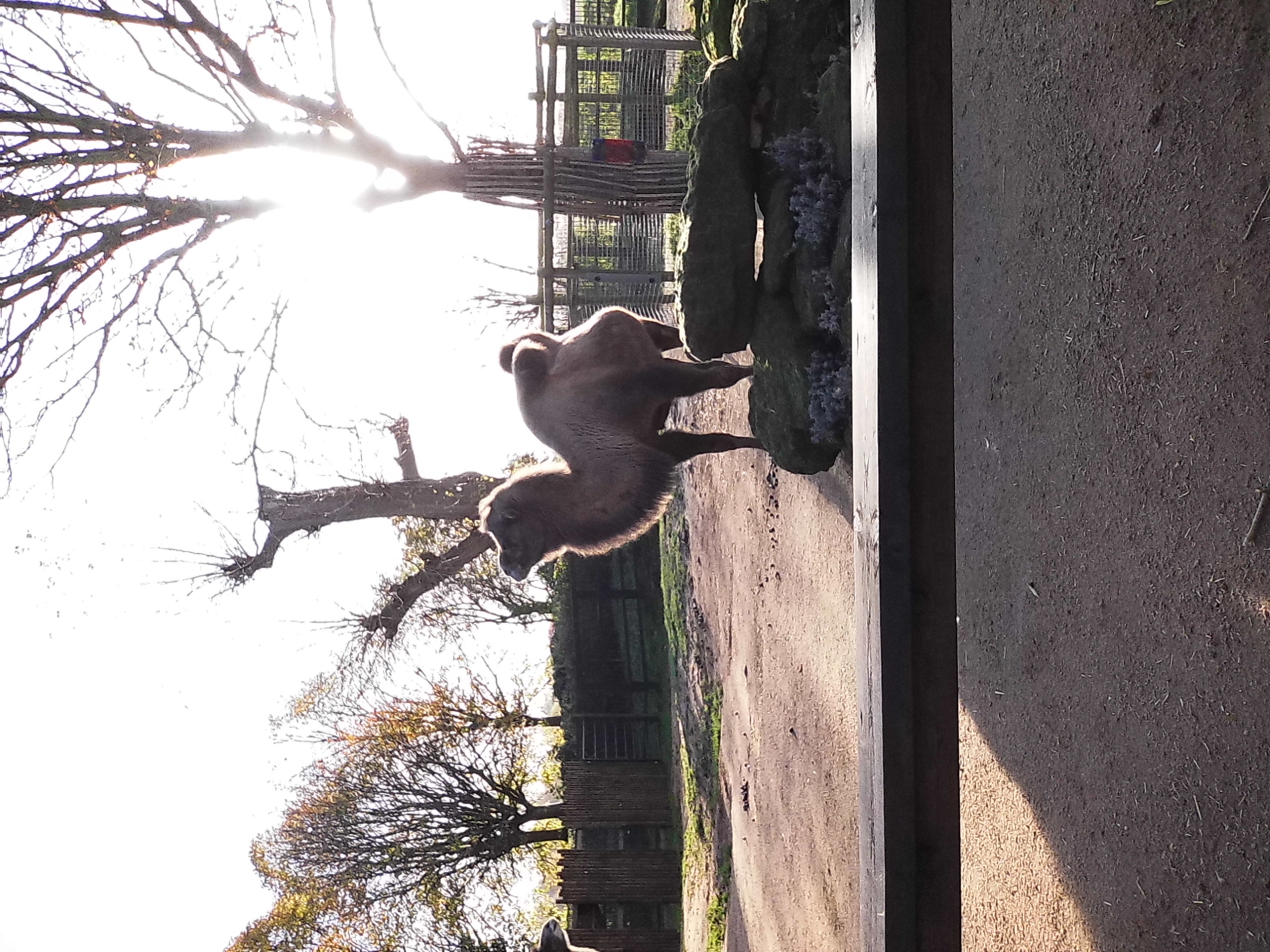

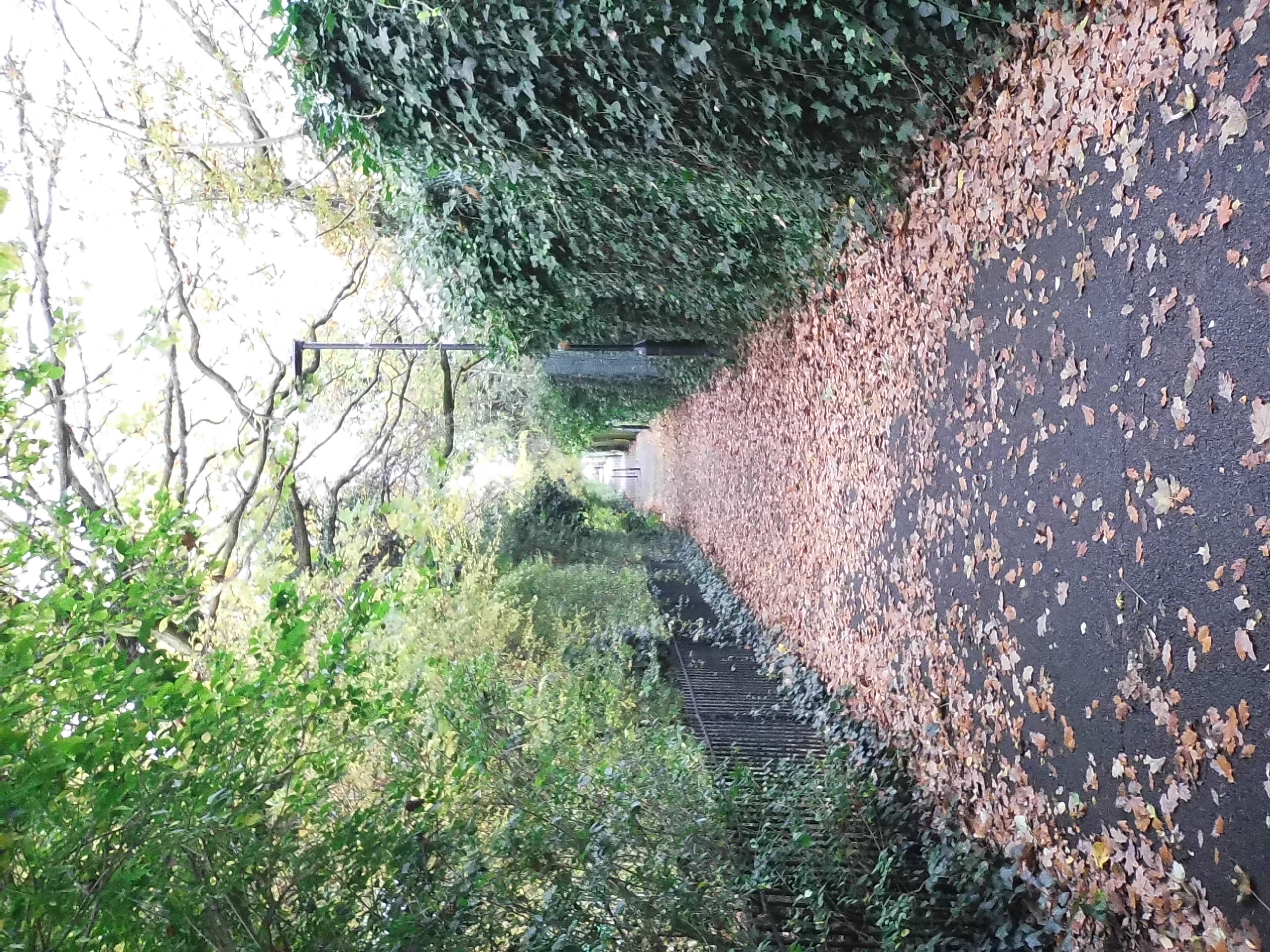
✅ You want the most stylish instant camera: the Sofort 2 distinguishes itself as the luxury instant camera, exuding an upscale aesthetic compared to Instax and Polaroid models.
✅ You also want digital versions of prints: as a hybrid camera, any photos taken with the Sofort 2 can be sent to your phone.
❌ Cost is a concern: you are reading this list, so this might not be an issue, but the Sofort 2 is much more expensive than an Instax Evo for the same thing.
❌ You want top quality: this is not a top choice for high-quality digital images or prints, with Instax being more for fun than perfection.
Leica does indeed offer an instant camera – the Sofort 2. However, aside from the sleek design and the iconic Leica Red Dot, this camera is virtually identical to the Instax Mini Evo. Both cameras use the same Instax Mini film and deliver similar performance.
So why would you buy the Sofort 2 over the Instax Mini Evo? If you’re focused solely on functionality, the Instax Mini Evo is a practical and budget-friendly choice. However, if you appreciate the craftsmanship, brand prestige, and unique design, the Sofort 2 might be worth the investment as it is significantly more expensive than Fuji's version.
But, in my opinion, the Sofort 2 is arguably the best-looking instant camera on the market today. Leica is renowned for its commitment to premium design, and the Sofort 2 exemplifies that with its compact and stylish form. The camera’s small size and smooth gloss finish on both the front and back give it a sophisticated, modern look that’s easy to carry and makes a statement.
However, like other hybrid instant cameras, the Sofort 2’s digital image quality doesn’t stand out, featuring only a 4.9MP sensor. I'd say it's more comparable to a webcam than an actual camera. But while this resolution may seem modest, it’s actually well-suited for producing charming Instax Mini prints.
And that is where the real appeal of the Sofort 2 lies – it's just fun to use, and a totally different photographic experience. This camera is perfect for parties, days out, family gatherings, or anywhere where it can be passed around for capturing and printing spontaneous, on-the-spot memories. In this regard, the Leica Sofort 2 is a class act, blending style and nostalgia in a way that few instant cameras can.
Read our full Leica Sofort 2 review for more details
Final thoughts
The Leica Sofort 2 may share its DNA with the Instax Mini Evo, but it stands apart with its premium design and unmistakable Leica styling. It’s more about charm and aesthetics than cutting-edge performance, with image quality that’s modest at best – but perfectly suited for Instax prints. While you're paying a premium for the red dot, the Sofort 2 is effortlessly stylish and a joy to use, making it one of the most fun and fashionable instant cameras out there.
Best 'affordable' mirrorless
Specifications
Reasons to buy
Reasons to avoid
Sample images

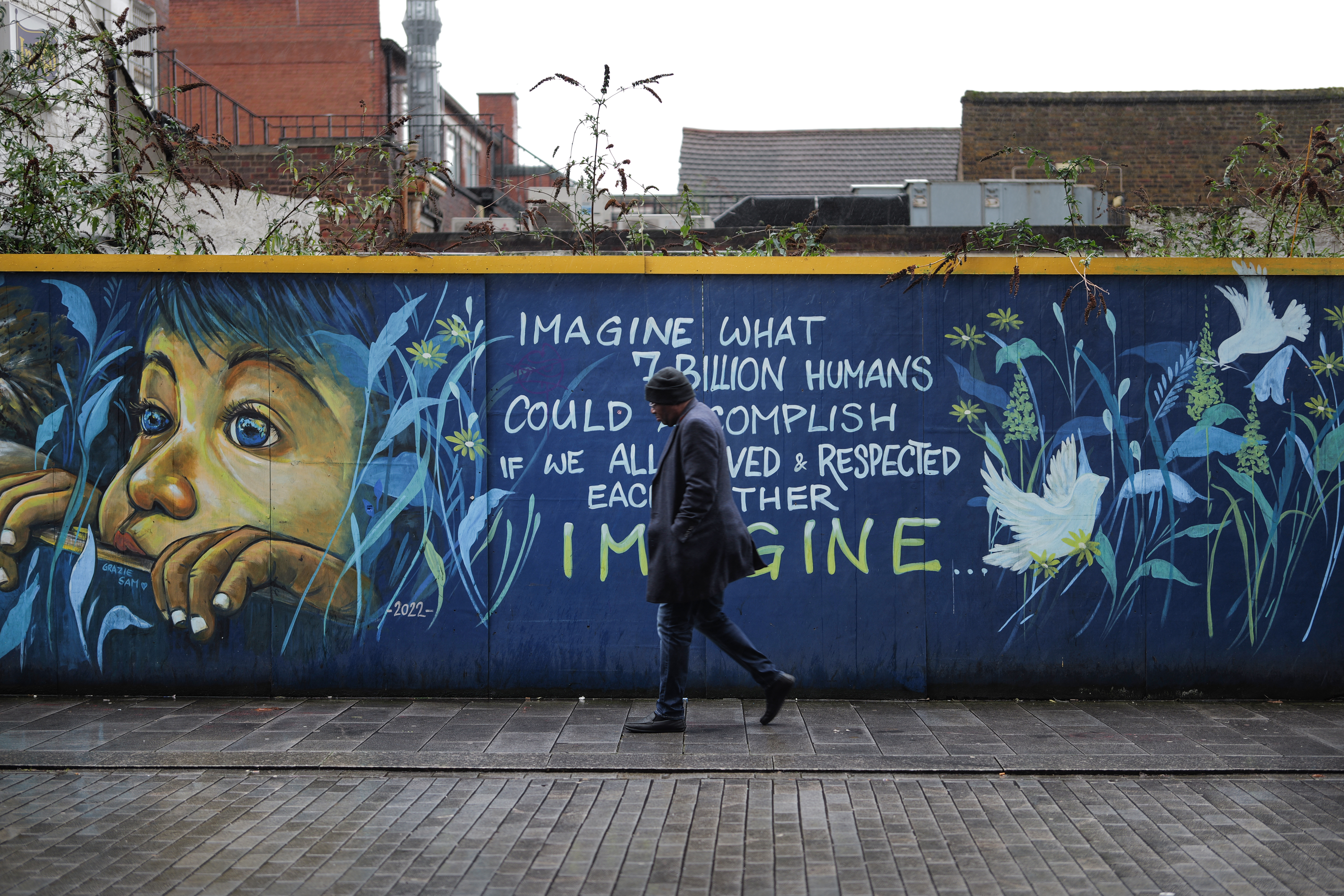
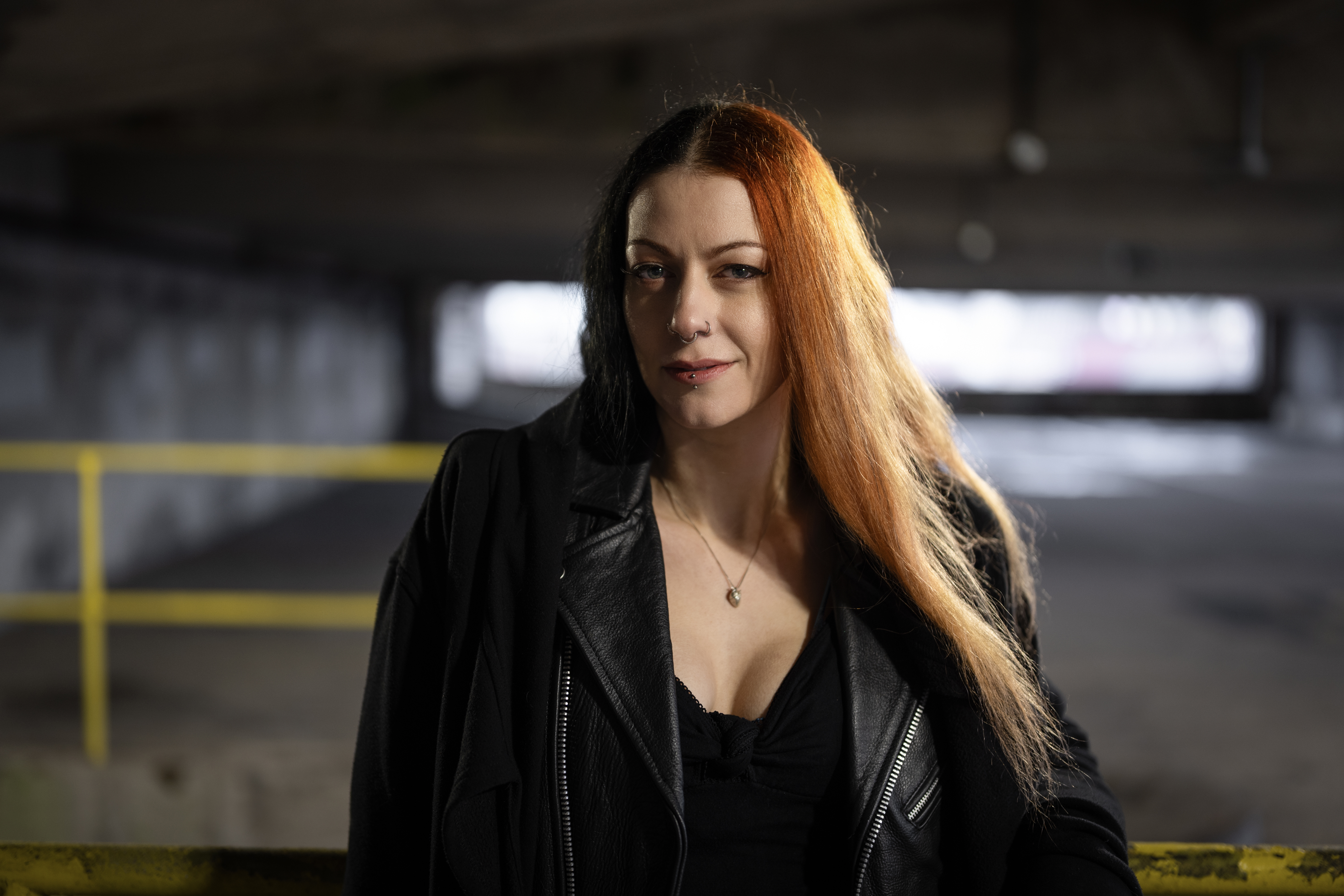
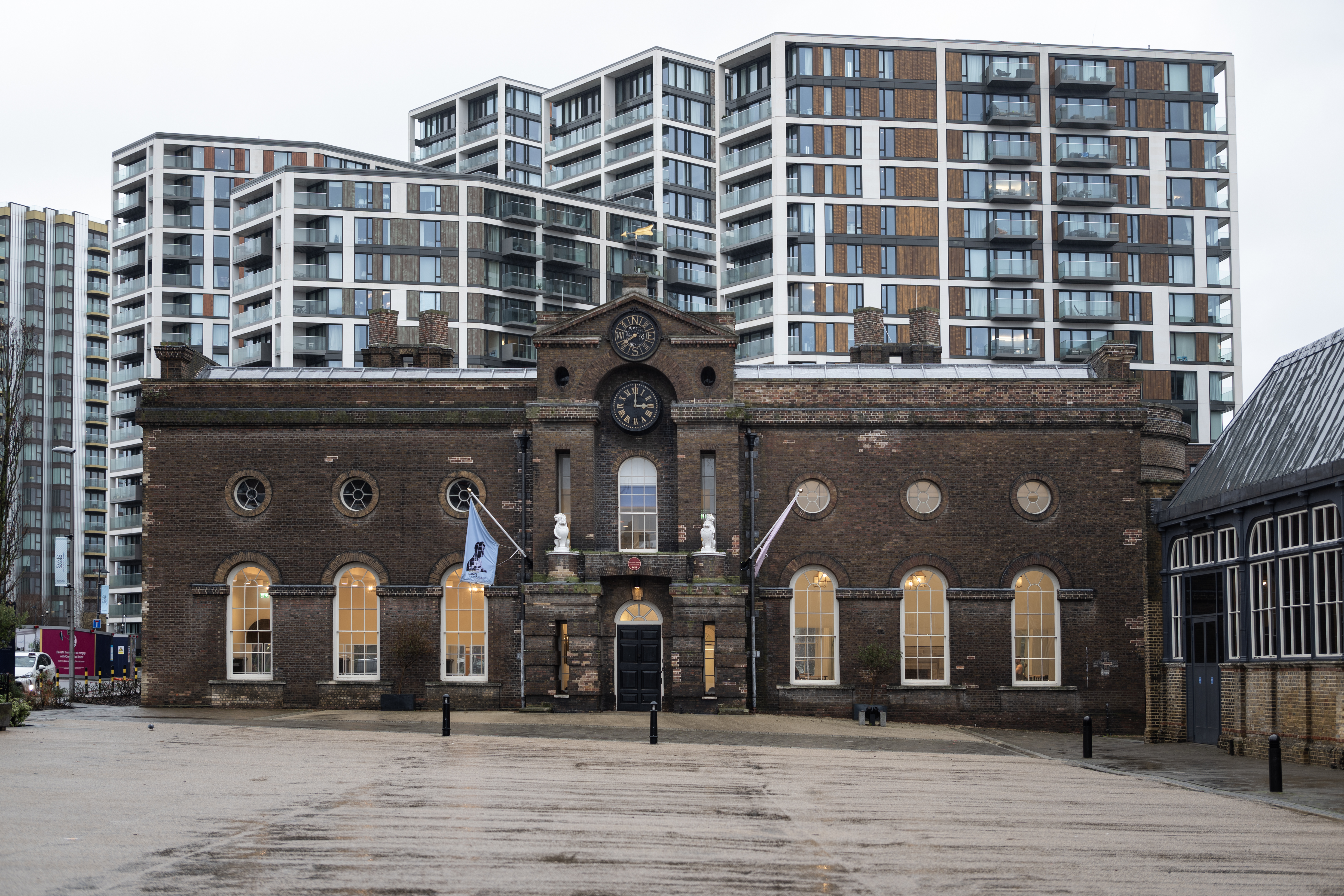
✅ You're on a 'budget': With 24MP stills and 6K open-gate video capabilities, this gets you the Leica brand in your hands for less than its big brother, the SL3.
✅ You're a content creator: Thanks to its ability to quickly switch between video and stills, this camera is every content creator's dream.
❌ You want 8K video: while the SL3-S has more superior video functions than its bigger brother the SL3, the SL3-S does lack 8K recording.
❌ You want a small camera: While the SL2-S doesn't have a built-in camera grip it is a big camera, something fixed with the SL3.
The Leica SL3-S is a triumph for the red dot brand, reinforcing its commitment to a mirrorless system that evolves leaps and bounds with each generation. It’s easy to forget that the SL2-S—and even the SL2—had a fixed screen and an autofocus system that was, at best, frustrating. The SL3-S, by contrast (and phase), is a confident, capable machine that not only delivers exceptional stills but also unlocks a wealth of creative potential for videographers.
At its core, the new backside-illuminated sensor produces some of the best image quality seen in a 24MP body, outshining hybrid rivals in dynamic range and low-light performance. While its resolution is lower than the SL3’s 60MP, it still offers pixel shift for up to 96MP, and its blistering 30fps burst shooting leaves the SL3’s 7fps in the dust. Video capabilities are another standout feature—topping out at 6K instead of 8K, yet vastly superior overall, including the increasingly sought-after ability to shoot in open gate.
Though it shares some DNA with the Lumix S5 IIX, the SL3-S delivers meaningful improvements, particularly in noise handling and dynamic range. It ranks among the best hybrid cameras available, and if the price of entry doesn’t deter you, the SL3-S is an absolute joy to use—an inspiring, luxurious tool that makes you want to pick it up and create.
Read our full Leica SL3-S review for more details
| Header Cell - Column 0 | Notes | Score |
|---|---|---|
Features | 24MP stills, 6K Open-gate recording, and blistering AF | 5 / 5 |
Build & handling | Weather-sealed, fast fps, feels great in the hands, but might be bigger than some expect | 4.5 / 5 |
Performance | with 24MP stills and 6K video the SL3-S is the perfect camera for Content Creators | 5 / 5 |
Value | One of the most "affordable" Leica's on the market, but still more costly than rivals | 4.5 / 5 |
Final thoughts
The Leica SL3-S is a serious step forward, combining superb stills performance with video features that rival dedicated cinema cameras. Its 24MP sensor delivers stunning image quality, especially in low light, and the 30fps burst rate and pixel shift mode give it real versatility. While it tops out at 6K video, the overall quality and open gate shooting make it a standout hybrid. It’s not cheap, but for those who want a beautifully built tool that inspires creativity, the SL3-S is one of Leica’s most accomplished cameras yet.
Best for AI-protection
Specifications
Reasons to buy
Reasons to avoid
Sample images



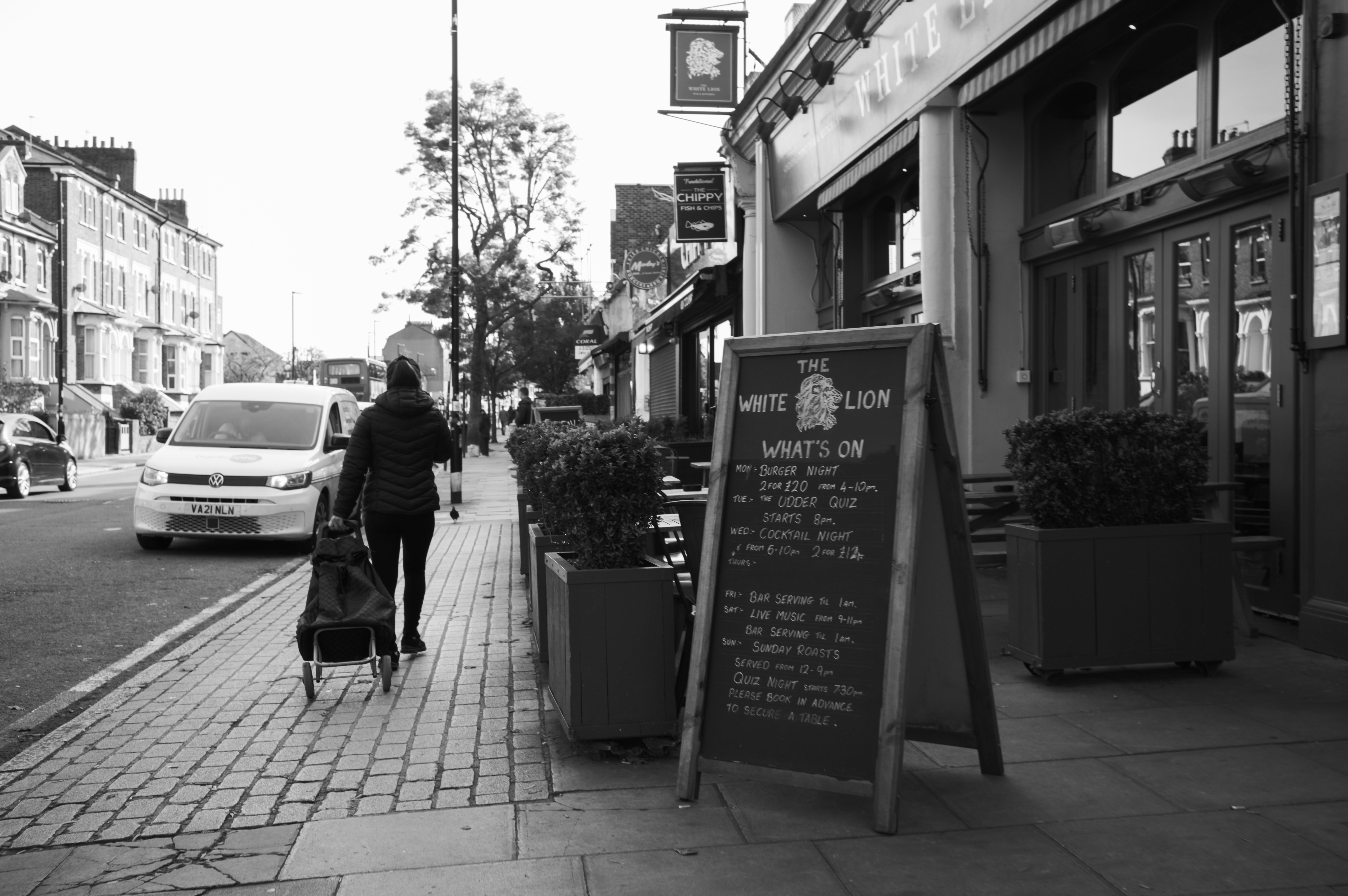
✅ You want AI protection: The M11-P comes equipped with Leica Content Credentials that allows users and picture editors to see the process from capture, editing, and distribution, authenticating every image.
✅ You want the best Leica camera on the market: The M11-P takes all the best bits from the M11 and adds upon them to deliver the best Leica-M experience possible
❌ You're going to rely on Content Credentials: Content Credentials workarounds seem easy to manipulate at the current time, so you might have to make other workflows.
❌ You want to shoot lots of video: While being the top-of-the-lime Leica M-system camera, those wanting to have the ability to shoot video too are omitted - only still capabilities here
The Leica M11-P continues Leica's blend of classic style and cutting-edge technology. In terms of aesthetics, it takes inspiration from the sleek, minimalist design of the Leica M11 Monochrom, without the usual iconic red dot offering a more understated look that appeals to discerning photographers who want to go unclocked on the street.
However, it isn't just about appearances. Inside, the M11-P mirrors the Leica M11, guaranteeing the same exceptional image quality that we loved in the original M11 model, with Leica's 60MP color sensor, with its triple-resolution tech offering big detailed photos.
What really makes the M11-P notable is the introduction of its content authentication component called Lecia Content Credentials, which could yet prove to be a very valuable weapon in the ongoing battle against AI-generated image manipulation. However, its effectiveness in countering this currently appears somewhat vulnerable to those with ill intentions, although it is very early doors for the technology, so it will be interesting to see how it evolves as it is more widely adopted.
If you want an even more pure photographic experience, you can also consider the Leica M11-D, which does away with the rear LCD screen entirely to let you focus on immersive viewfinder shooting. It makes the process of reviewing your images mid-shoot a bit fiddly, requiring use of your smartphone. But of course, this hearkens back to the film photography days when doing so literally wasn't an option at all. Bear in mind also that it is slightly more expensive than the M11-P.
Read our full Leica M11-P review for more details
| Header Cell - Column 0 | Notes | Score |
|---|---|---|
Features | 60-megapixesl, 256GB internal memory, Leica red dot removed, added Leica Content Credentials | 5 / 5 |
Build & handling | Solid build with aesthetic changes to be more stealthy on the streets | 4 / 5 |
Performance | Same as Leica M11 - versatile choice between 60, 36, and 18 MP images all using the full sensor | 4.5 / 5 |
Value | Rather pricey, with limited updates from the M11 | 3.5 / 5 |
Final thoughts
The Leica M11-P takes everything that made the M11 great and gives it a stealthier, more refined finish - ditching the red dot for a low-key look that street photographers will love. It delivers the same superb image quality thanks to the 60MP sensor, but adds Leica’s new Content Credentials tech, a step toward tackling image authenticity in the AI era. It’s early days for the feature, but it’s a promising move. If you’re after an even more stripped-back experience, the screenless M11-D is also worth a look - though it comes at a higher price.
Best mechanical camera
Specifications
Reasons to buy
Reasons to avoid
Sample images
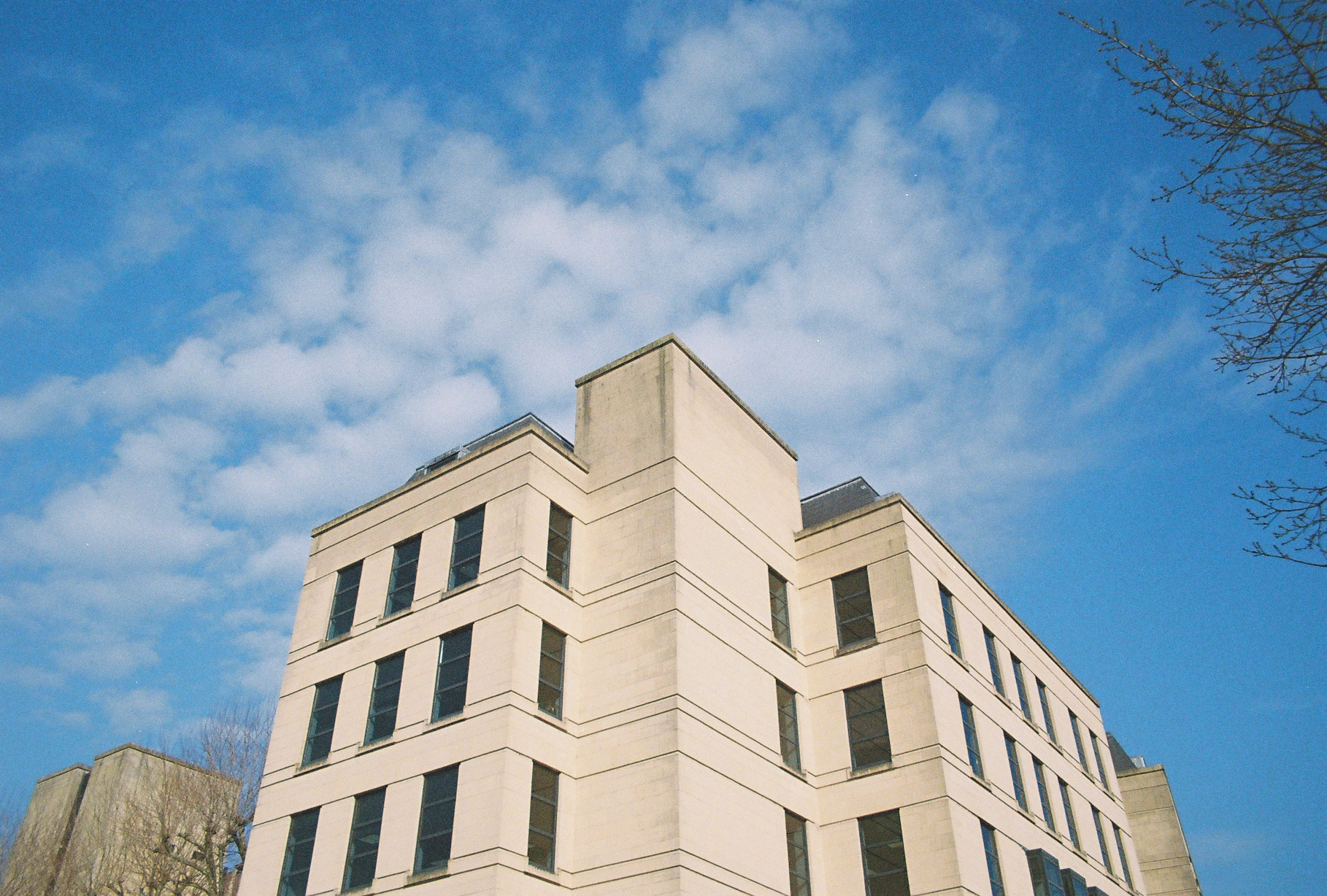
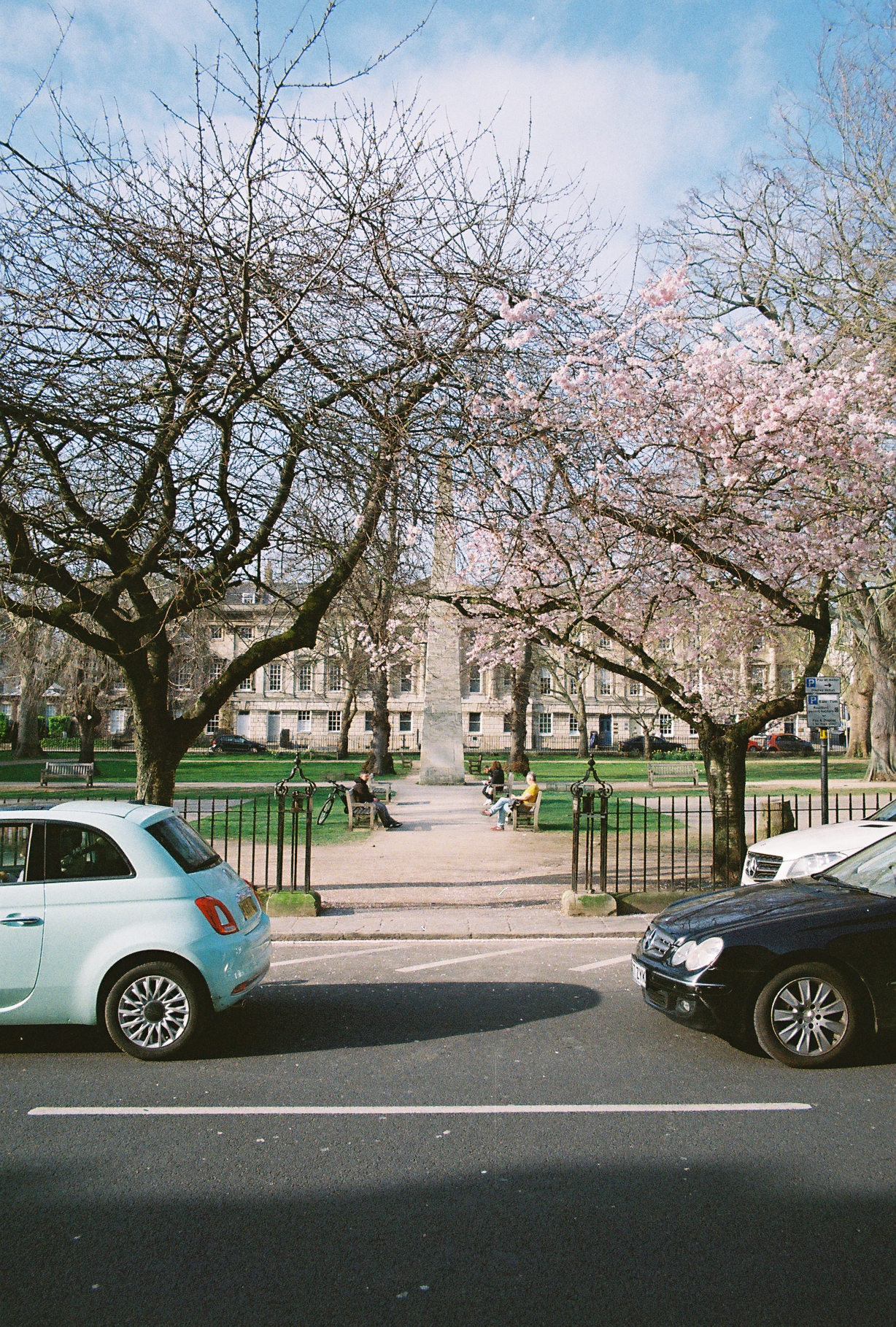
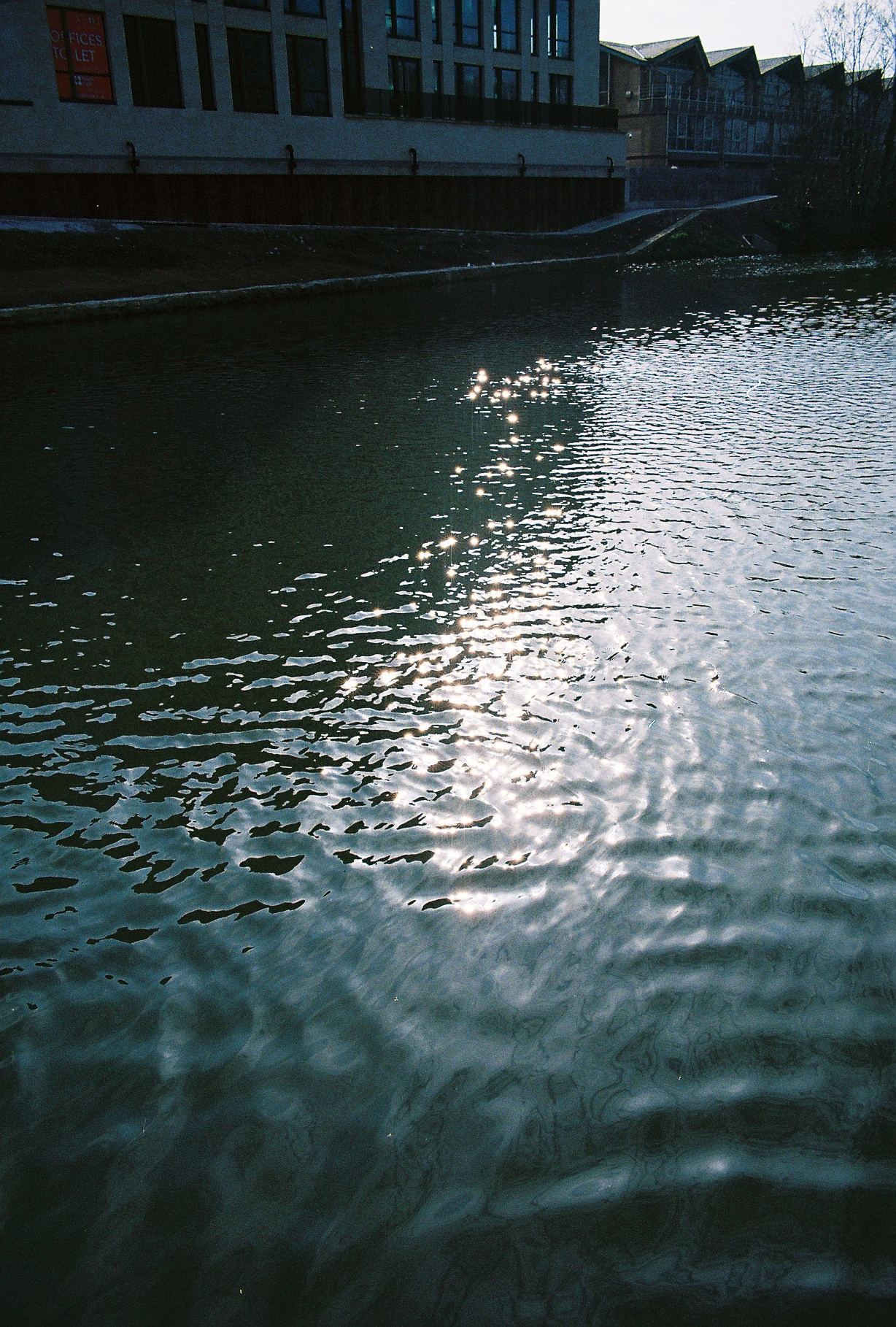
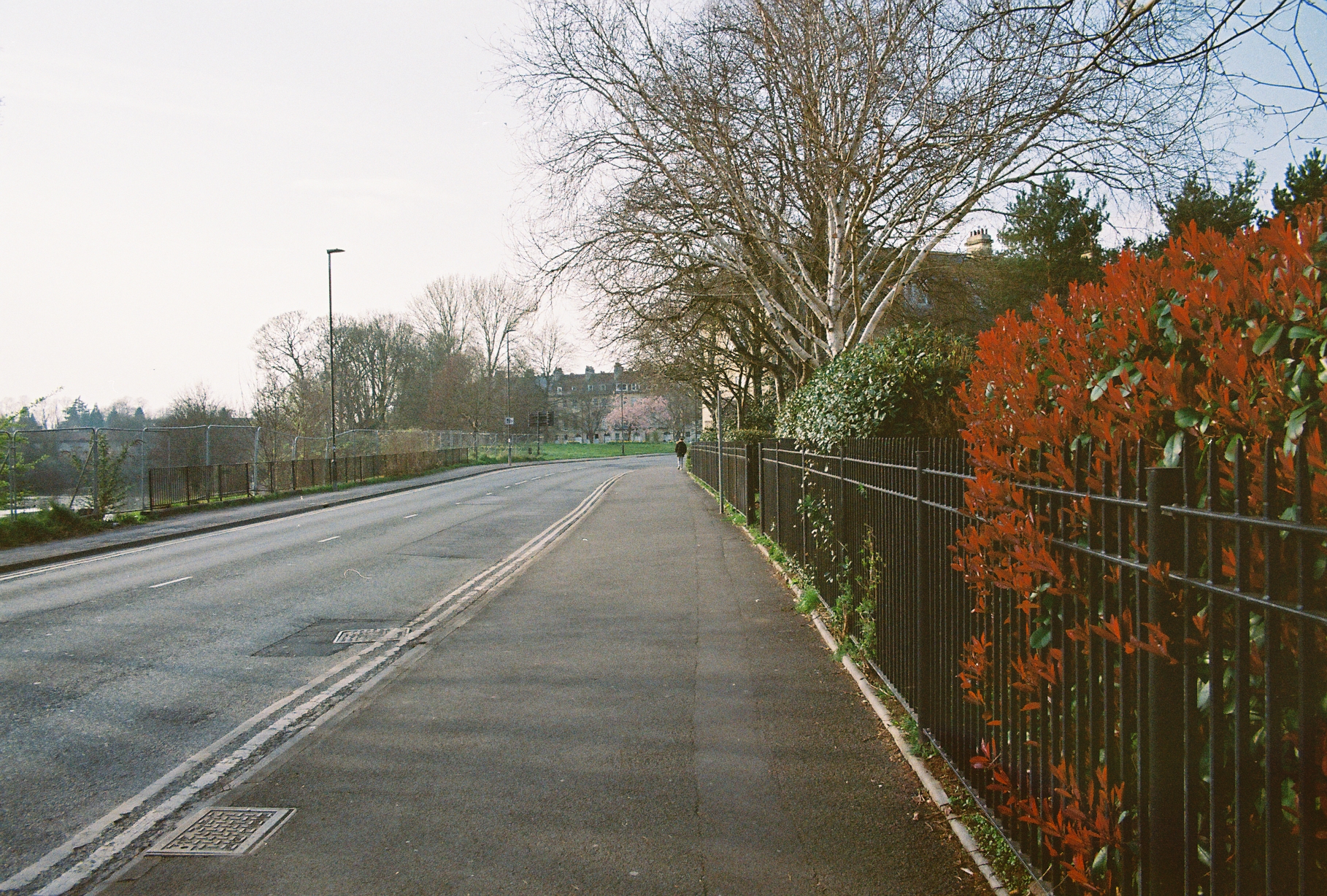
✅ You want a new film camera: With many film cameras being very old and not knowing their previous history it is always good to buy new - something that Leica only offers at the moment.
✅ You love mechanical cameras: The Leica M-A is the pinnacle of mechanical perfection, no lightmeter, no battery just a pure photography experience.
❌ You want a light meter: If you heavily rely on a light meter in your analog photography work then you either have to learn Sunny 16 or buy a spot meter.
❌ You're new to photography: While we all love to buy ourselves nice things, I'd learn the basics first before splashing the cash and jumping in at a full manual camera
When it comes to Leica M rangefinders, opinions are all over the map, and I've found myself right in the middle of the debate. Some folks argue they're overpriced relics from a bygone era, while others see them as masterpieces of engineering, timeless in their perfection.
Admittedly, using M rangefinders can be a bit of a learning curve. Rangefinder focusing requires precision and practice, and let's not even get started on the hefty price tags attached to Leica lenses. But for those of us who appreciate the simplicity of film photography, the M-A delivers exactly what we're after.
With the M-A, you're stripped down to the basics. You're in charge of exposure, settings, and focus – no automatic features here. But for die-hard Leica M enthusiasts like myself, that's the essence of true photography. It's about getting back to the roots of the craft and connecting with every aspect of the process.
Read our full Leica M-A review for more details
| Header Cell - Column 0 | Notes | Score |
|---|---|---|
Features | Mechanical perfection, pure analog experience | 5 / 5 |
Build & handling | Built to a phenomenal standard, super feel in the hands, film advance is wonderfully smooth, rapid load system | 5 / 5 |
Performance | Frome black and white to color film the Leica M-A is the dream camera of many analog shooters | 5 / 5 |
Value | Costly for a manual film camera, but there arent many companies making new ones like Leica | 4 / 5 |
Final thoughts
The Leica M-A is as pure as photography gets – fully mechanical, with no meter, no screen, and no automation. It demands patience and precision, but for those who love the tactile, deliberate process of shooting on film, it’s a joy. Rangefinder focusing takes practice, and Leica lenses aren’t cheap, but the M-A is built for those who value simplicity, craftsmanship, and total control. It’s not for everyone, but for die-hard M shooters, it’s the Leica experience in its most essential form.
Best film camera
Specifications
Reasons to buy
Reasons to avoid
Sample images
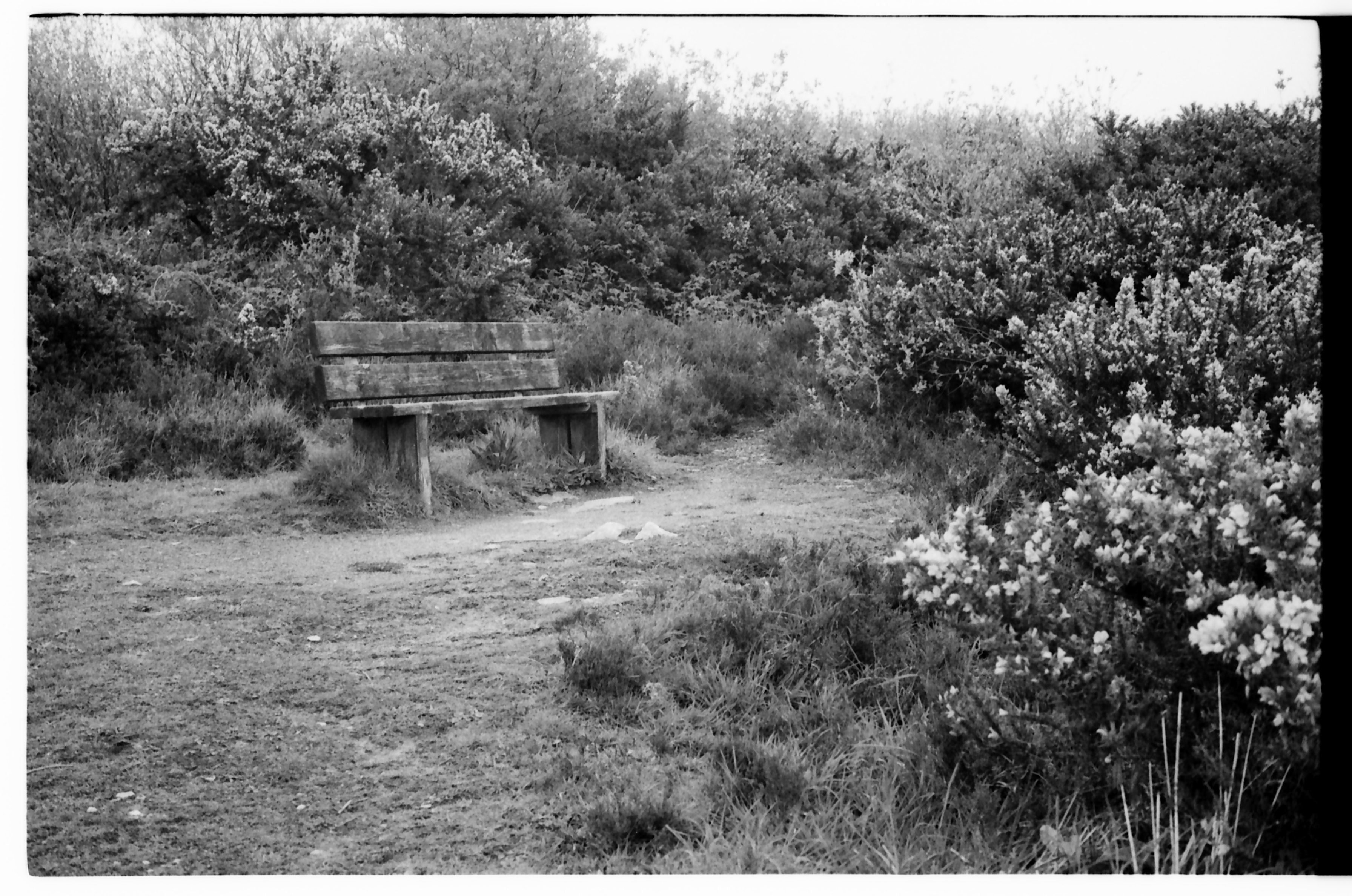


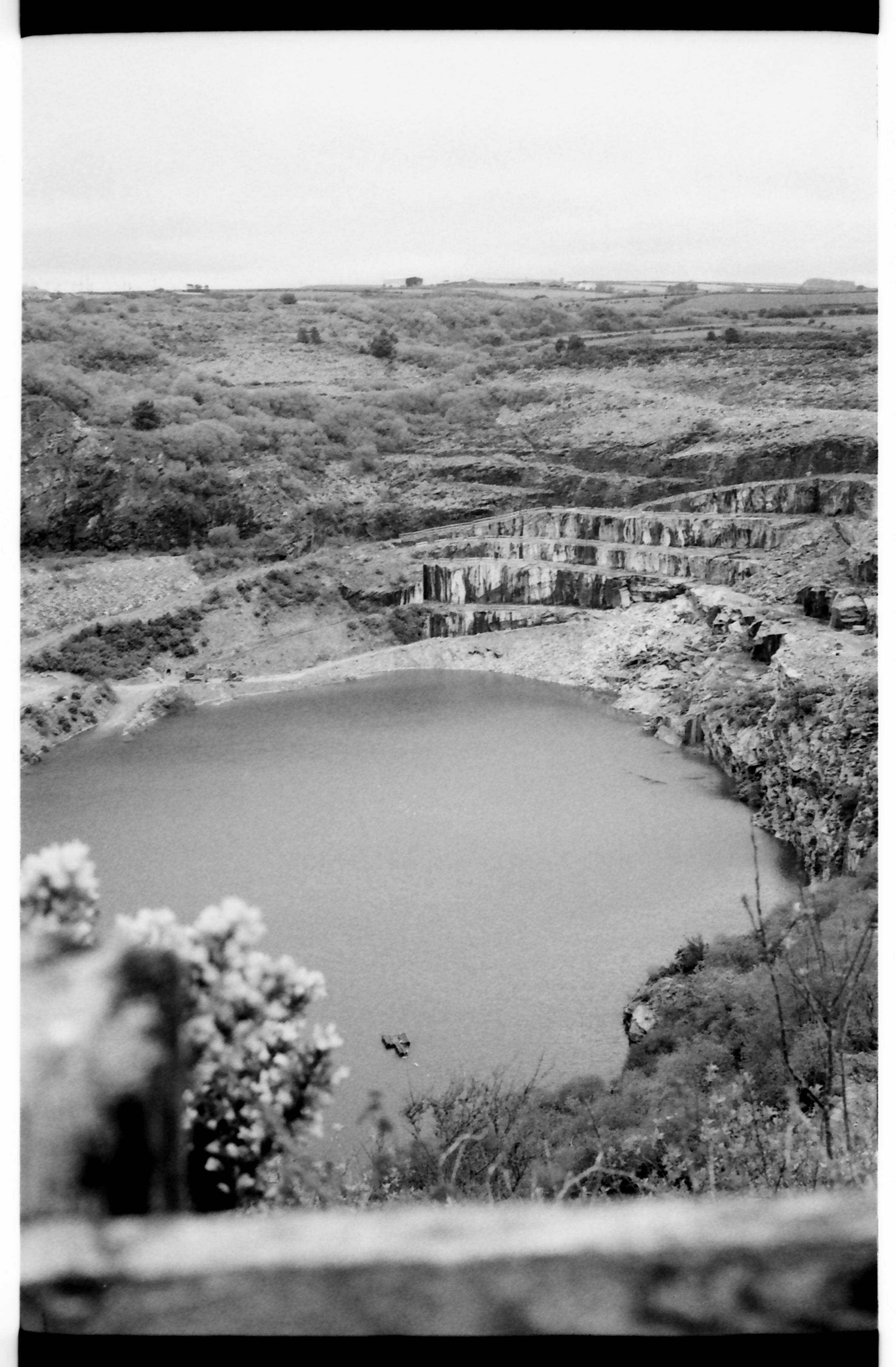
✅ You want a new film camera with a light meter: Many film cameras are very old now, and their light meters are inaccurate by modern standards - this is the best Leica makes.
✅ You love mechanical cameras: The Leica MP runs with the "mechanical perfection" motto offering a pure photography experience with the additional benefit of it s built-in lightmeter
❌ You're on a budget: the Leica MP is the top model of Leica's film cameras, and that means it will cost you a small fortune to own!
❌ You're a beginner: at the price, and its mechanical ethos, it might not be the best match for beginners
The Leica MP offers an immersive and rewarding shooting experience. Its manual controls and mechanical feedback provide a tactile and engaging process, allowing photographers to feel deeply connected to their craft.
With unparalleled handling and performance, the Leica MP appeals to both analog enthusiasts and professional photographers. Its robust construction, intuitive controls, precise rangefinder, and reliable mechanical operation create a camera that is both a joy to use and capable of producing outstanding photographic results.
While there are minor quirks, such as the front battery door and the absence of a shutter lock, these are easily overshadowed by the camera's overall excellence. For those dedicated to the art of film photography, the Leica MP is a timeless investment, promising a lifetime of exceptional performance.
Read our full Leica MP review for more details
| Header Cell - Column 0 | Notes | Score |
|---|---|---|
Features | Pure photography at its finest | 5 / 5 |
Build & handling | Its timeless design hasn't changed since the 1950's, but the battery door at the front can be tricky to get used too | 4 / 5 |
Performance | This is one of the finest photography experiences around, but it comes at a great cost | 4 / 5 |
Value | It's built quality is legendary, and its design is an icon, but it will cost you a fortune - but it will be worth every penny! | 5 / 5 |
Final thoughts
The Leica MP is a masterclass in mechanical precision, offering a deeply tactile and immersive film shooting experience. Built to last a lifetime, its intuitive controls, flawless rangefinder, and solid construction make it a favourite among analog purists and working professionals alike. Minor quirks aside, the MP delivers everything you'd want from a film Leica – simplicity, reliability, and that unmistakable connection between photographer and camera.
Best digital/analog experience

Specifications
Reasons to buy
Reasons to avoid
Sample images

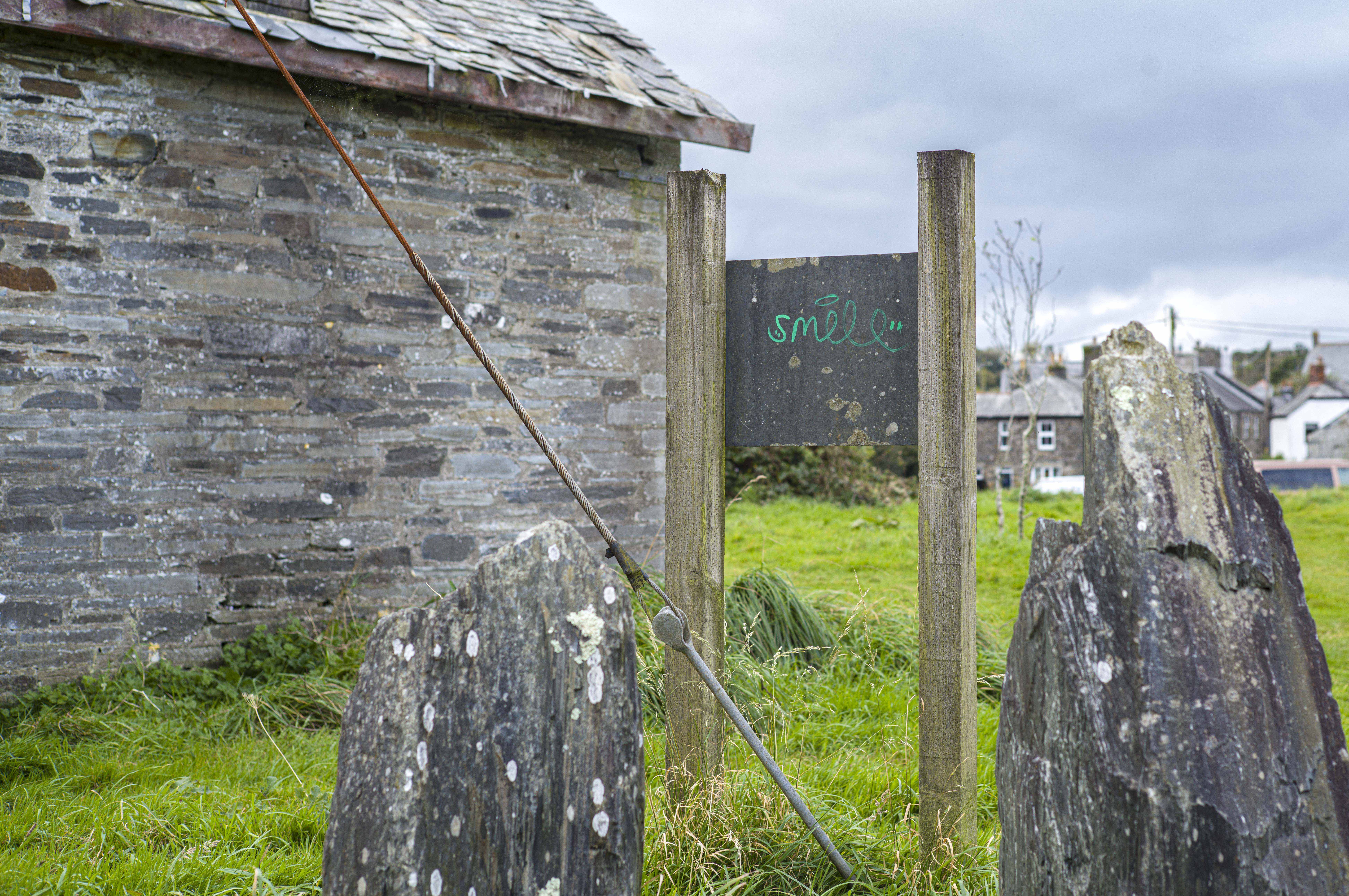

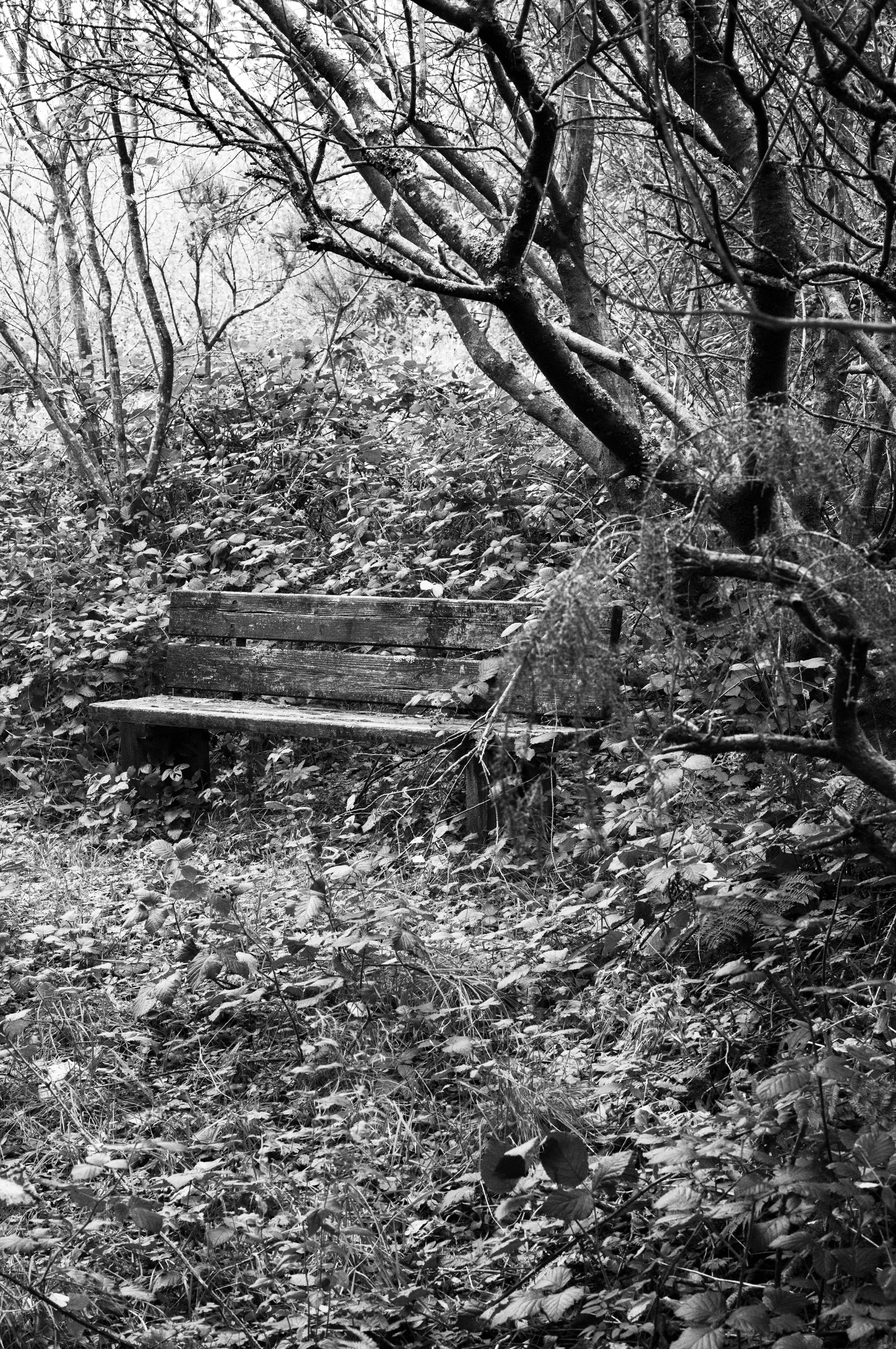
✅ You want an "analog experience": With the rear LCD removed you get a true feeling of shooting a film camera, but with the convivence of digital files
✅ You want to be unique: The M11-D is as unique and "unusual" as it gets with any camera, but its style speaks wonders!
❌ You want an LCD: The lack of a rear screen does make changing internal settings more tricky
❌ You don't want to use your phone: The M11-D relies on a phone and the Leica Fotos app to preview images, and this extra step could be a hassle for some users
The Leica M11-D is more than a variation of the M11 series—it’s a bold statement. In a world where digital cameras are packed with features designed for instant gratification, the M11-D challenges you to slow down and reconnect with the craft of photography.
By eliminating the rear LCD screen, Leica encourages you to trust your instincts and hone your skills, much like shooting with classic film cameras. This deliberate approach creates a uniquely immersive experience, focusing entirely on the moment and the art of image-making.
Leica also pushes boundaries with the inclusion of content credentials under the Content Authenticity Initiative (CAI). This forward-thinking feature underscores the brand’s commitment to combating digital image manipulation in an age of AI, laying the groundwork for a future where image authenticity is paramount.
The M11-D isn’t for everyone. It’s not for those who prioritize convenience, speed, or instant image review. But for purists who value a mindful, intentional approach to photography, it’s nothing short of a dream.
Read our full Leica M11-D review for more details
| Header Cell - Column 0 | Notes | Score |
|---|---|---|
Features | ISO-dial replaces LCD Screen, 60-megapixesl, 256GB internal memory, Leica red dot removed, connectivity to Leica FOTOS app | 5 / 5 |
Build & handling | Sturdy construction with subtle aesthetic tweaks for a more discreet, street-friendly look offering a true analog experience | 5 / 5 |
Performance | Same as Leica M11-P - versatile choice between 60, 36, and 18MP images all using the full sensor, great connectivity through Leica FOTODS app | 4.5 / 5 |
Value | It is pricey - but I think its worth every penny with you want a true analog experience in the digital age | 4 / 5 |
Final thoughts
The Leica M11-D strips digital photography down to its bare essentials - no screen, no distractions, just you and the moment. It’s a camera that rewards instinct and intention, echoing the experience of shooting film. With the addition of content credentials, it also nods to the future of image authenticity. It won’t suit those who want instant feedback, but for purists who crave a focused, immersive way of working, the M11-D is as close to perfection as it gets.
Best natural perspective
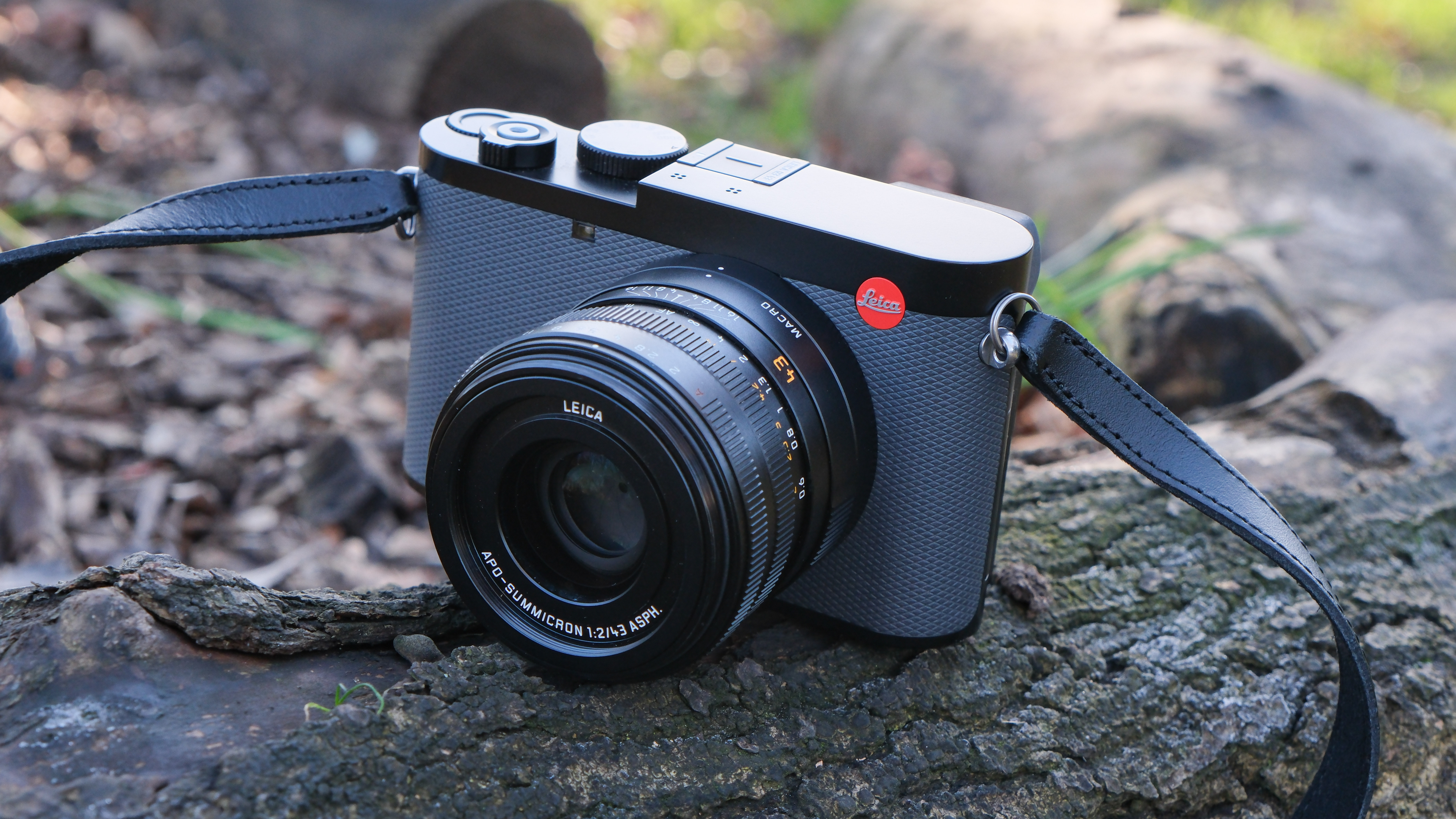
Specifications
Reasons to buy
Reasons to avoid
Sample images

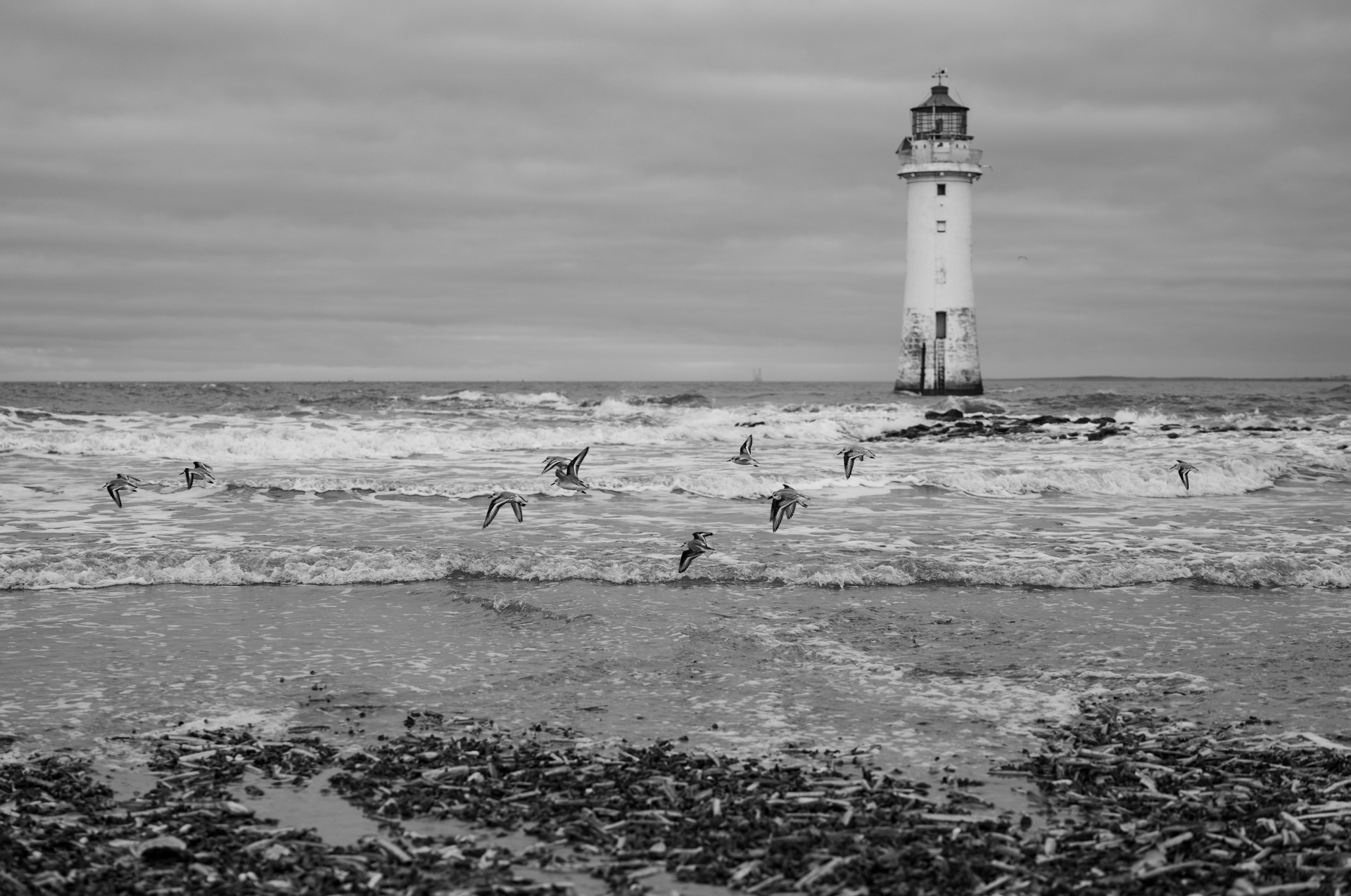
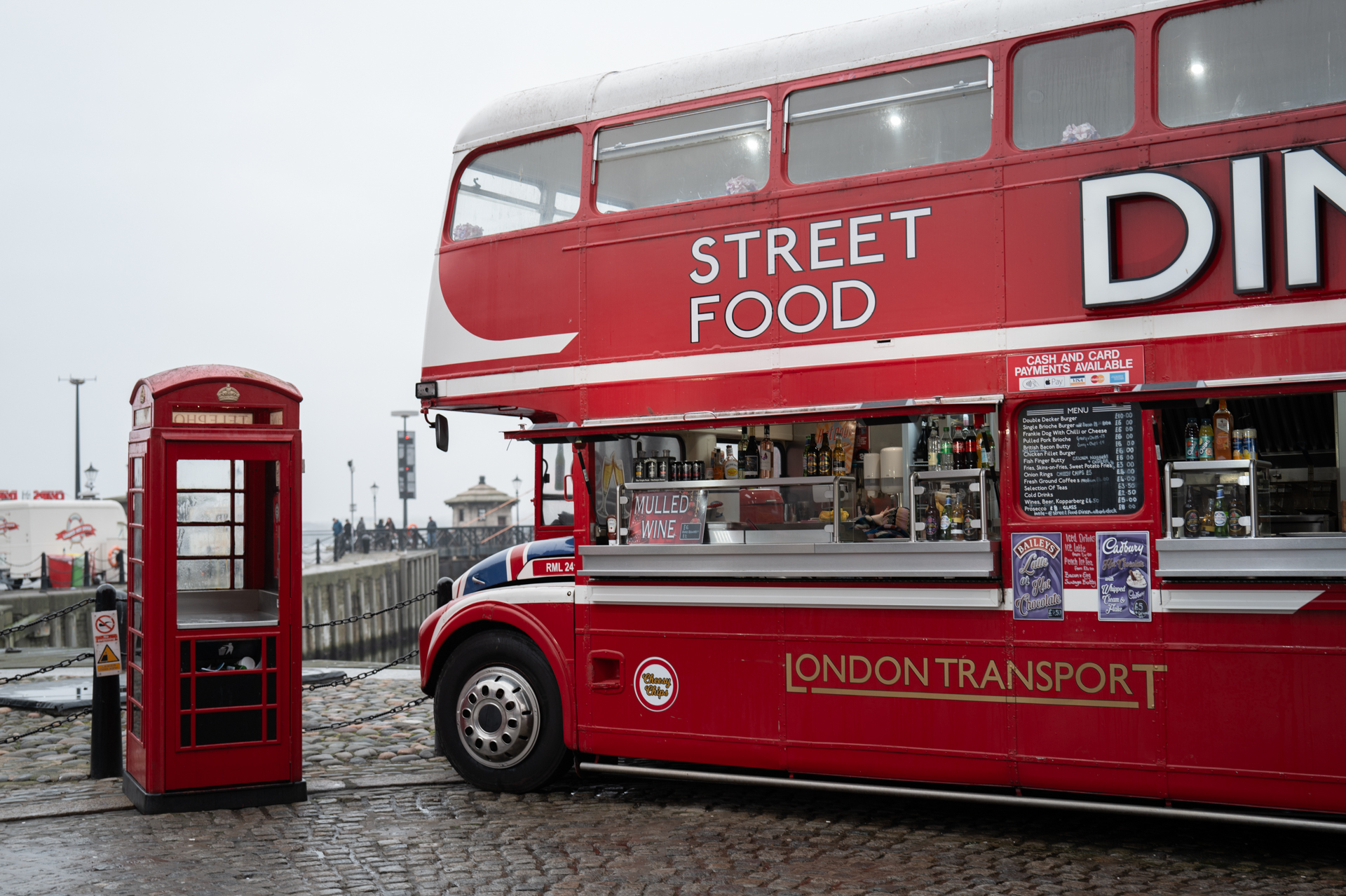
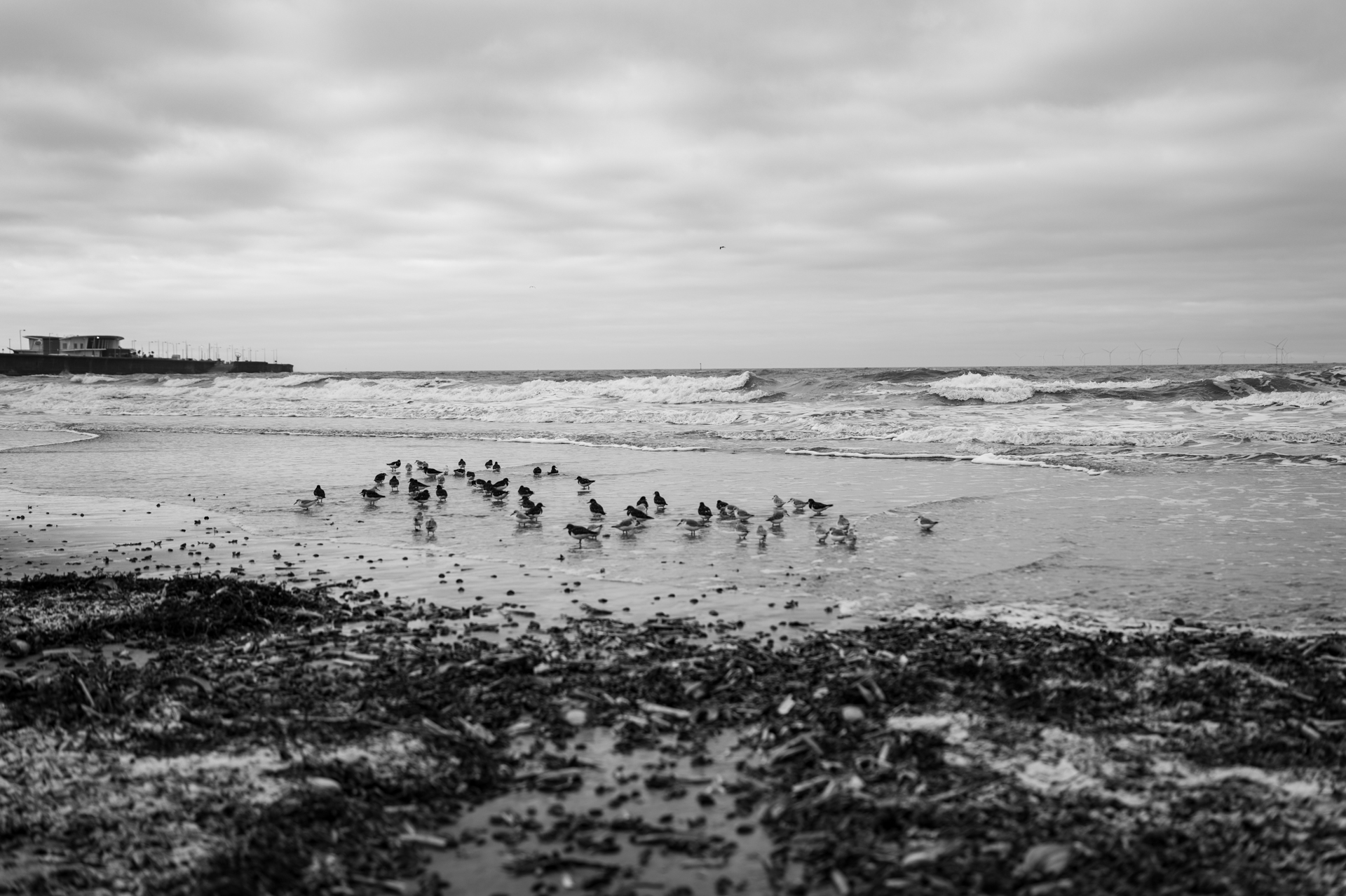
✅ You want natural-looking images: with its 43mm lens the Q3 43 is designed to offer you images how your eyes see the frame, offering a more natural look
✅ You want the latest "in fashion" camera: Thanks to the massive media spike in Leica cameras the Leica Q3 43 has become an 'on-tend' camera
❌ You're on a budget: While it might be the perfect camera for many its price tag means only some can afford it
❌ You want to shoot other focal lengths: With its fixed 43mm lens you can't to a wider field-of-view, or you're stuck with cropping if you want to get close
Much like its predecessor, the Leica Q3 43 has won me over. The combination of the Q3’s impressive sensor with the new 43mm lens produces images with stunning detail. Even when utilizing the digital zoom crop function, photos cropped to 120mm or even 150mm remain remarkably usable—effectively simulating multiple focal lengths. Since the raw files retain the full image, there’s no pressure to get the crop perfect in-camera.
The images are unmistakably Leica. The way the lens renders scenes, paired with Leica’s signature color tuning or monochrome profiles, results in photos with a distinct, timeless quality. However, the Q3 43 isn’t the most comfortable camera to hold. With little to no built-in grip, investing in the official Leica grip becomes almost a necessity for better handling.
For those aspiring to own a Leica, this (alongside the standard Q3) represents the most accessible entry point into the brand’s world. That said, “accessible” doesn’t mean inexpensive—it’s still a Leica, after all. At its price, you could nearly purchase two Nikon Z8 bodies. But considering the build quality and the breathtaking images it produces, the Q3 43 almost justifies its cost.
Read our full Leica Q3 43 review for more details
| Header Cell - Column 0 | Notes | Score |
|---|---|---|
Features | Compact(ish) camera sporting a 60MP full frame sensor, and Leica built lens. | 5 / 5 |
Build & handling | Very well built, bags of Leica style, although not especially comfortable to hold without adding a grip (not included). | 4 / 5 |
Performance | So much detail in every shot. And the 60MP sensor gives so much cropping freedom. | 5 / 5 |
Value | It's a Leica. It's expensive. But its probably the best value Leica you can get. | 4 / 5 |
Final thoughts
The Leica Q3 43 blends the stunning image quality of the original Q3 with a new 43mm lens that adds versatility and character. Even heavily cropped shots hold up well, and the full-frame sensor paired with Leica’s color science delivers truly timeless images. It’s not the most ergonomic camera, and adding the official grip is practically a must, but for those looking to step into the Leica world, this is one of the most appealing (albeit still premium-priced) entry points available.
How to choose the best Leica camera
Picking the right Leica is refreshingly straightforward compared to other camera brands. Each model in the lineup is designed with a clear purpose, offering a distinct shooting experience. The best one for you will come down to how you like to work, what kind of body feels right in your hands, and - naturally - how much you’re willing to spend.
Start by asking yourself whether autofocus is a must. If you're happy to work manually and slow things down, then the Leica M11 or the M11 Monochrom are the obvious choices. The M11 captures rich, full-colour images, while the Monochrom is all about black and white purity. Just remember, with either of these rangefinders, the body is only half the story - you’ll need to invest in lenses too.
If you like the idea of a Leica but want some modern comforts like autofocus and auto exposure, the Leica Q3 / Q3 43 strikes a perfect balance. It’s a fixed-lens compact that still delivers the signature Leica look and feel, minus the need to build a kit from scratch.
For those who prefer the handling of a traditional DSLR-style body, the SL3-S is the standout. It’s built like a tank, with a deep grip, large viewfinder, and the performance to back it all up.
And if your heart’s still in the darkroom era, Leica hasn’t turned its back on film. Models like the Leica M-A remain among the finest mechanical cameras money can buy, offering a pure, unfiltered way to connect with photography.
How we test Leica cameras
To decide which Leica cameras to recommend in this guide – we test every camera we include through a combination of real-world shooting scenarios and meticulously controlled lab conditions.
Our lab examinations focus on evaluating resolution, dynamic range, and signal-to-noise ratio. ISO resolution charts are employed for resolution measurements, while DxO Analyzer test equipment is utilized to assess dynamic range. Additionally, DxO Analyzer aids in analyzing noise levels throughout the camera's ISO range.
In the field we test how the camera handles during use, assessing the ergonomics, layout, and ease of use of the menus. We also take photos and videos with the cameras in different scenarios and under different lighting to assess how well the cameras perform for different types of photography.
As there is everything from manual focus rangefinders to high-megapixel professional mirrorless in Leica's lineup – we judge each camera fairly on its intended purpose and our recommendations and reviews reflect what you can hope to achieve (or not achieve) with each model.
Find out more on how we test and review at Digital Camera World.
FAQs
Why are Leica cameras so expensive?
This is pretty much always the first question anyone asks when they first start looking at Leica cameras. We can distil the answer down to three key factors: manufacturing costs, limited supply, and brand identity.
First, the costs. Leica cameras are manufactured to extremely exacting standards. They are made using high-end materials in every aspect, from the metal in the bodies to the glass in the lenses, and they are hand-crafted by qualified technicians. They are also all made in the company's own factories, located in Wetzlar, Germany, and Famalicão, Portugal. This means the company does not take advantage of cheap labor the way other manufacturers do. Many Leica cameras are also made with rangefinder mechanisms, and these are expensive to produce.
Second, the supply. Leica tightly controls how many of each of its cameras and lenses it produces, meaning that many of its products are effectively limited edition, driving up the price.
Lastly, and perhaps most importantly, is brand perception. Over more than half a century, Leica has carved out a reputation for itself as a producer of luxury, high-end cameras that deliver a photographic experience like no other. Shooting and being seen shooting with a Leica, and its iconic red dot, has become a status symbol among photographers. But it's not just hot air – shooting with a proper Leica really does feel different, and many photographers find that once they start shooting with Leica, it's hard to go back.
While Leica's manufacturing costs are undoubtedly high, the firm is definitely making a healthy profit on its expensive equipment. Ultimately the answer is somewhat tautological – a Leica camera costs $8,000 because people are willing to pay $8,000 for it.
Do Leica cameras hold their value?
Broadly yes – more so than cameras from other manufacturers. For all the reasons stated above, second-hand Leica cameras tend to hold their price very well, and you can often sell one for not much less than what you paid for it, provided it's in good condition.
Do Leica cameras have GPS?
While many Leica cameras claim to have GPS, it's actually a bit of sleight of hand, as what they actually have is the ability to connect to the Leica Fotos app, which can then tag your images using GPS data from your smartphone. This can work well enough, but is more fiddly than a dedicated GPS unit, as well as being less reliable – check out our guide to the best cameras with GPS for some suggestions.
The best camera deals, reviews, product advice, and unmissable photography news, direct to your inbox!

For nearly two decades Sebastian's work has been published internationally. Originally specializing in Equestrianism, his visuals have been used by the leading names in the equestrian industry such as The Fédération Equestre Internationale (FEI), The Jockey Club, Horse & Hound, and many more for various advertising campaigns, books, and pre/post-event highlights.
He is a Fellow of the Royal Society of Arts, holds a Foundation Degree in Equitation Science, and holds a Master of Arts in Publishing. He is a member of Nikon NPS and has been a Nikon user since his film days using a Nikon F5. He saw the digital transition with Nikon's D series cameras and is still, to this day, the youngest member to be elected into BEWA, the British Equestrian Writers' Association.
He is familiar with and shows great interest in 35mm, medium, and large-format photography, using products by Leica, Phase One, Hasselblad, Alpa, and Sinar. Sebastian has also used many cinema cameras from Sony, RED, ARRI, and everything in between. He now spends his spare time using his trusted Leica M-E or Leica M2, shooting Street/Documentary photography as he sees it, usually in Black and White.
- Gareth BevanReviews Editor
- Rod LawtonContributor
